SAKAIMINATO
Sakaiminato is a port on the southeast coast of Japan, opposite Korea on the Sea of Japan.
First we visited the stunning Adachi Museum of Art with its exquisite gardens. After lunch we went to Matsue Castle followed by a little boat trip around the moat.
Unfortunately it rained again in the afternoon, but we had good weather for the Art Museum.
ADACHI Museum of Art
The Adachi Museum of Art opened in Yasugi, Shimane Prefecture, Japan in 1970. It houses a collection of nihonga, including paintings by Yokoyama Taikan, and has a celebrated garden. Its six gardens and around 1,500 exhibits of Japanese paintings, pottery, and other works of art occupy the 165,000 square-meter area. The gardens are kept in pristine condition and visitors are not allowed to walk on them, only to view them from the main building.
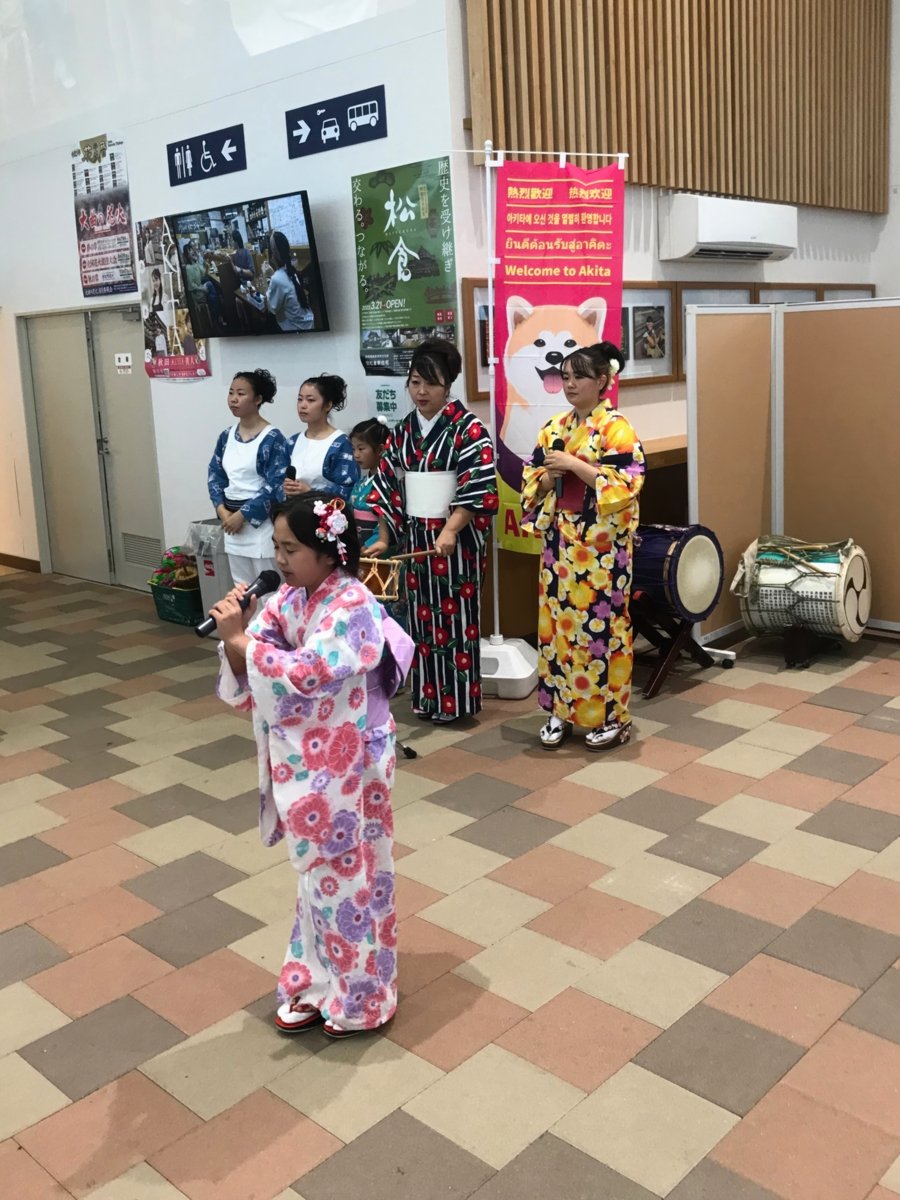
A school musical group greeted us a be disembarked from the ship in Sakaiminato port.
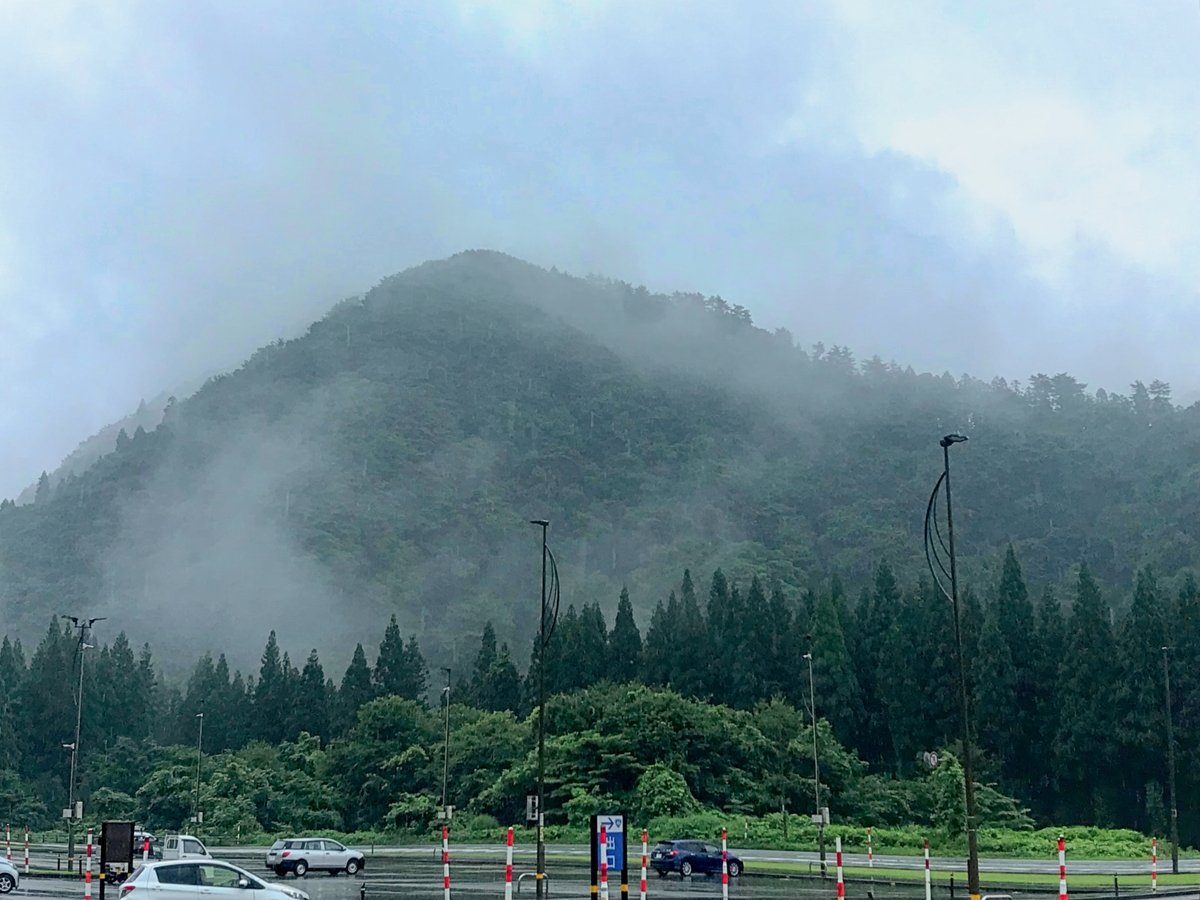
View from a service station en route to the Adachi Museum
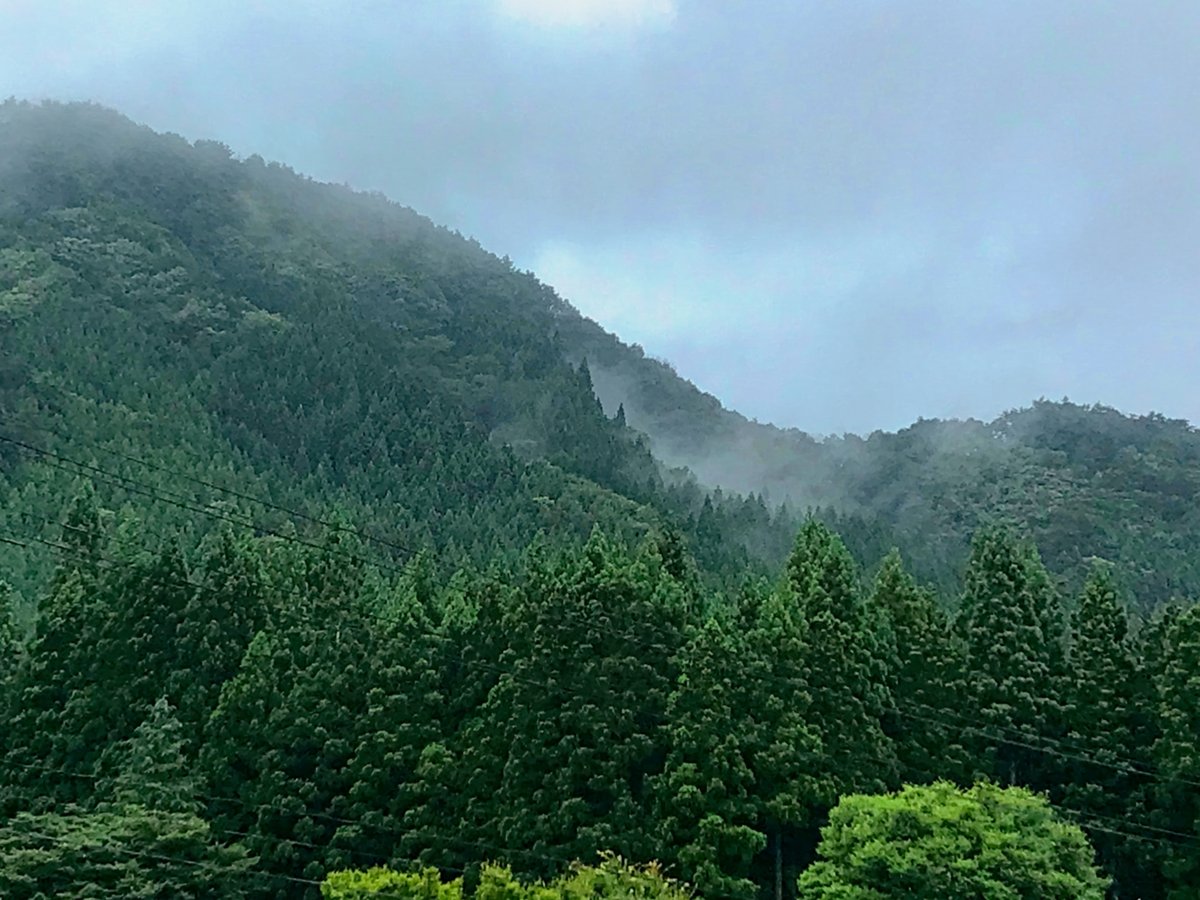
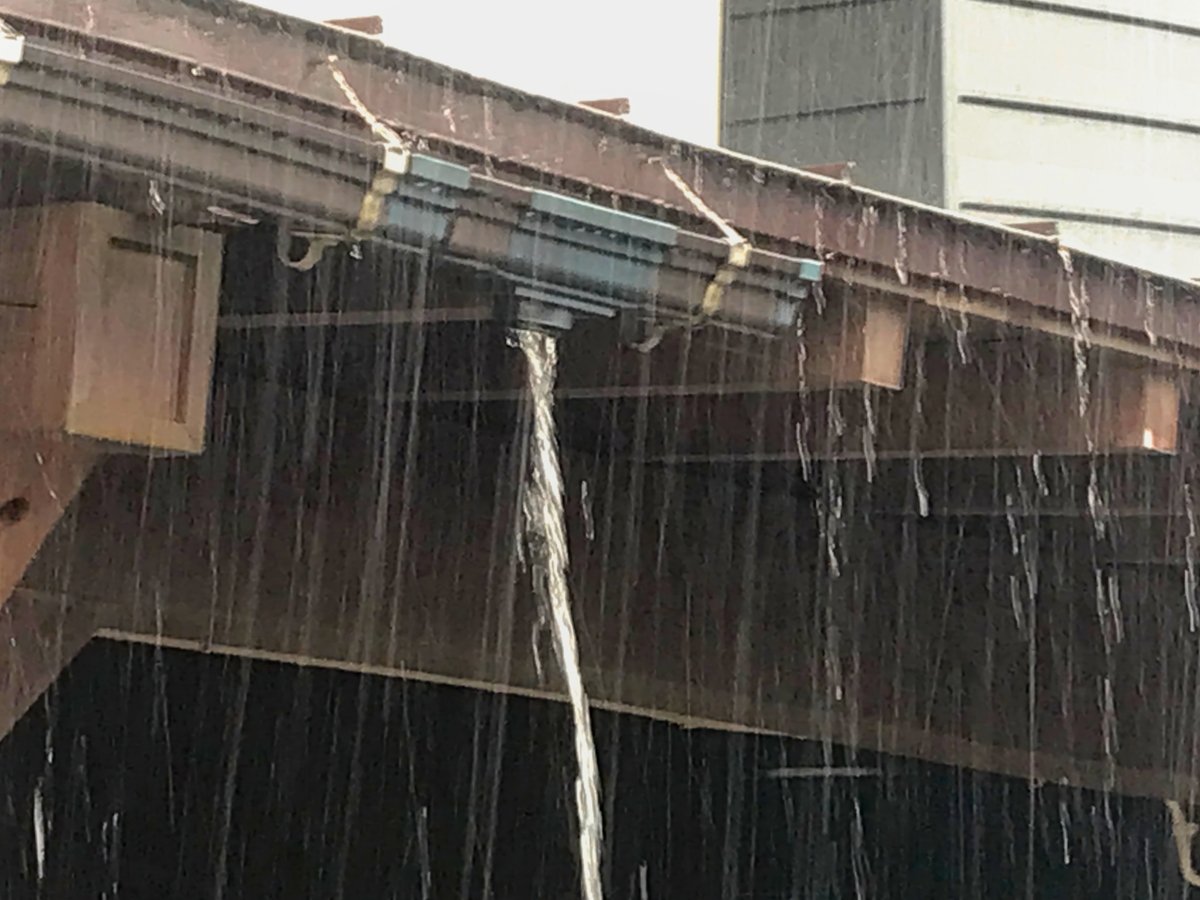
It rained!

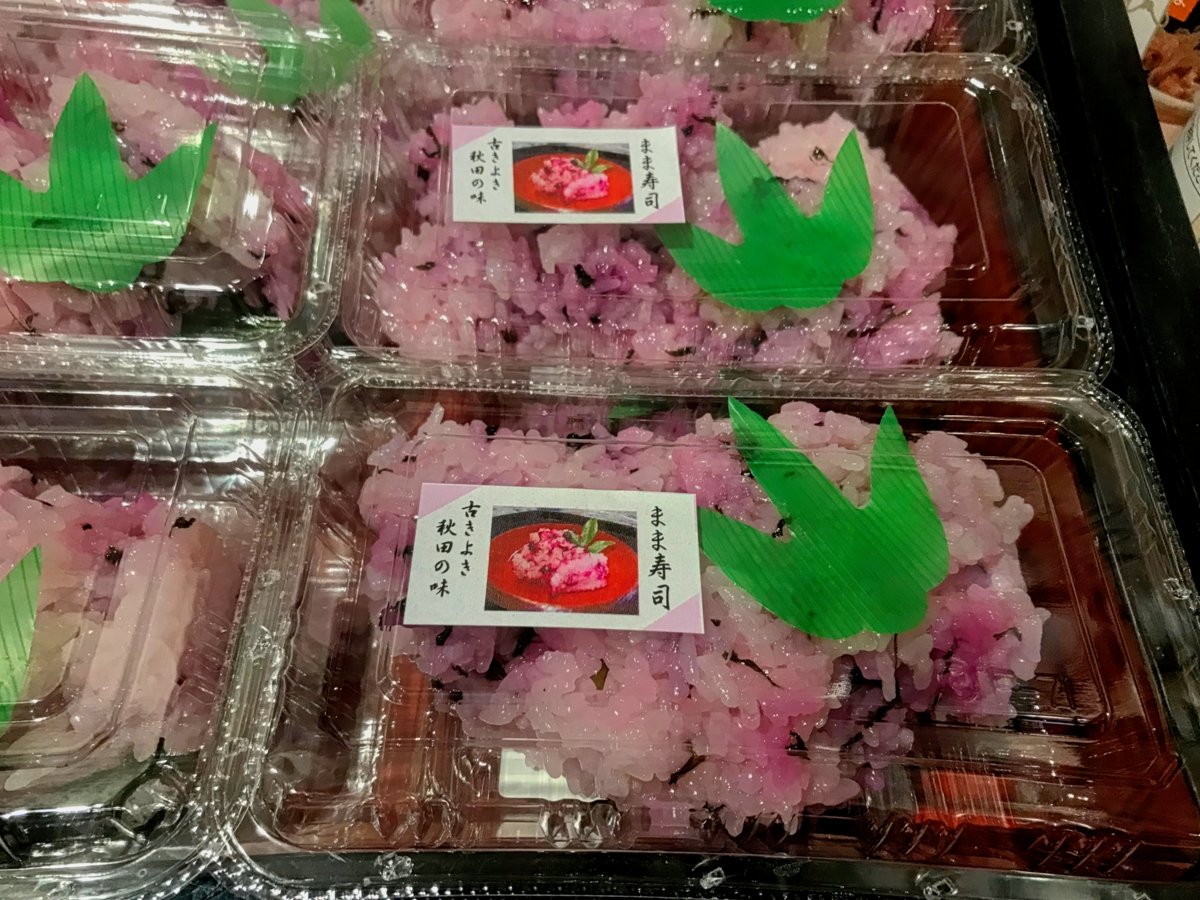
Display of octopus.
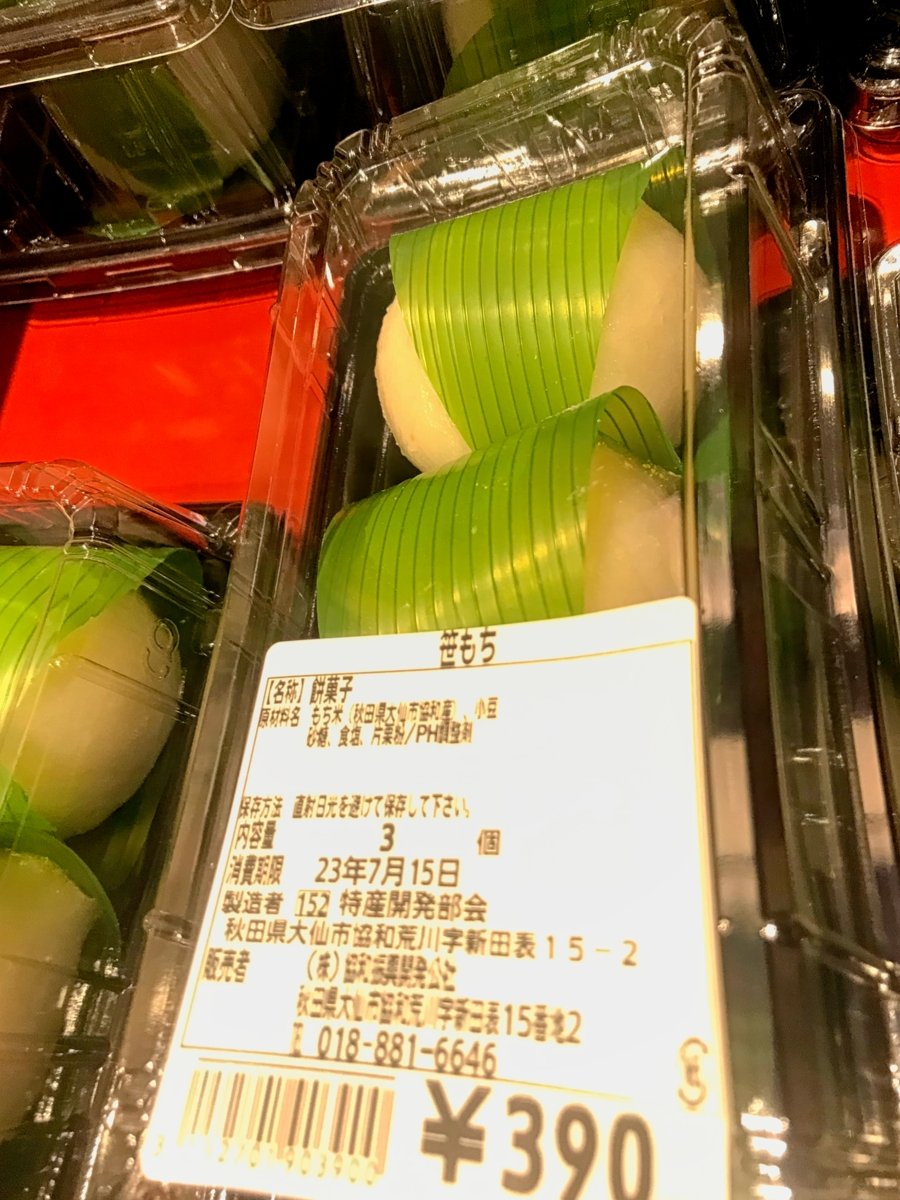
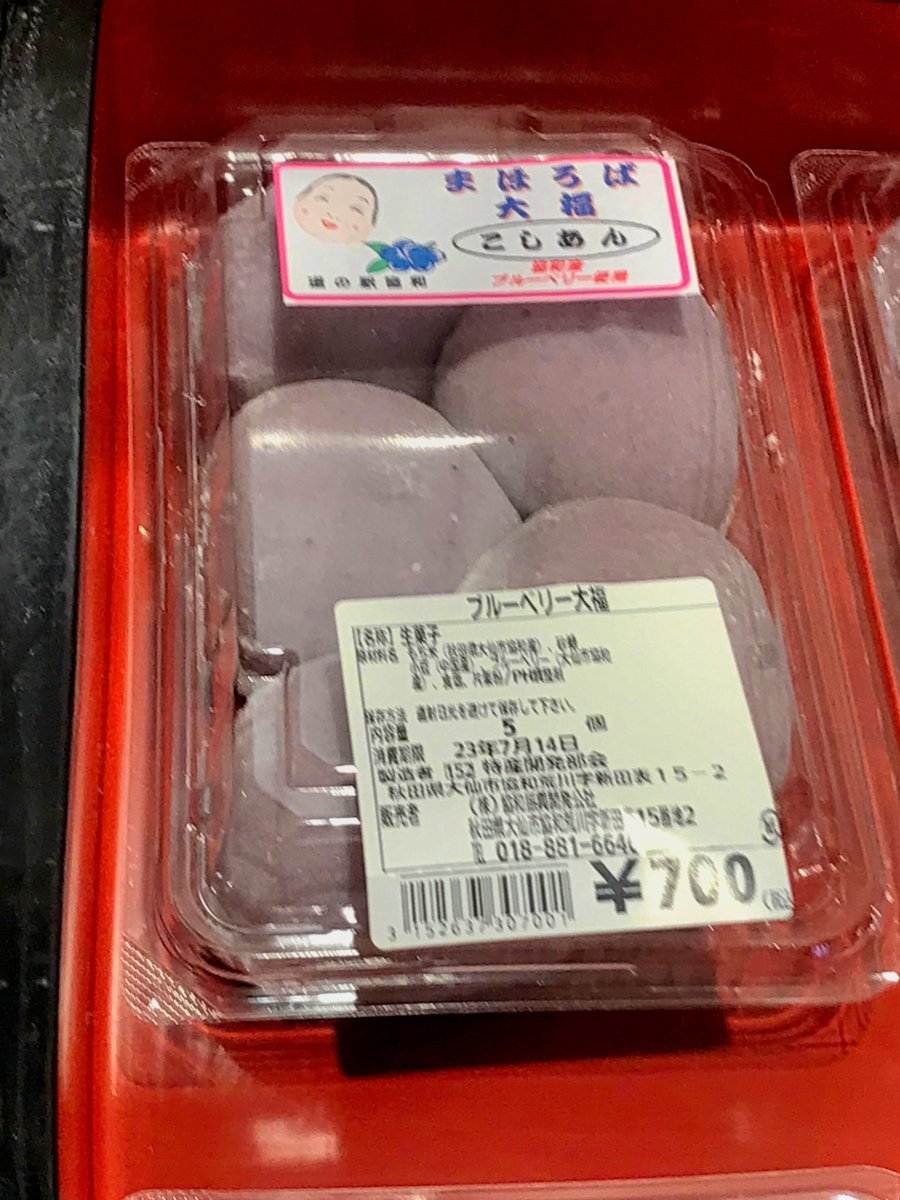
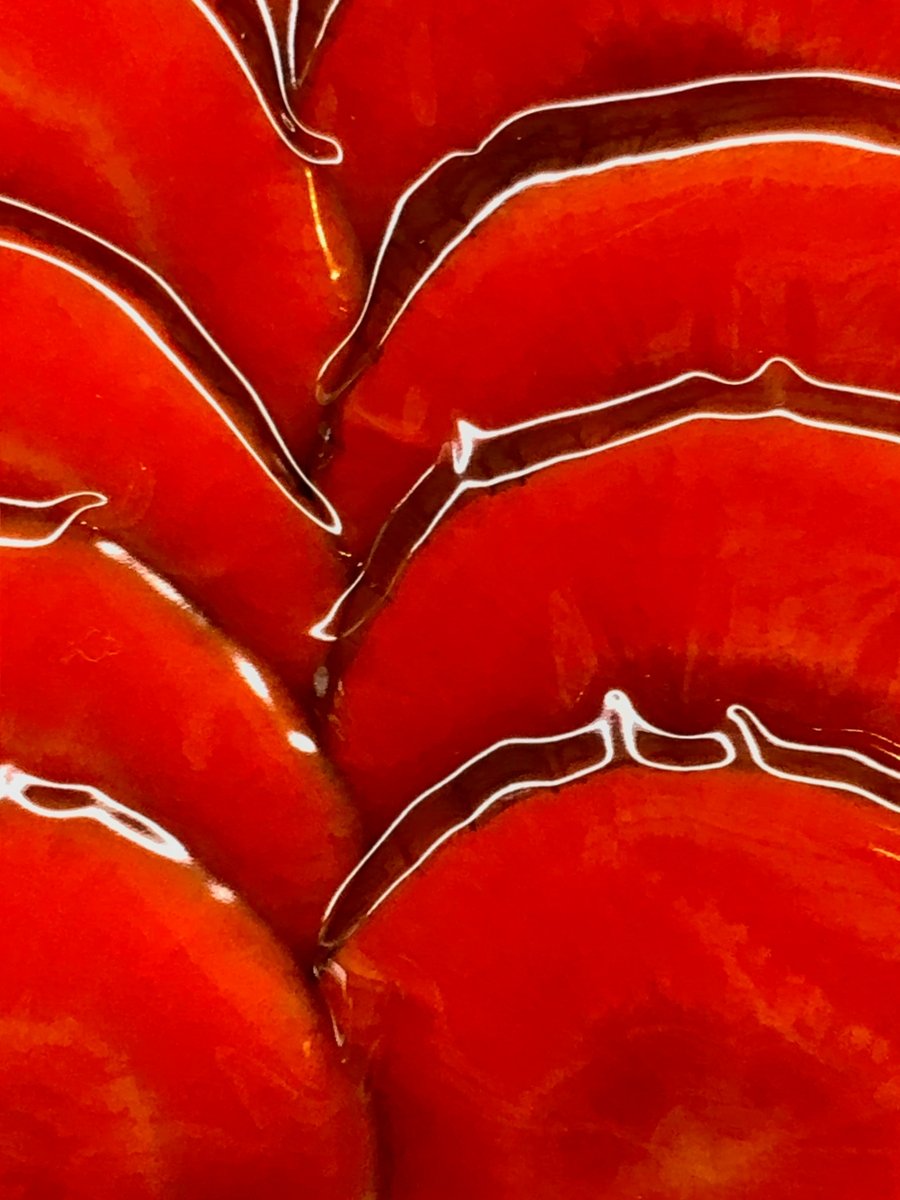
Beetroot.
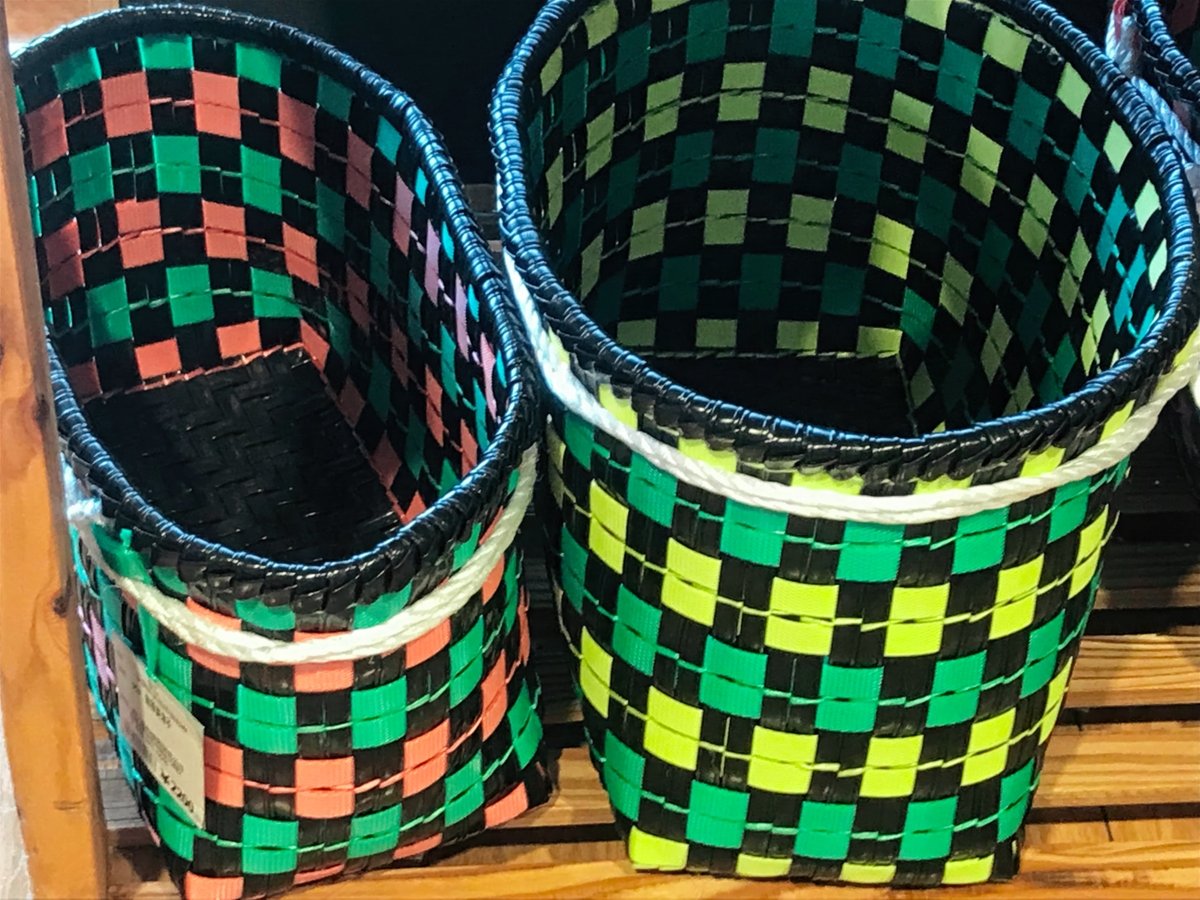
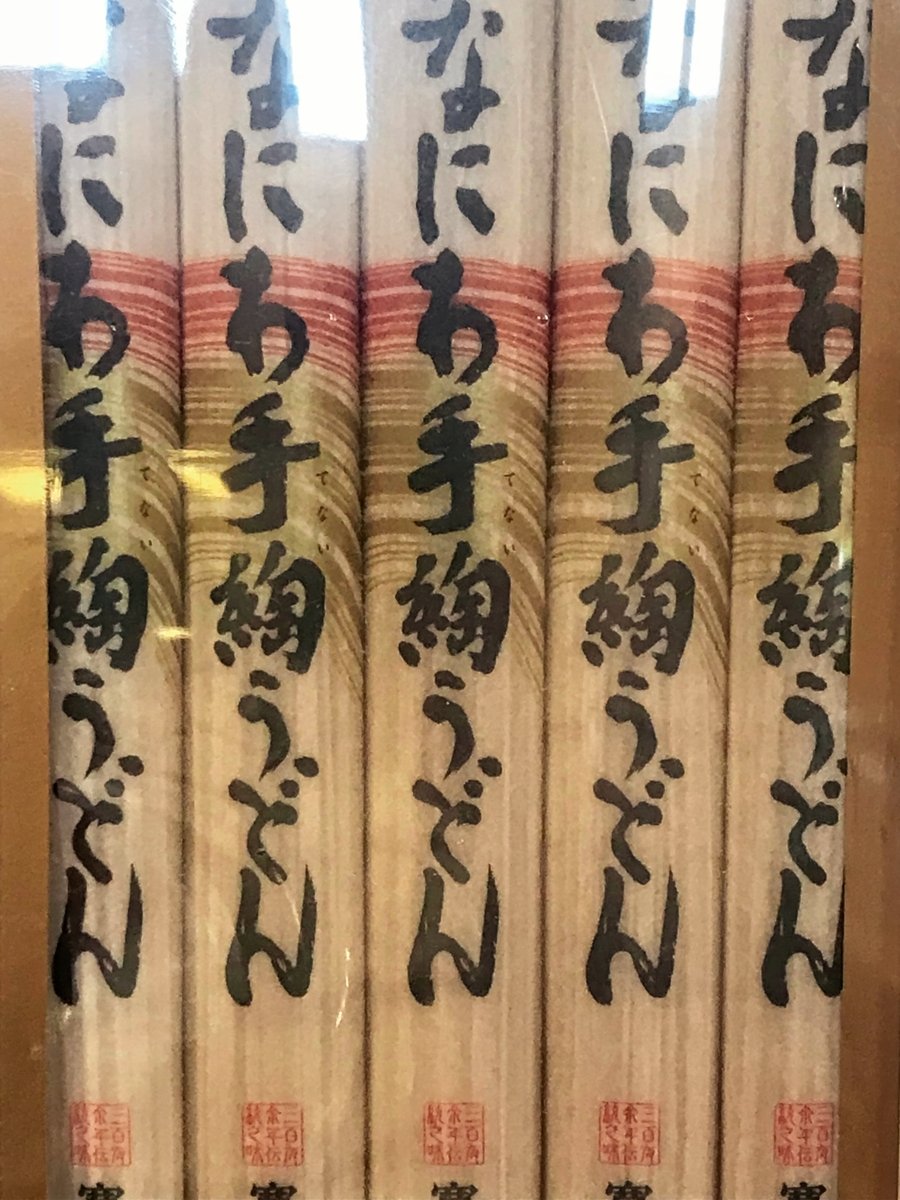
Noodles
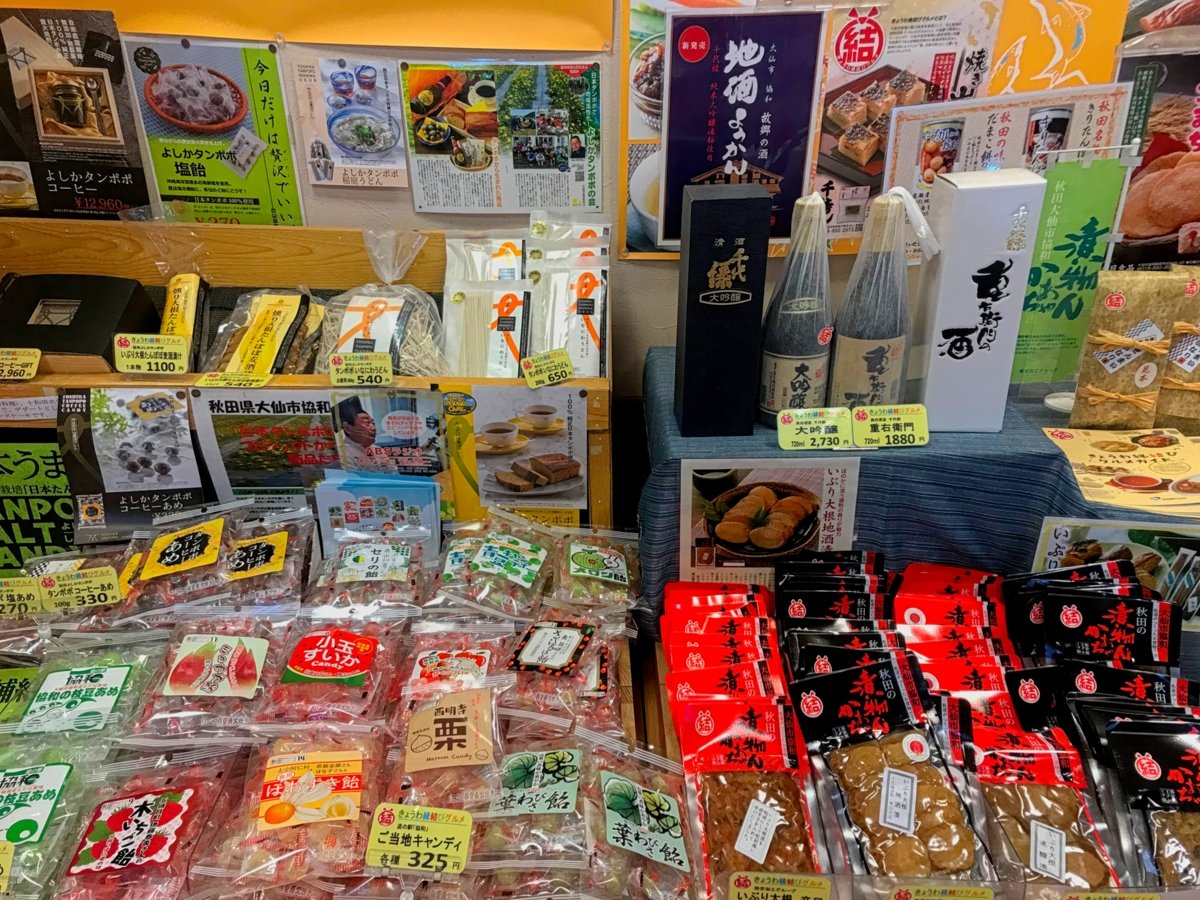
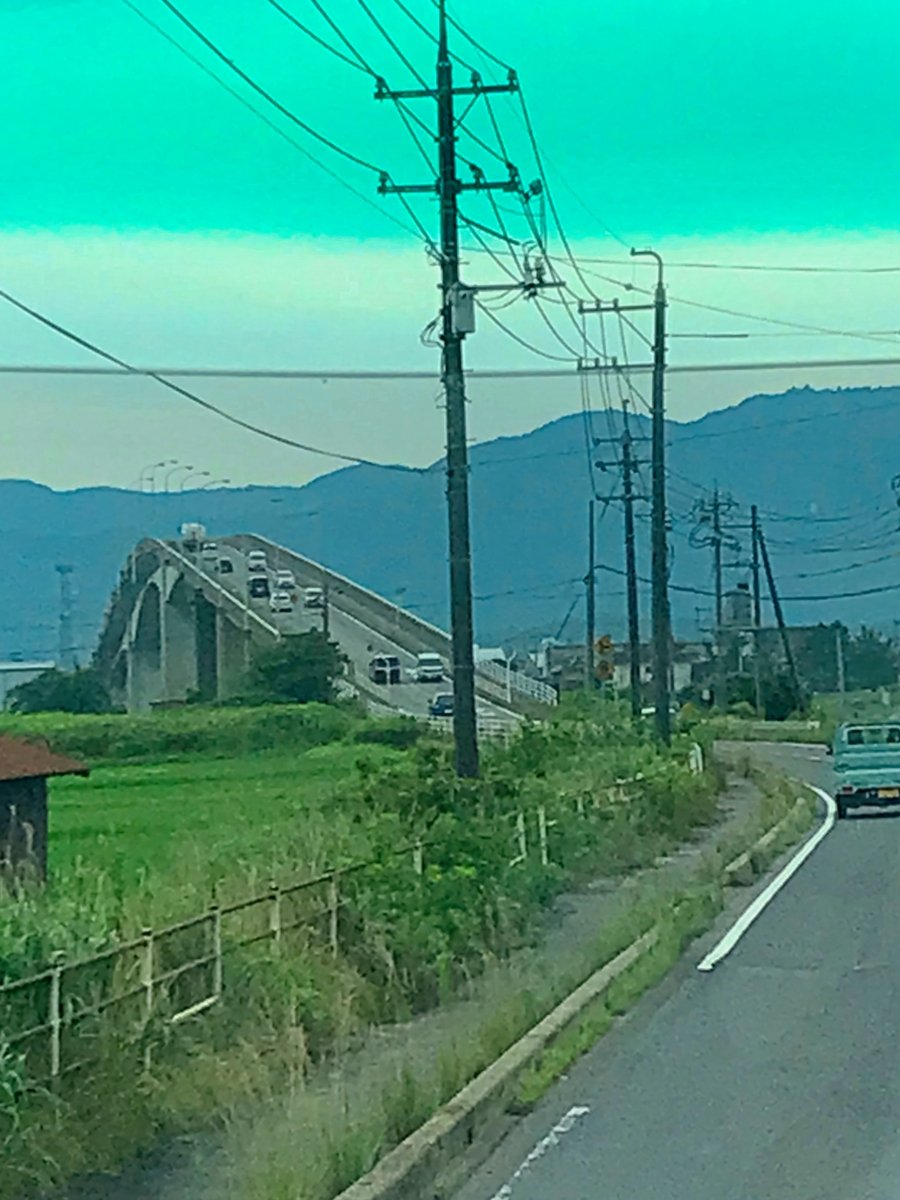
A rather steep bridge crosses the lagoon near the port.

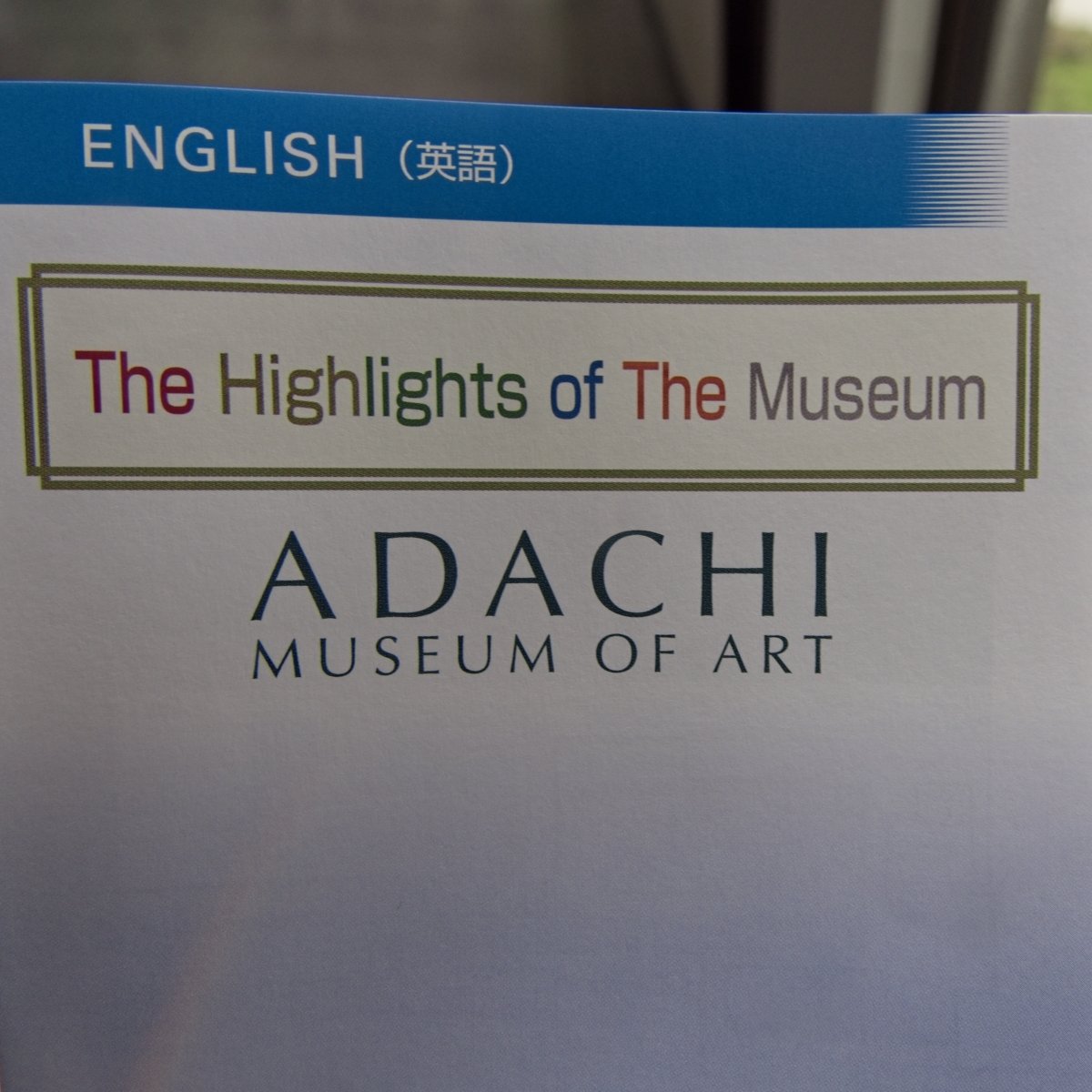

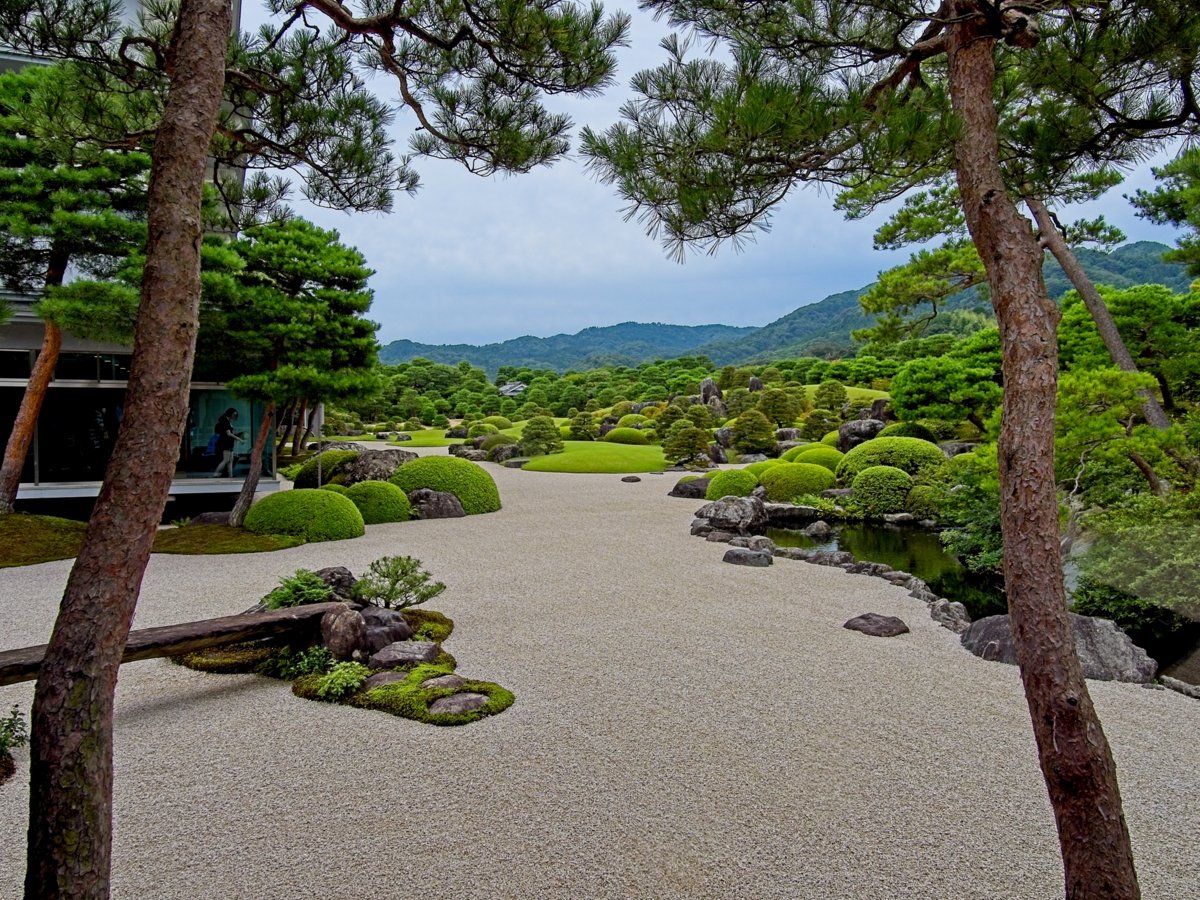
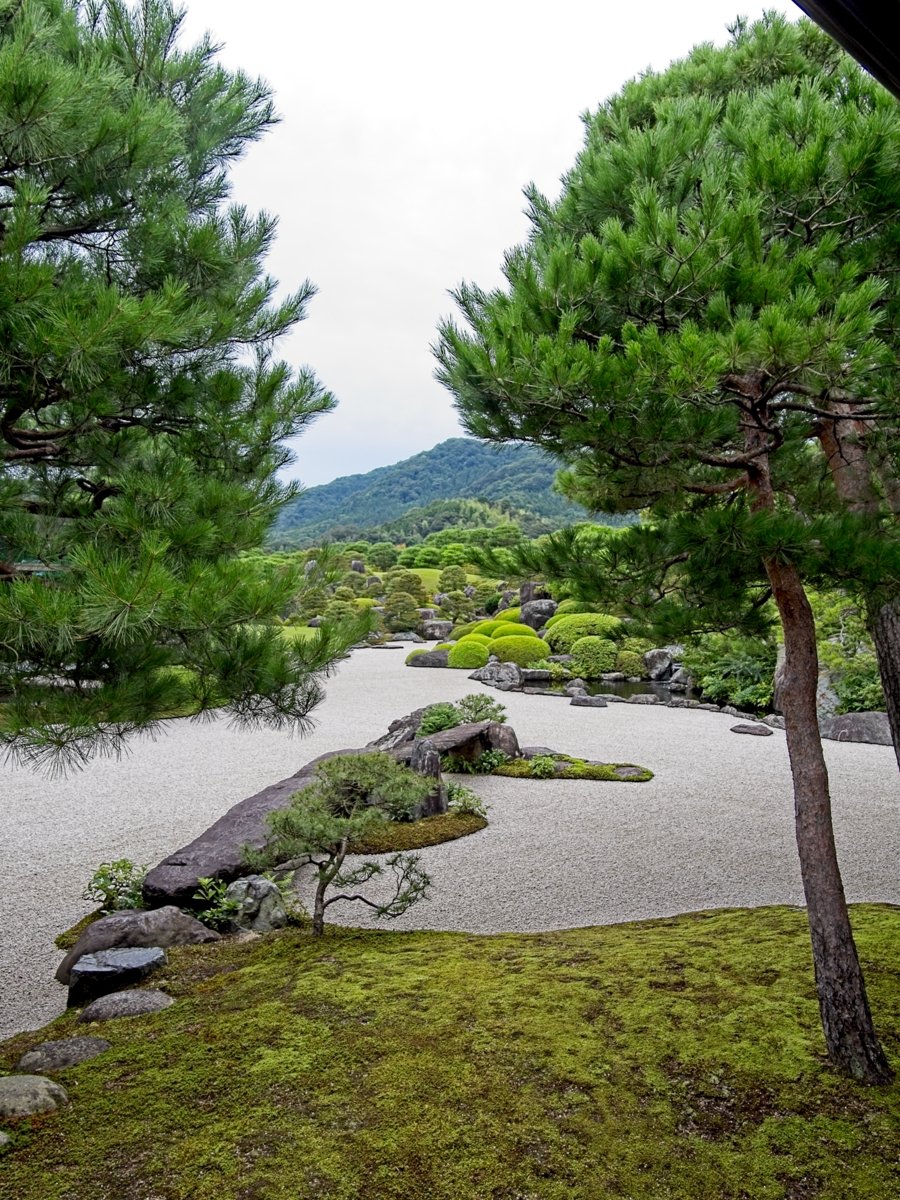

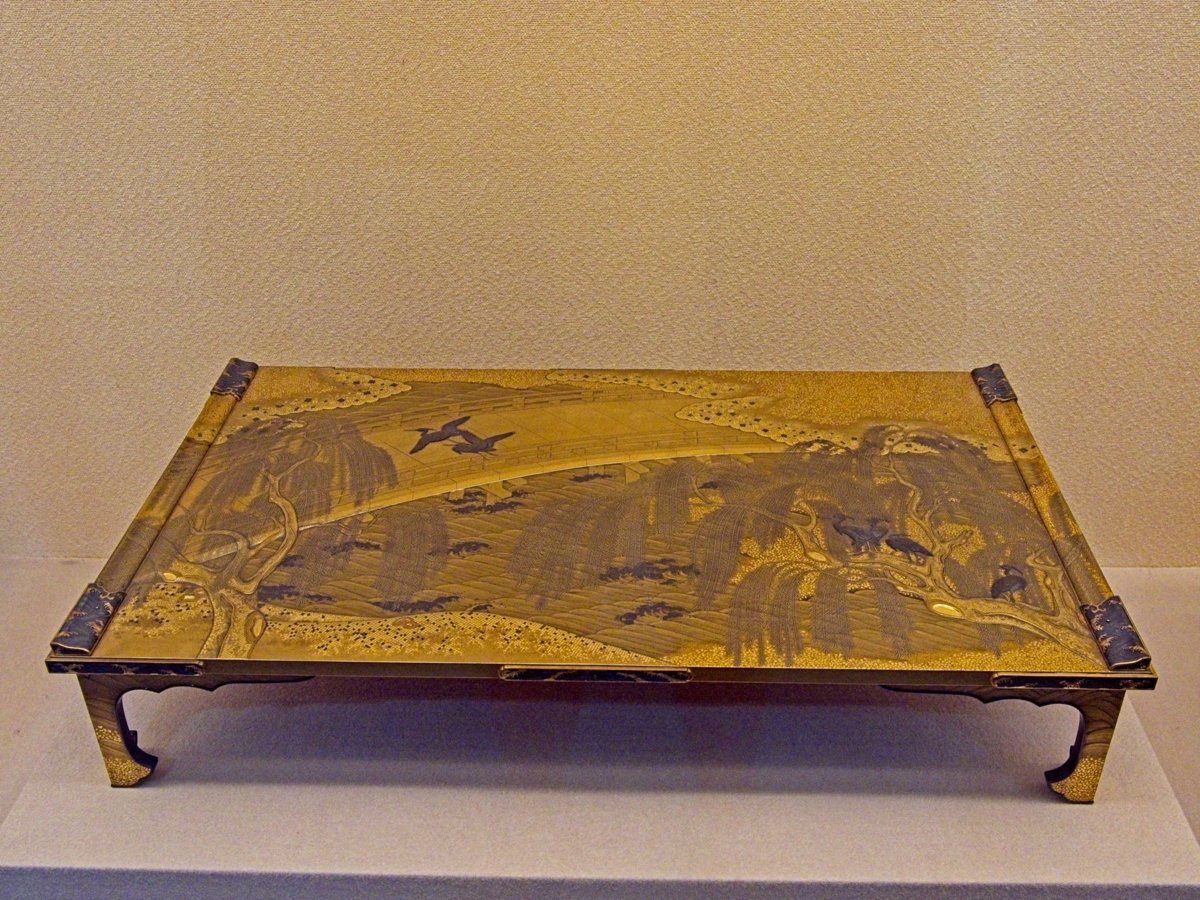
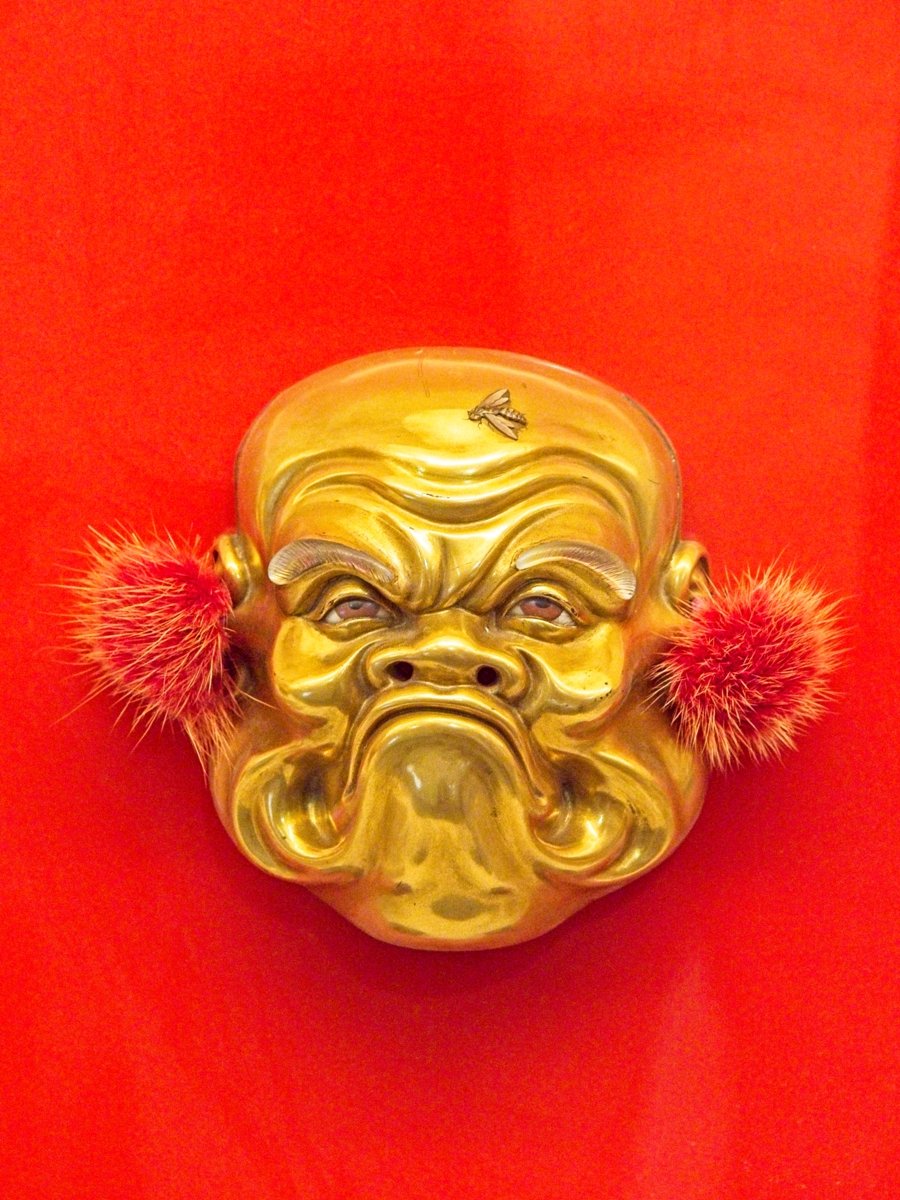

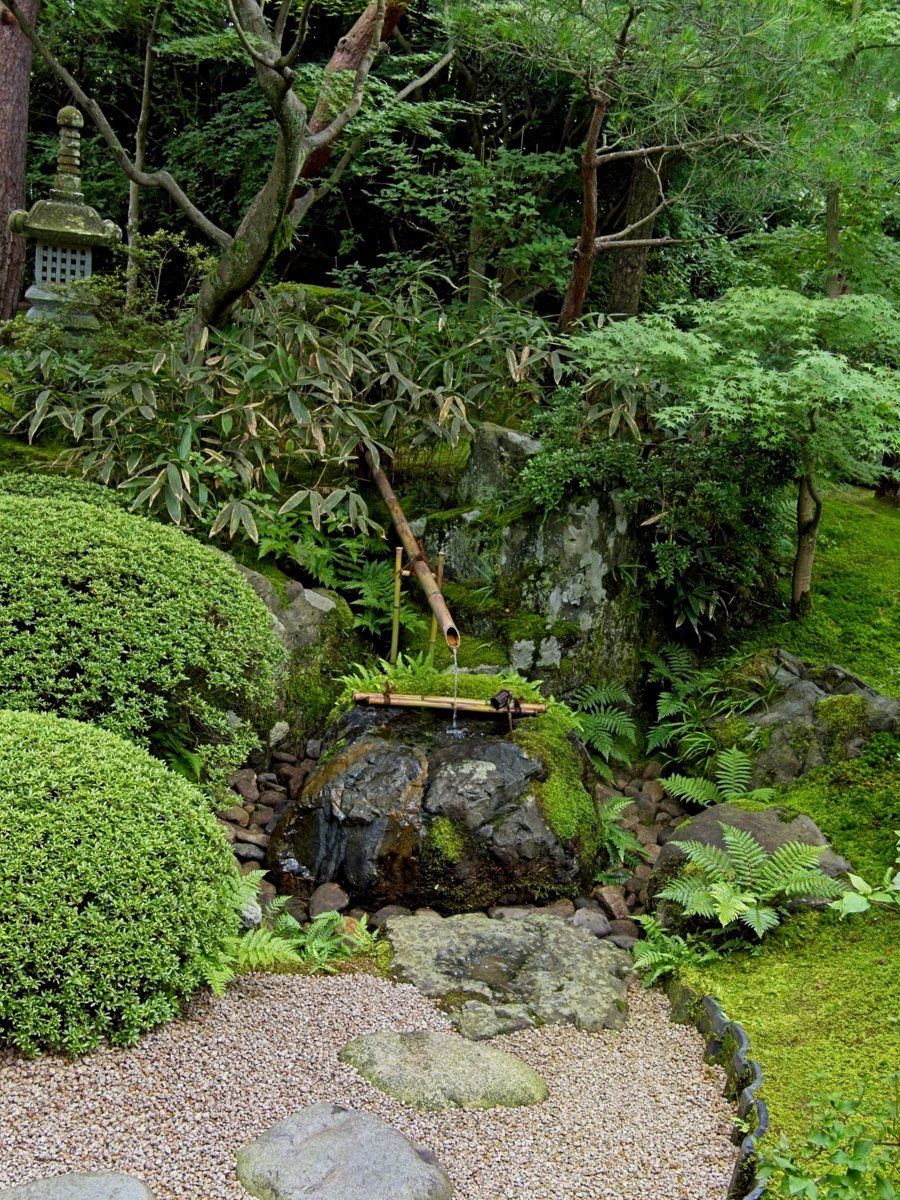

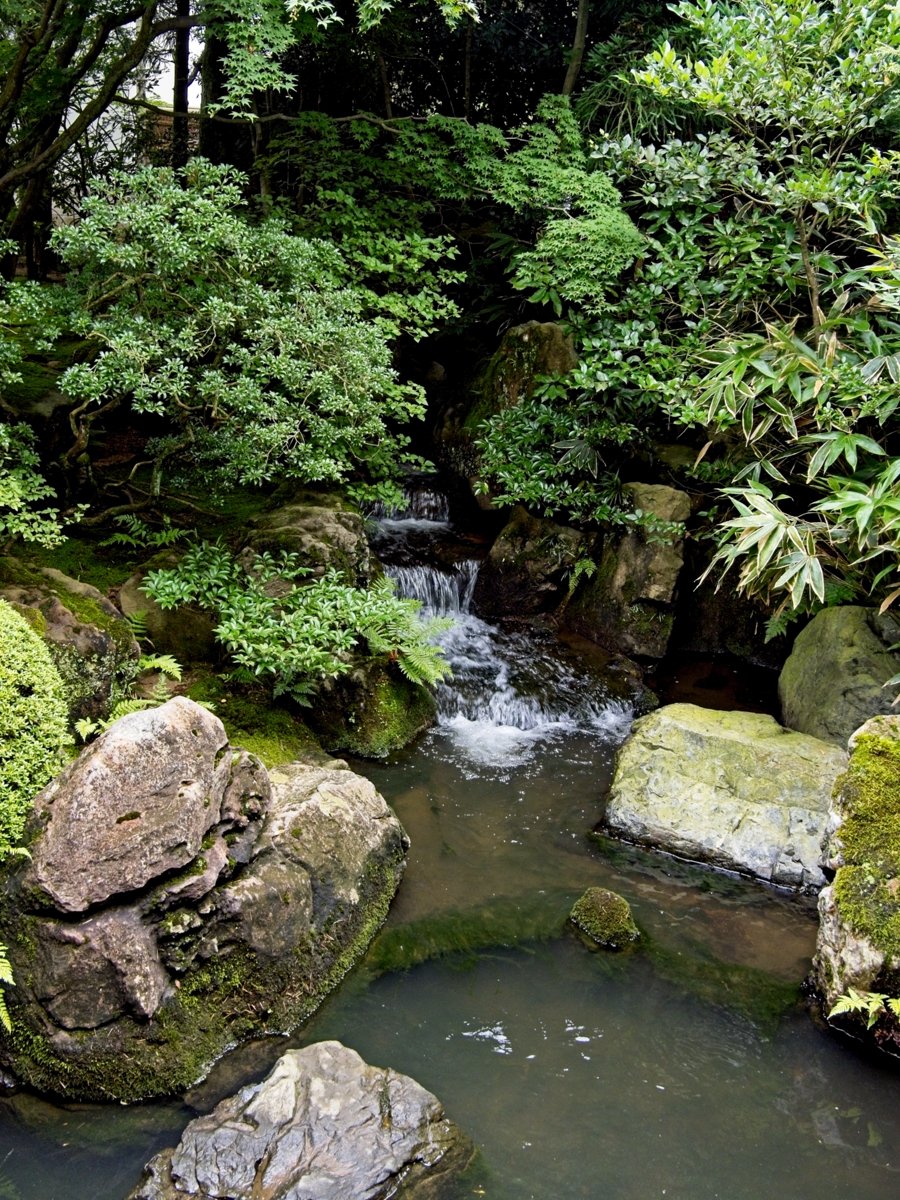


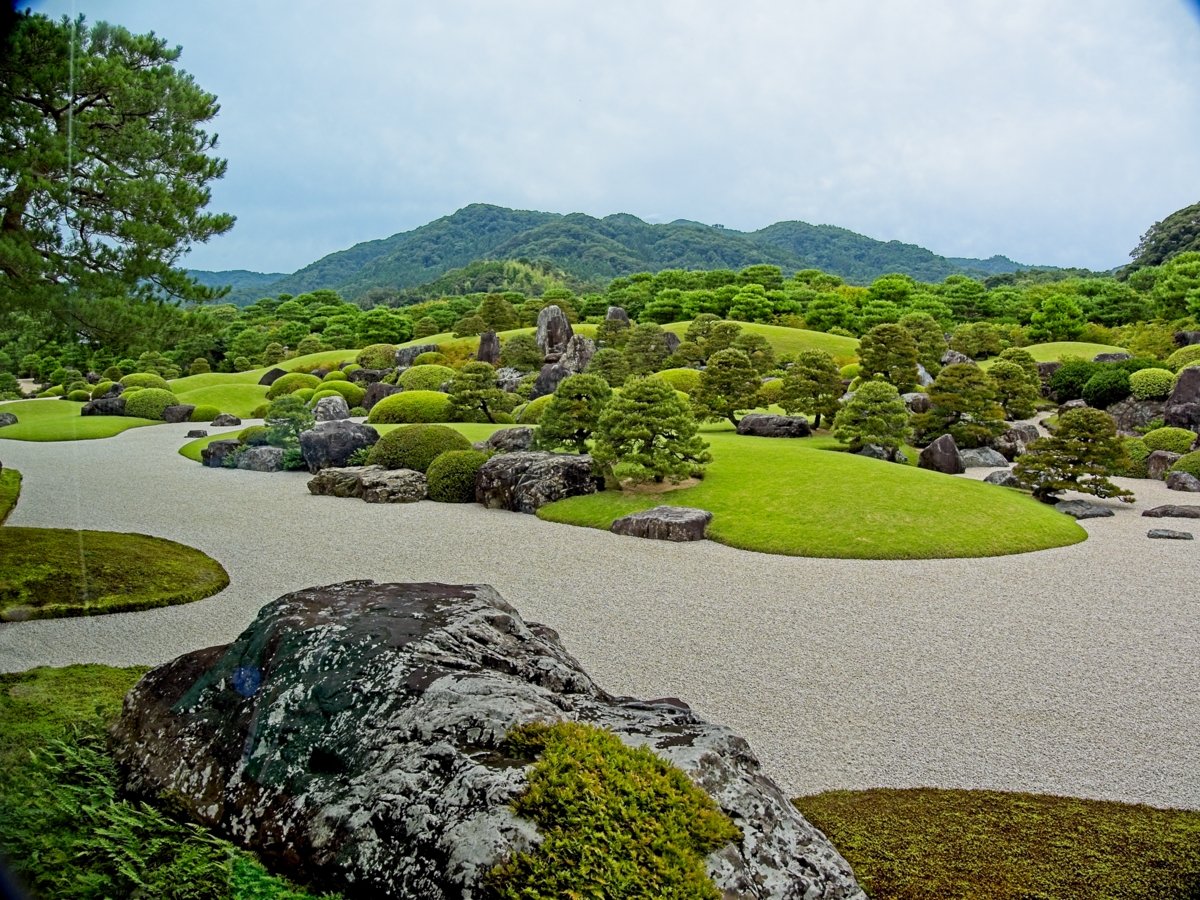
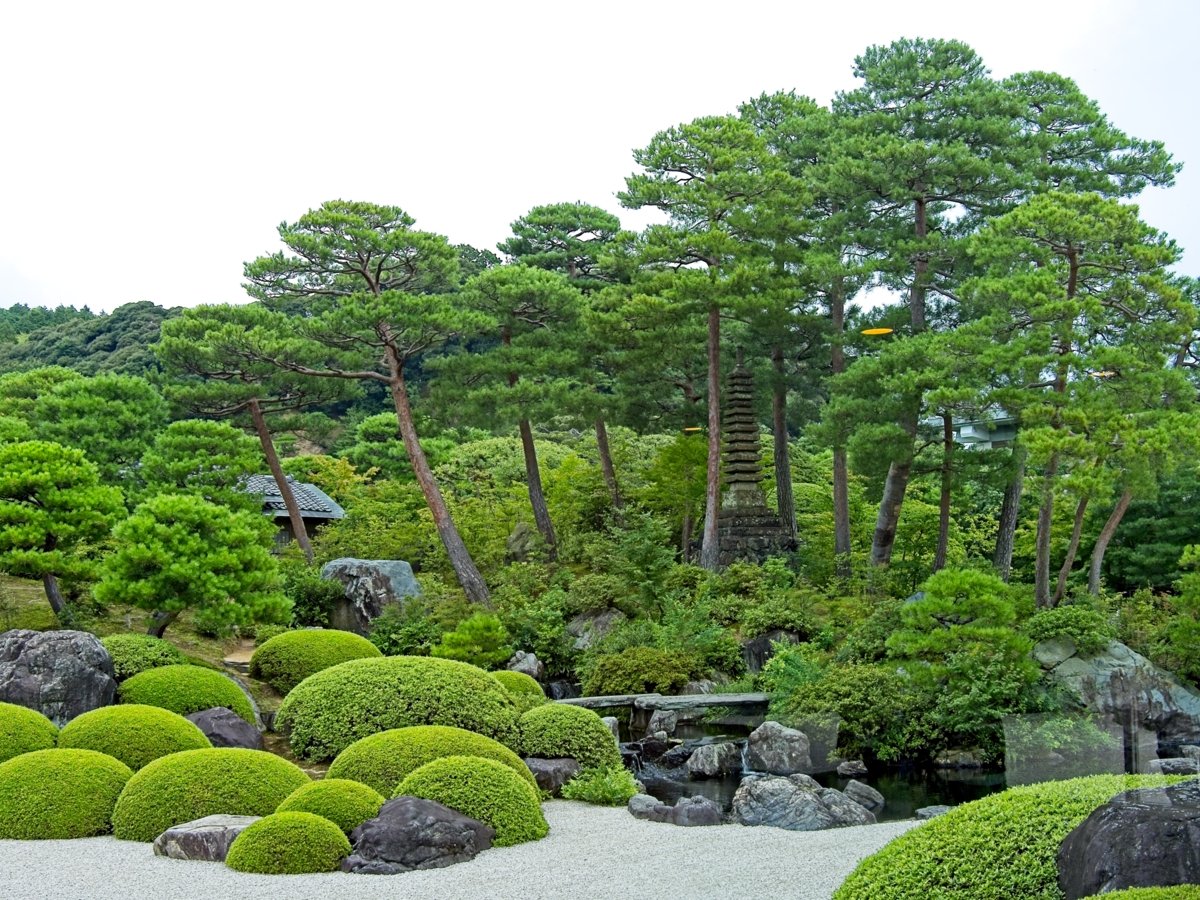


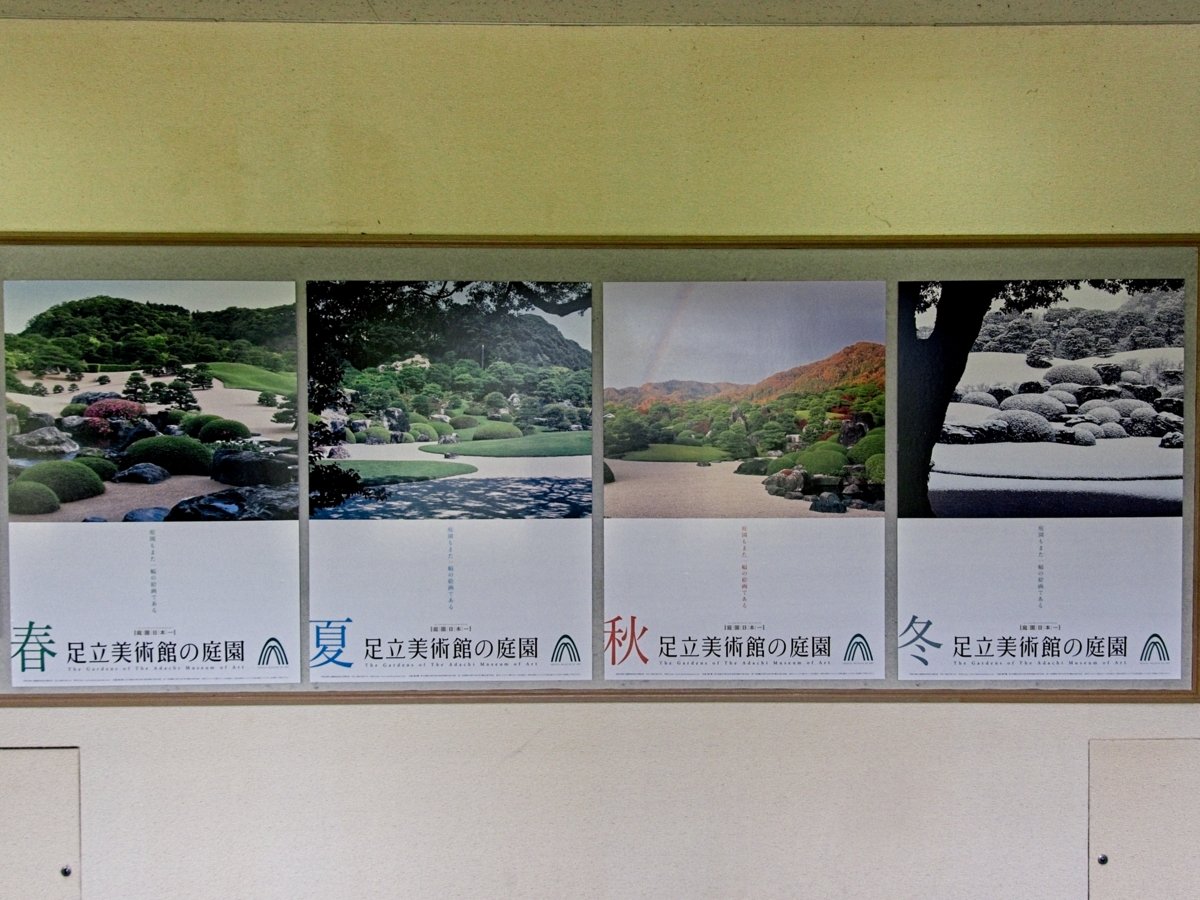



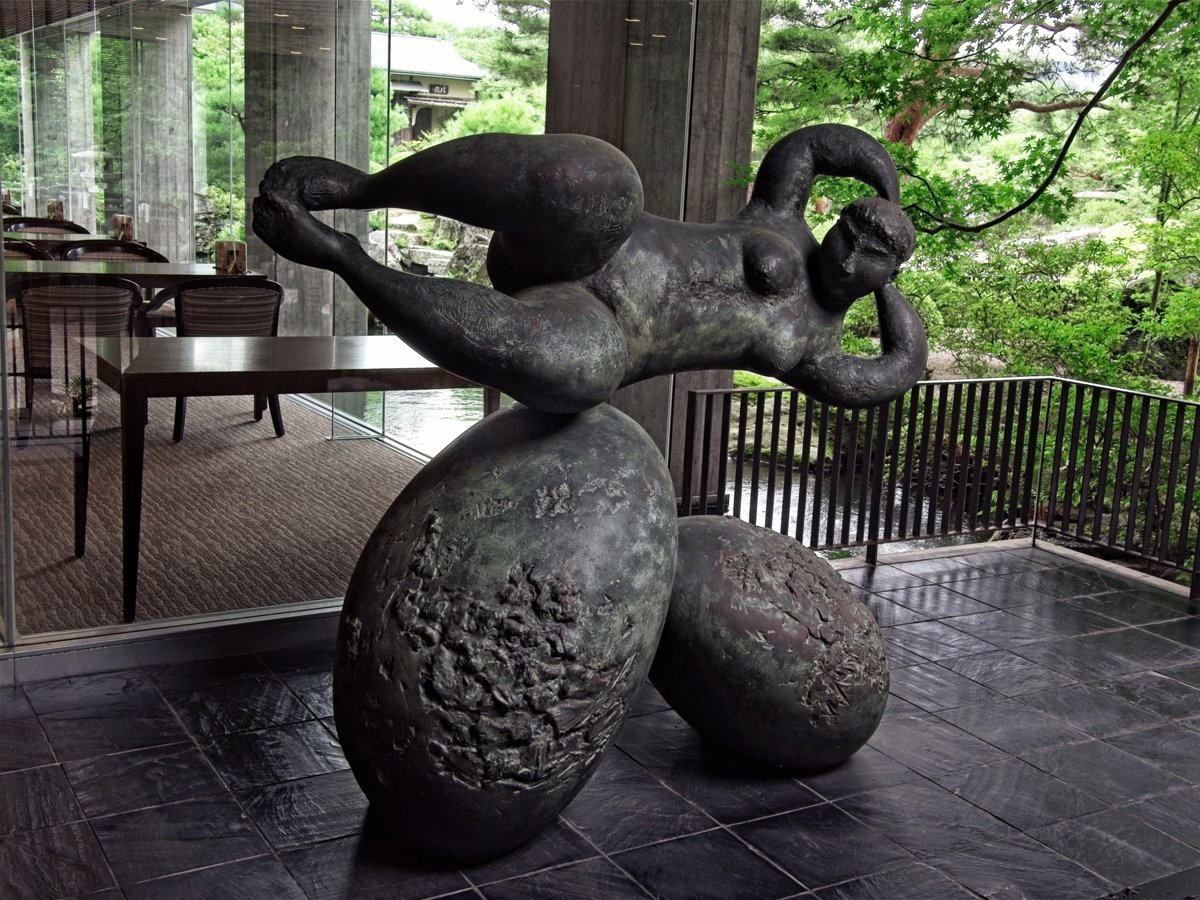
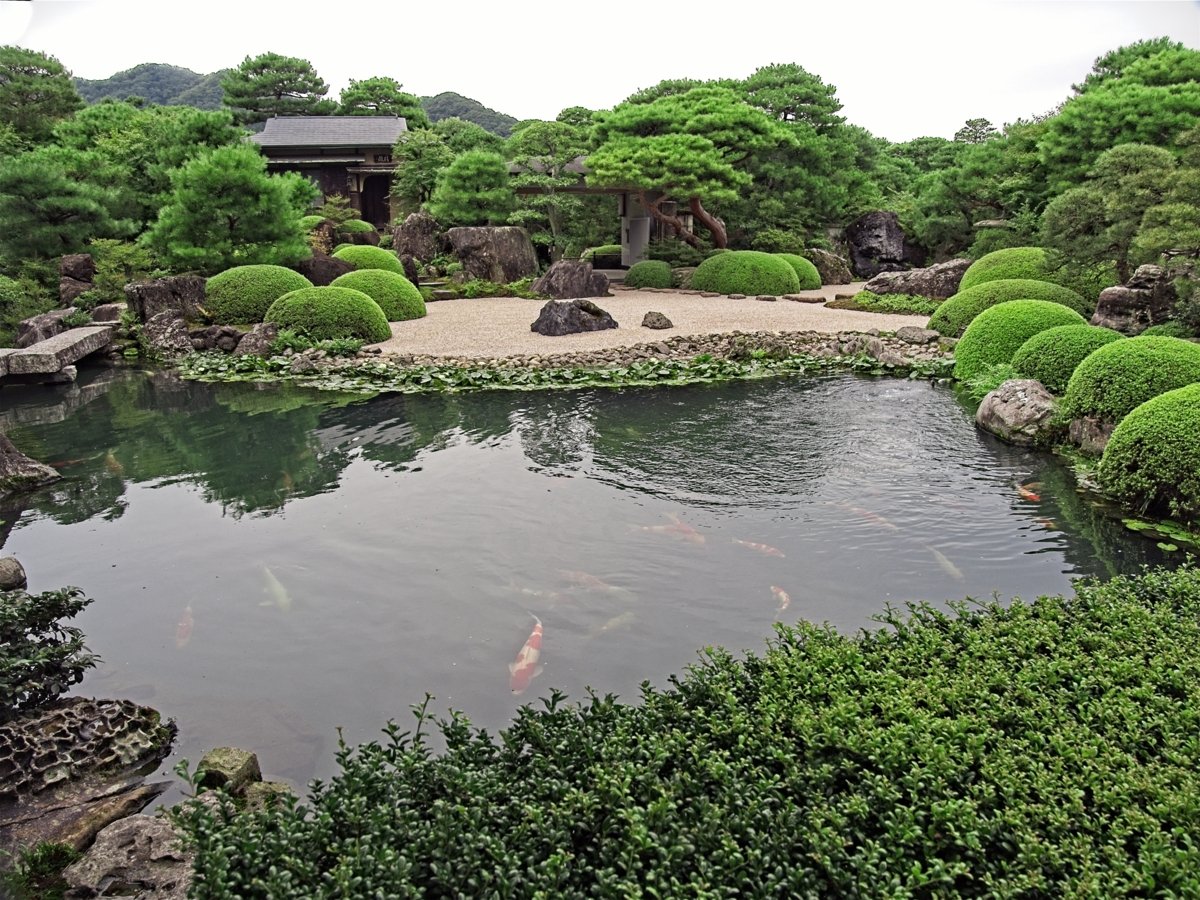
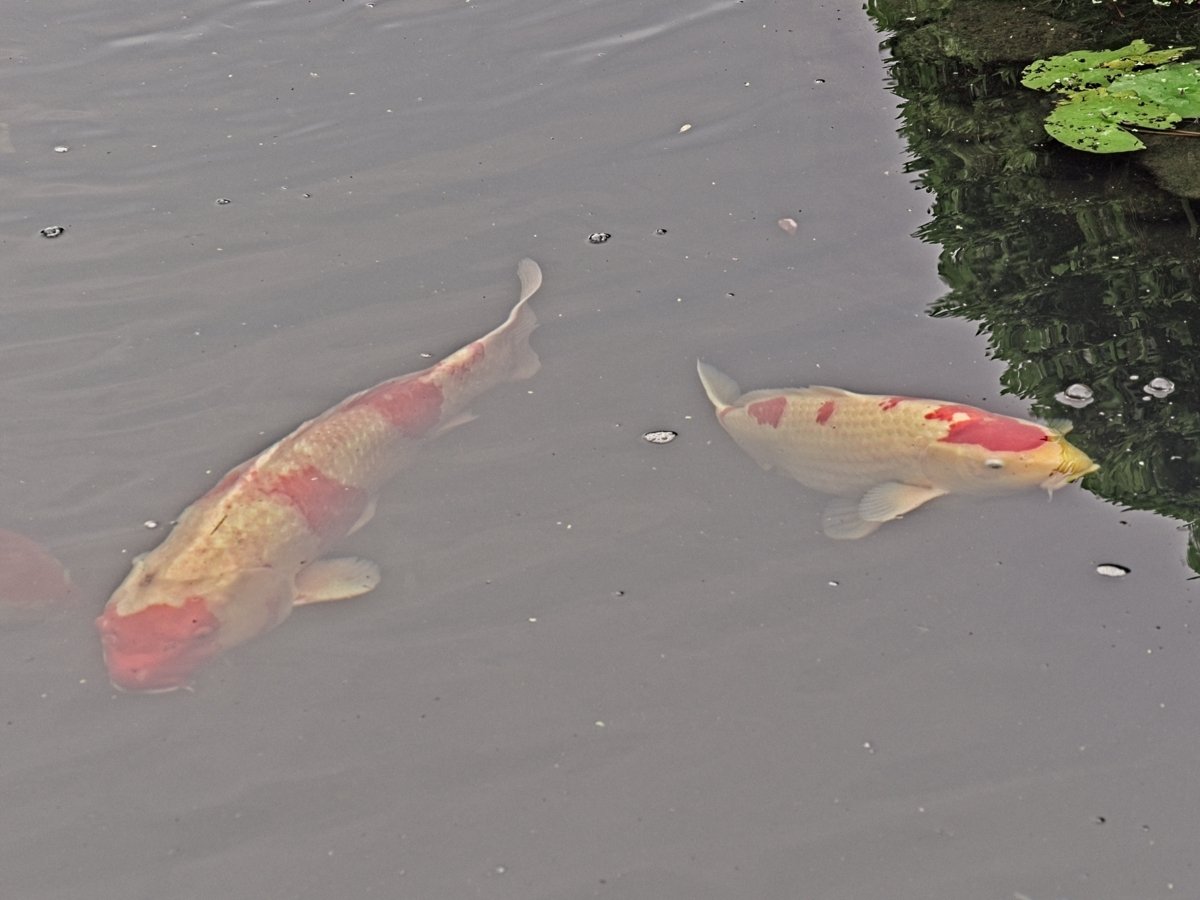

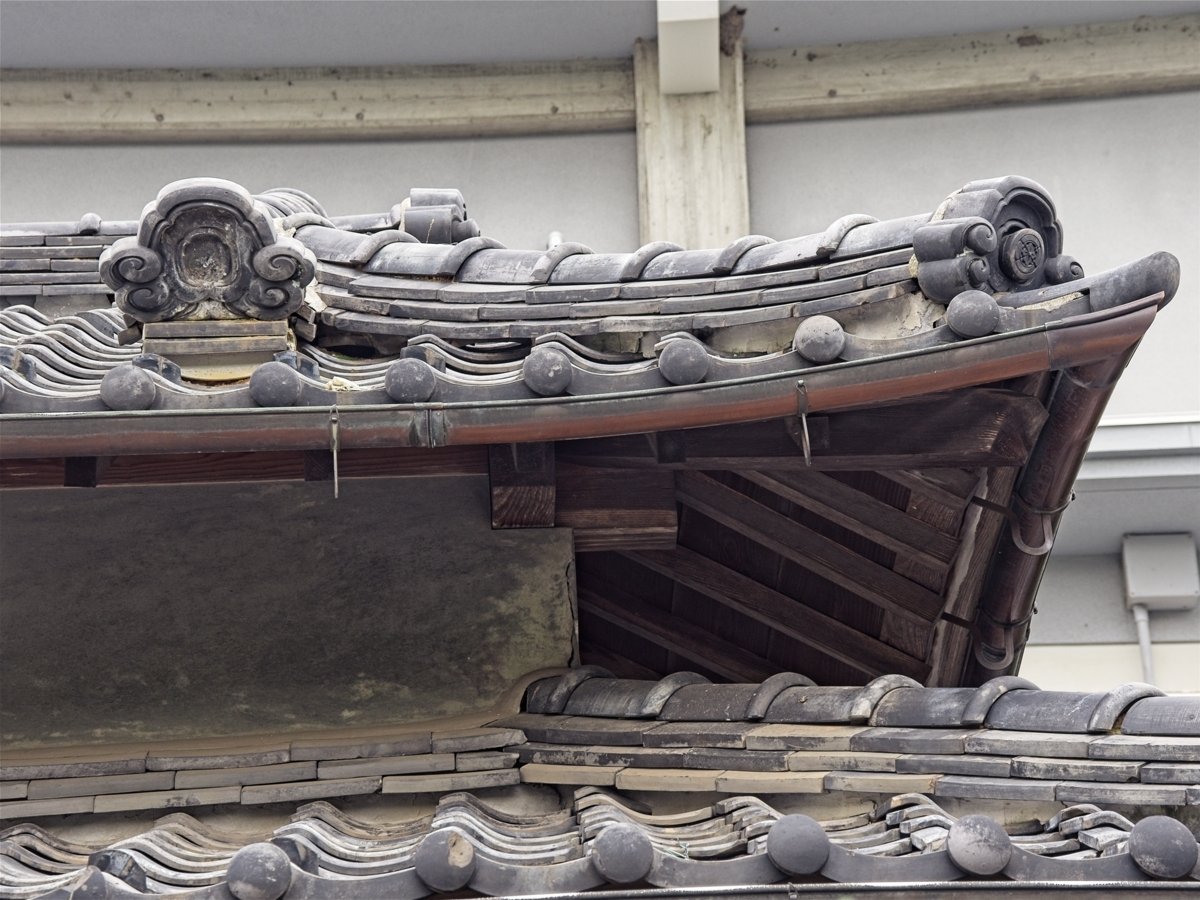
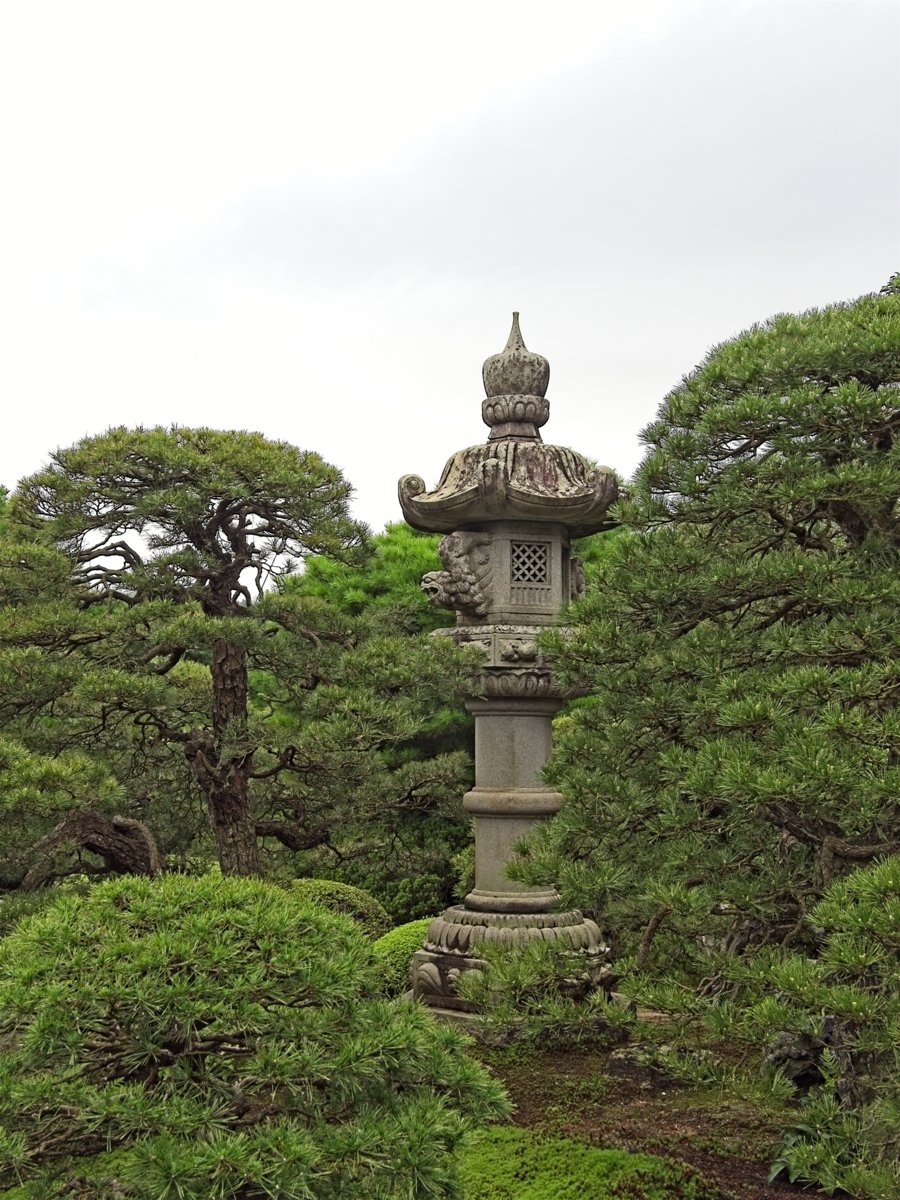

A beautiful hair grip on a visitor.
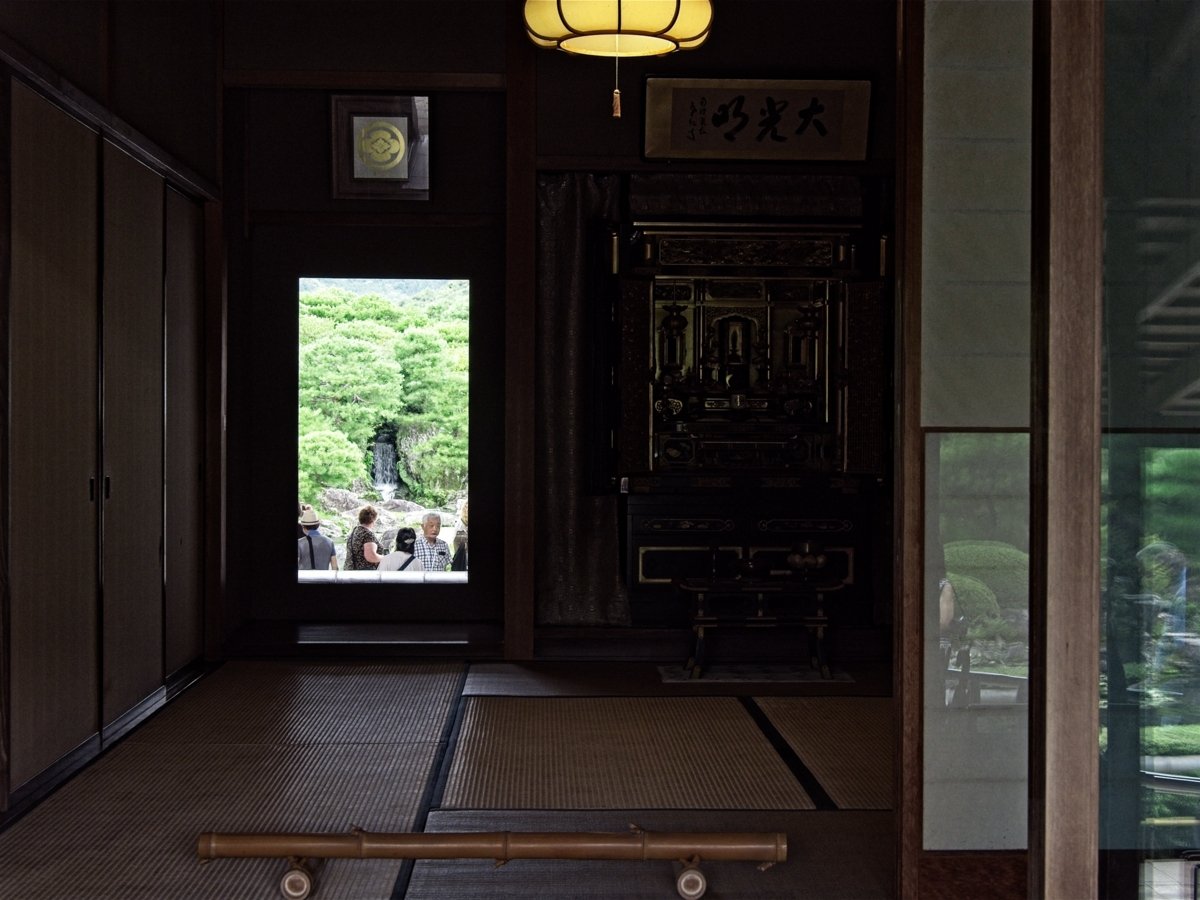

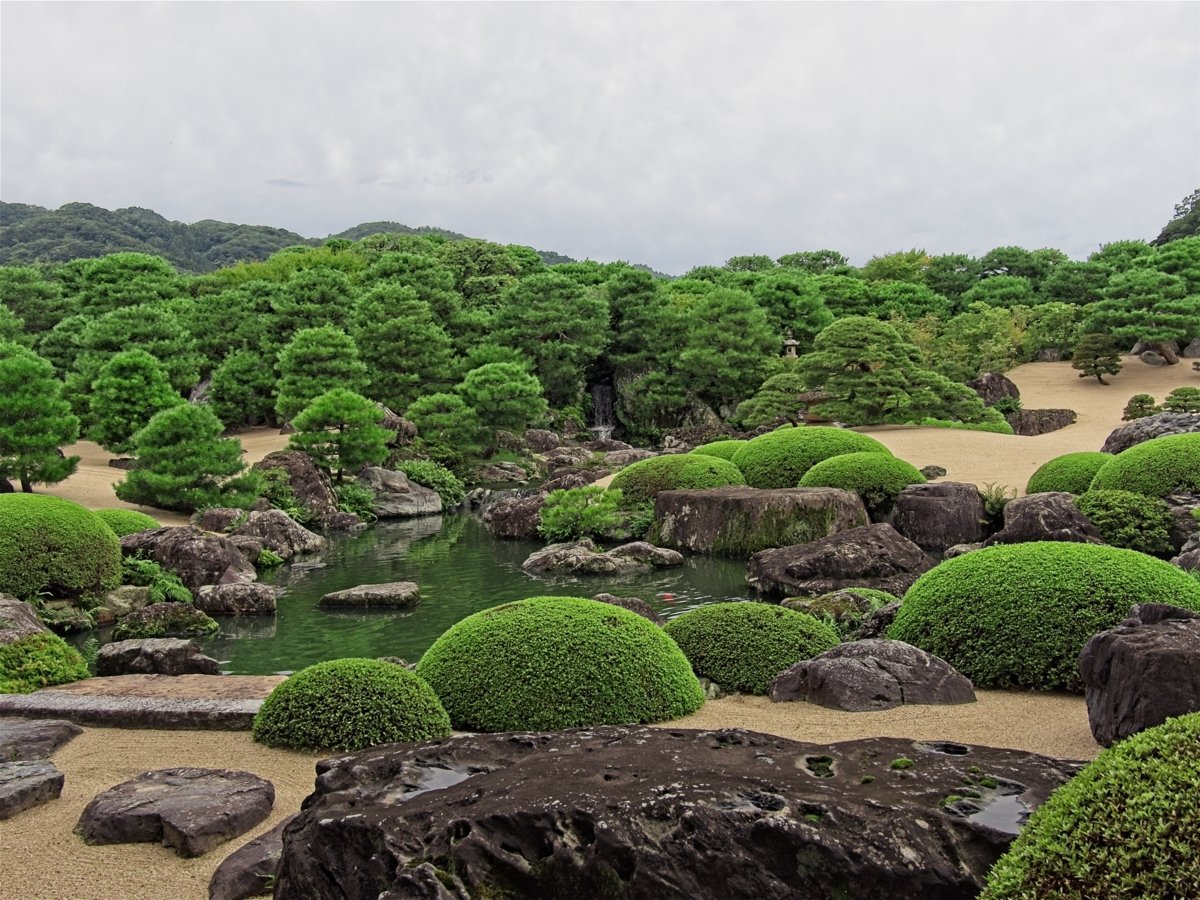
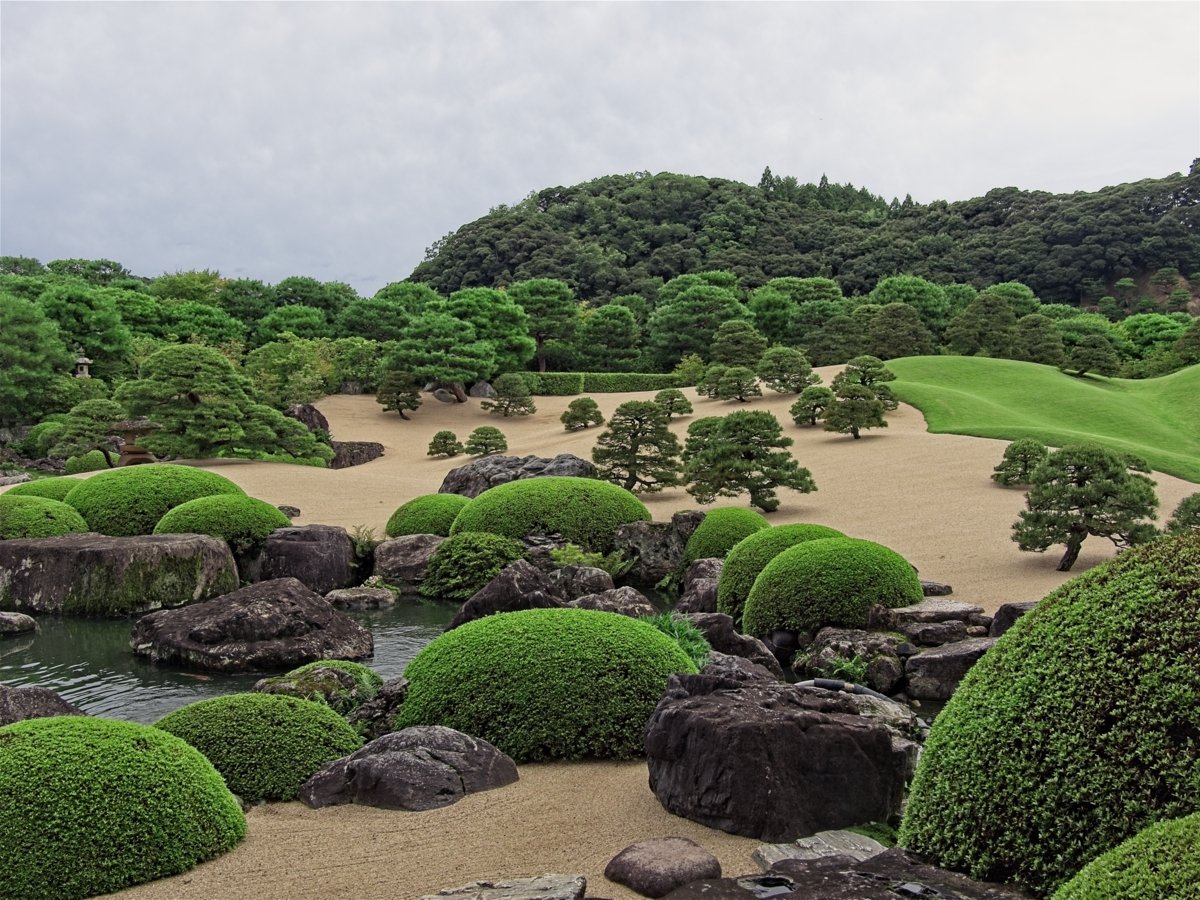
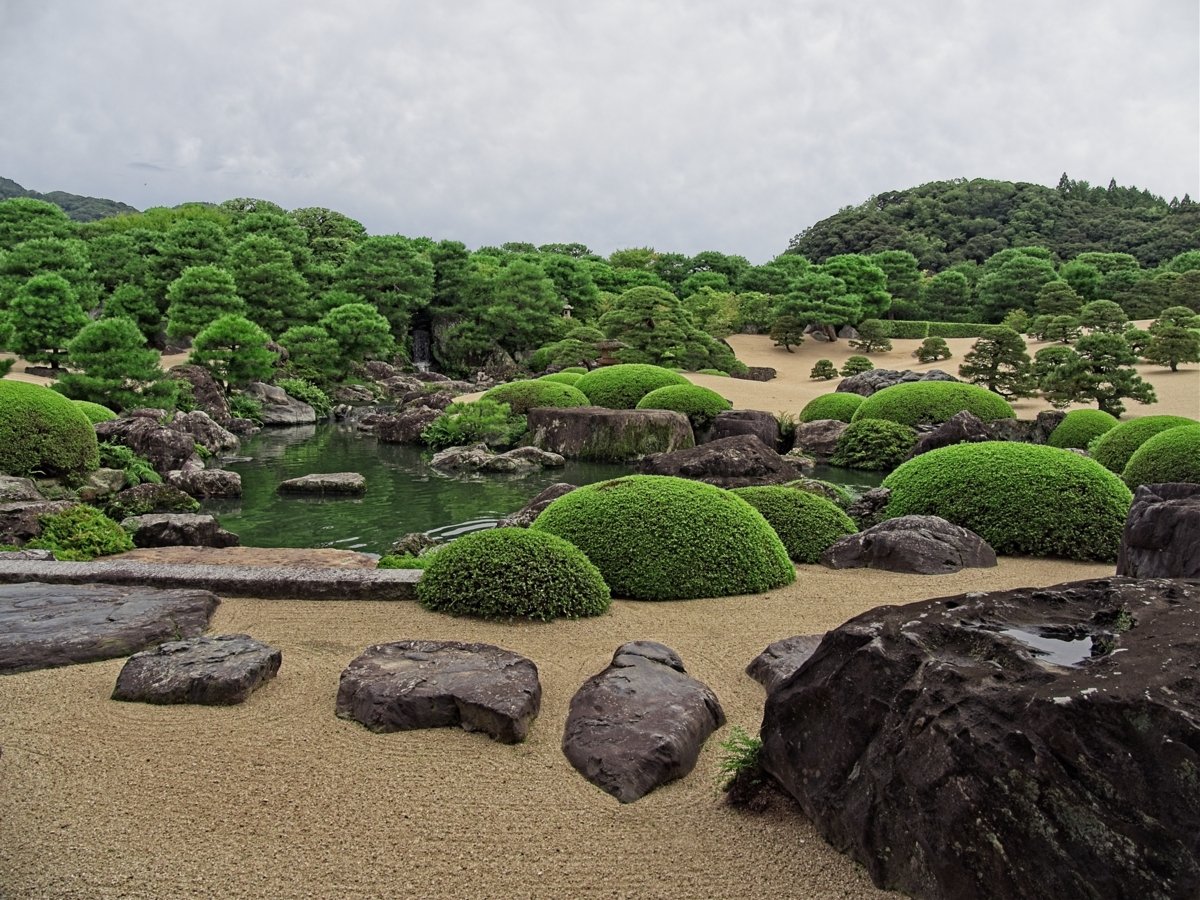
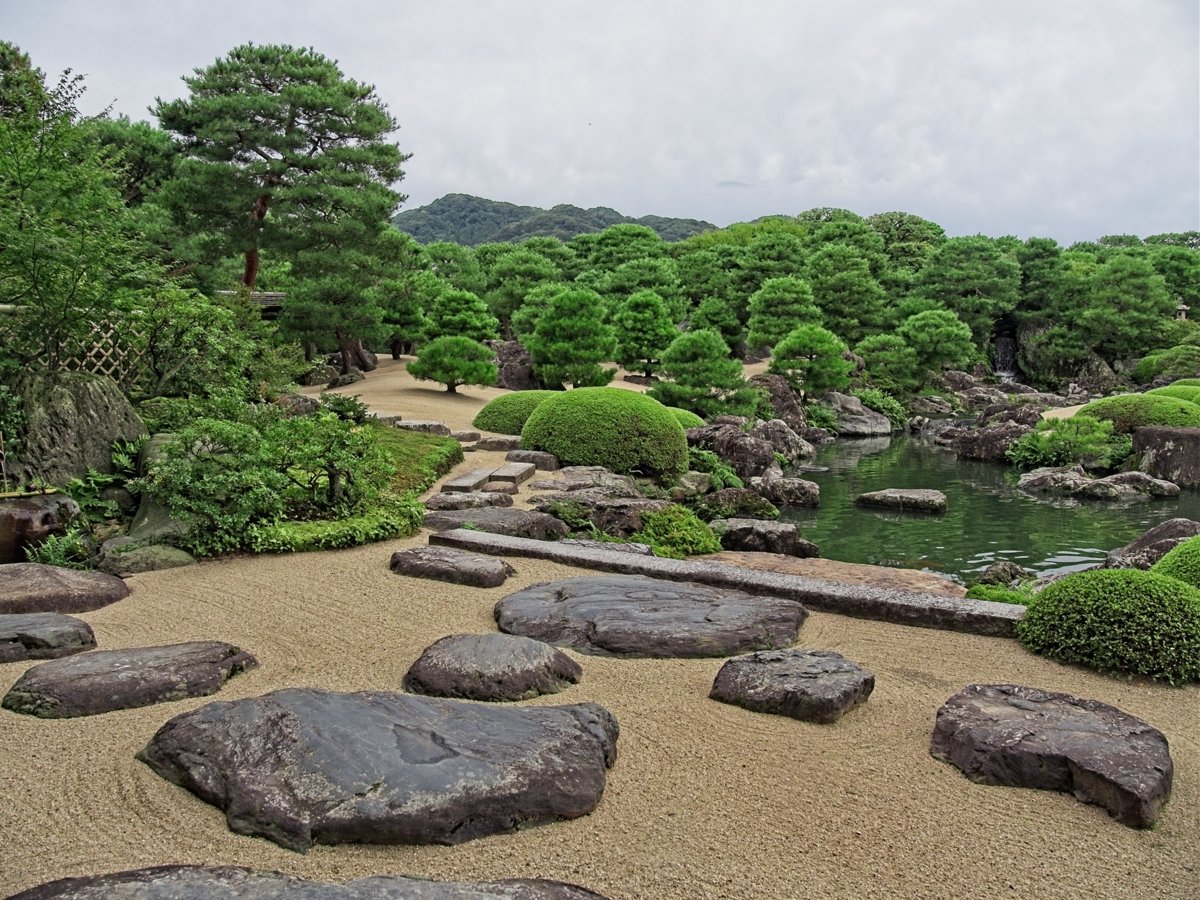
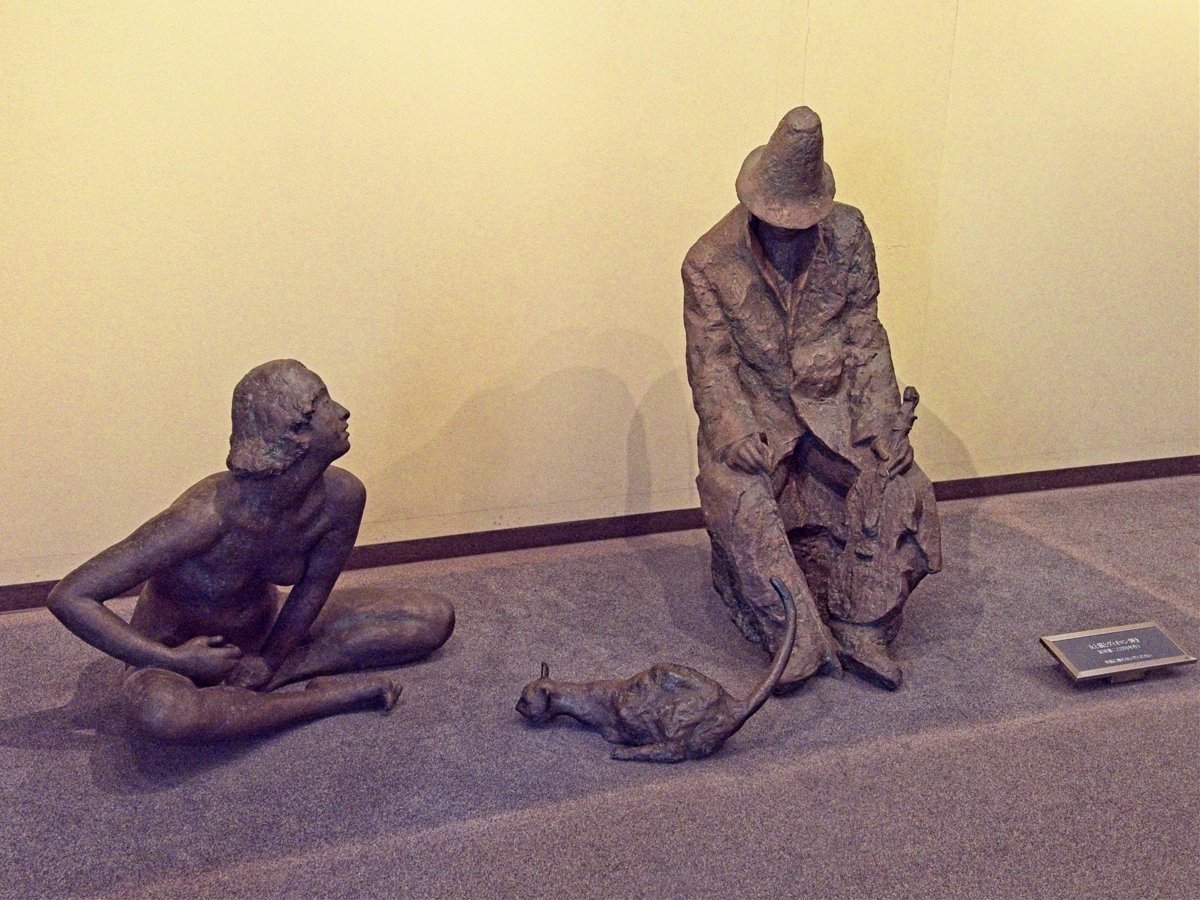



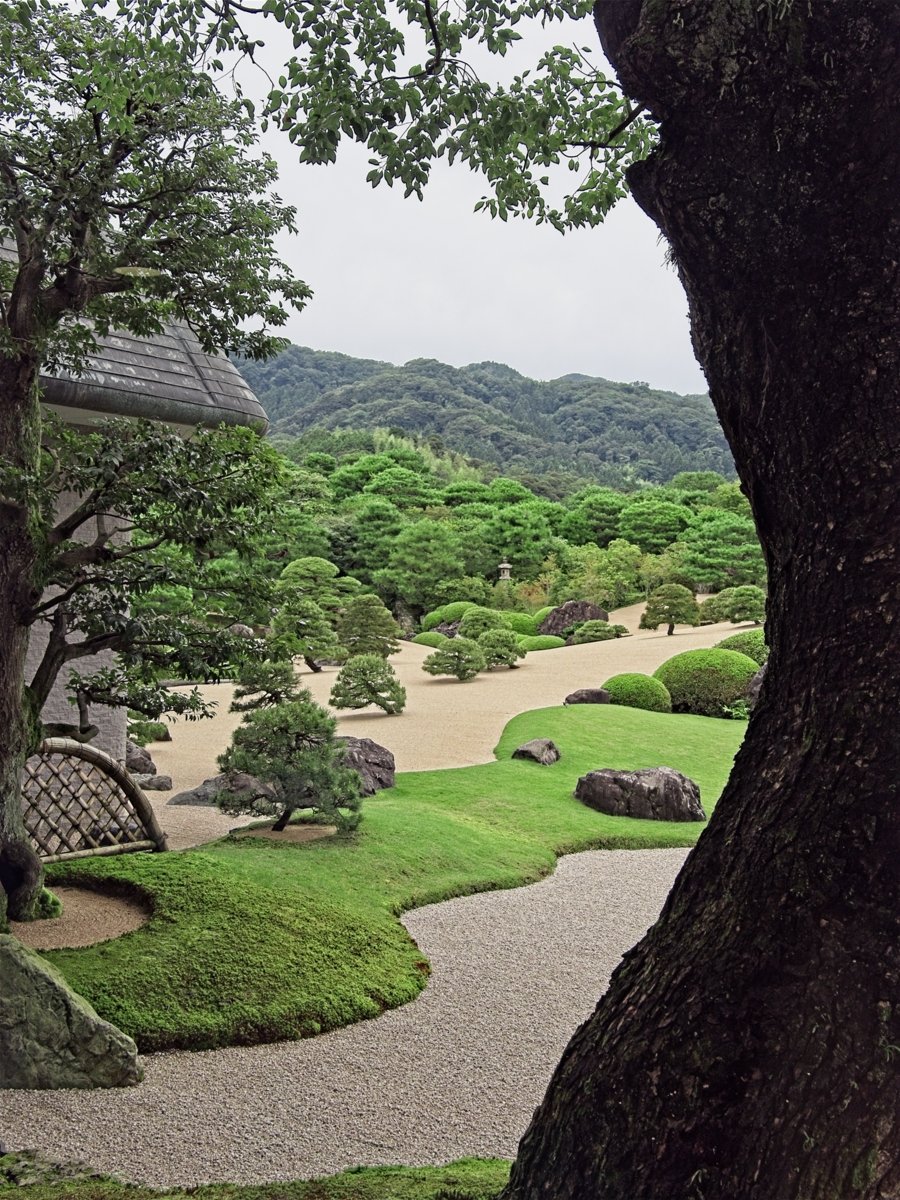


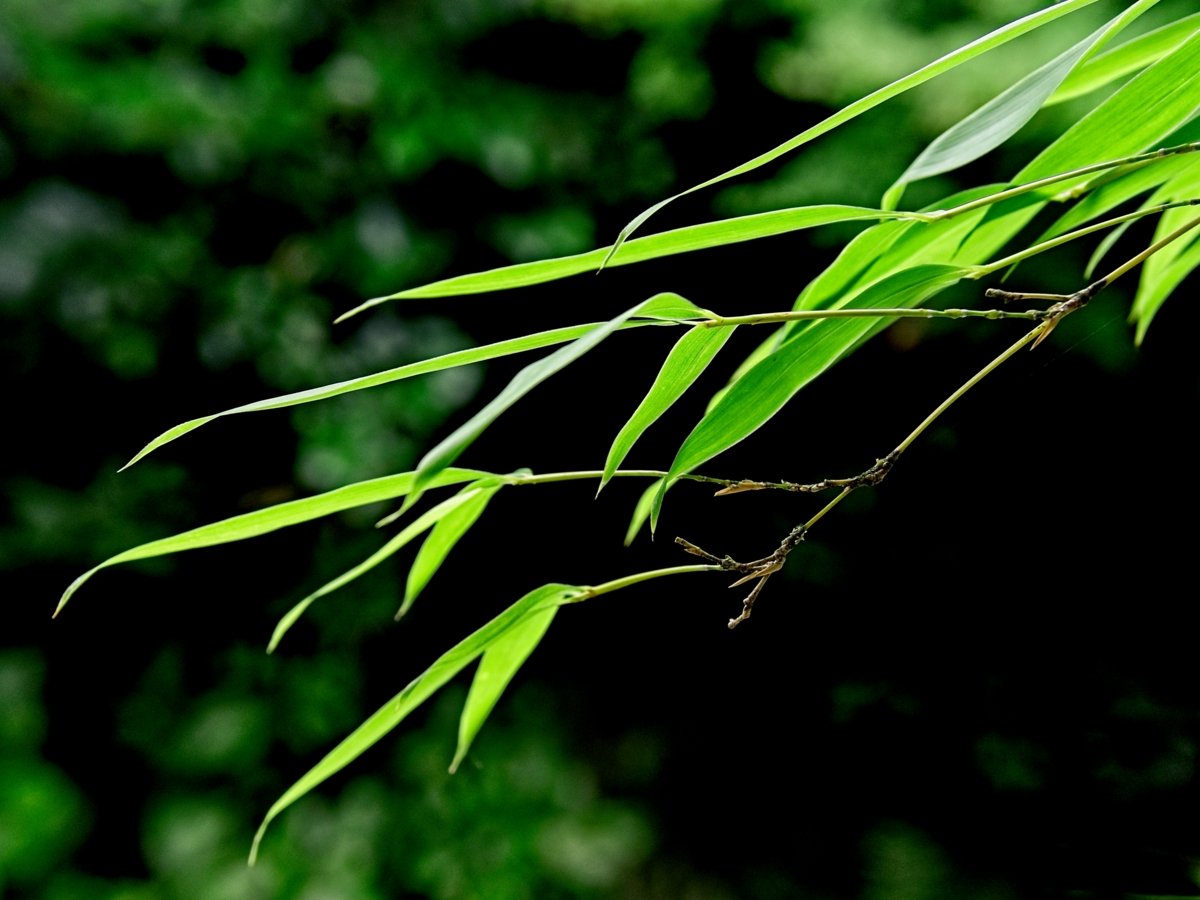
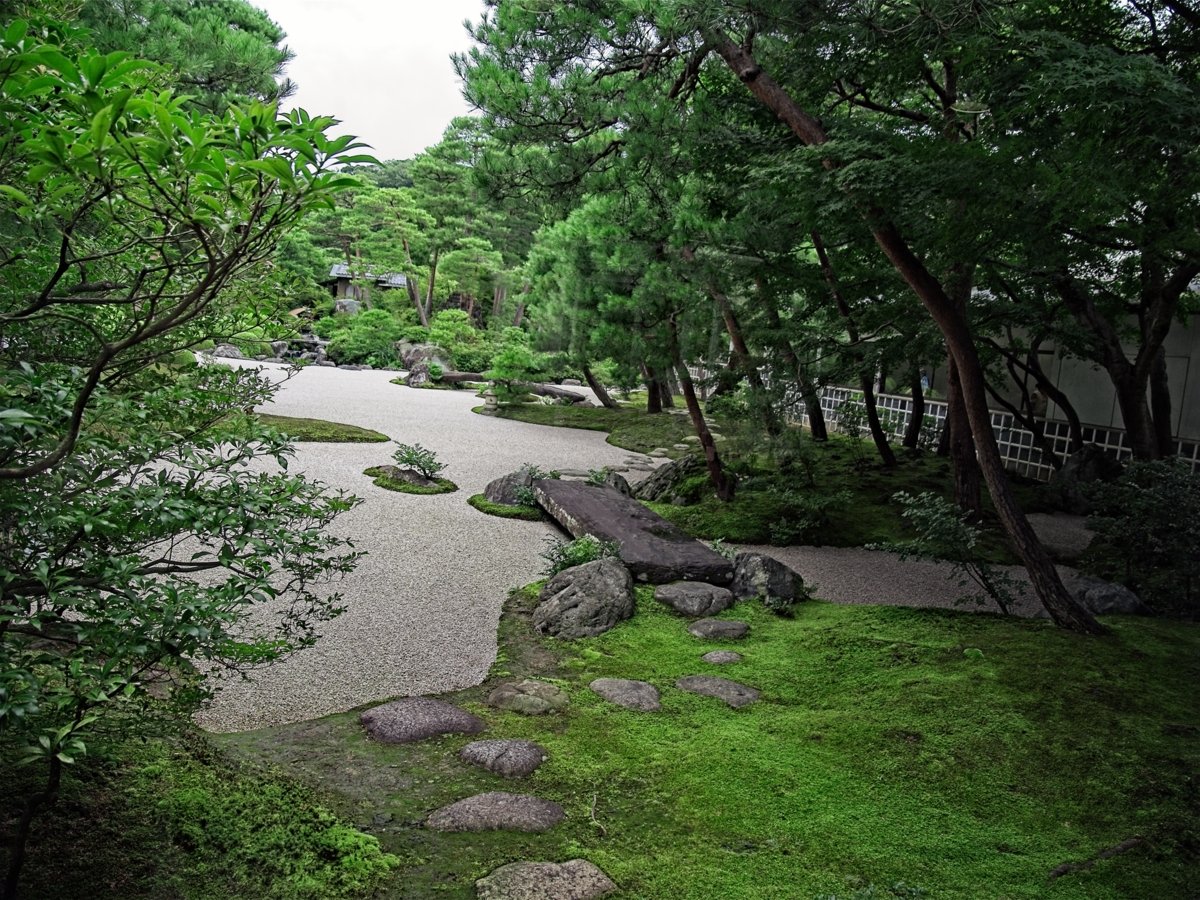
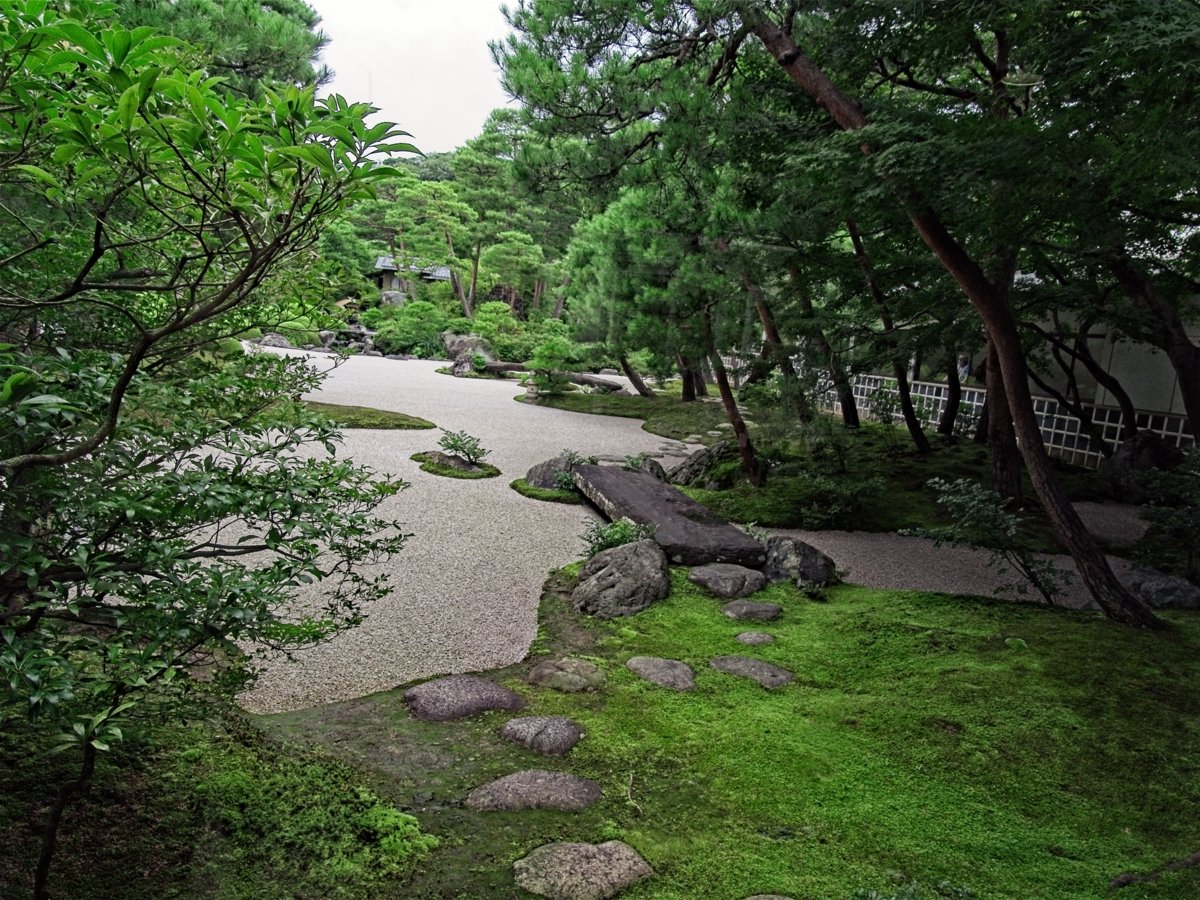
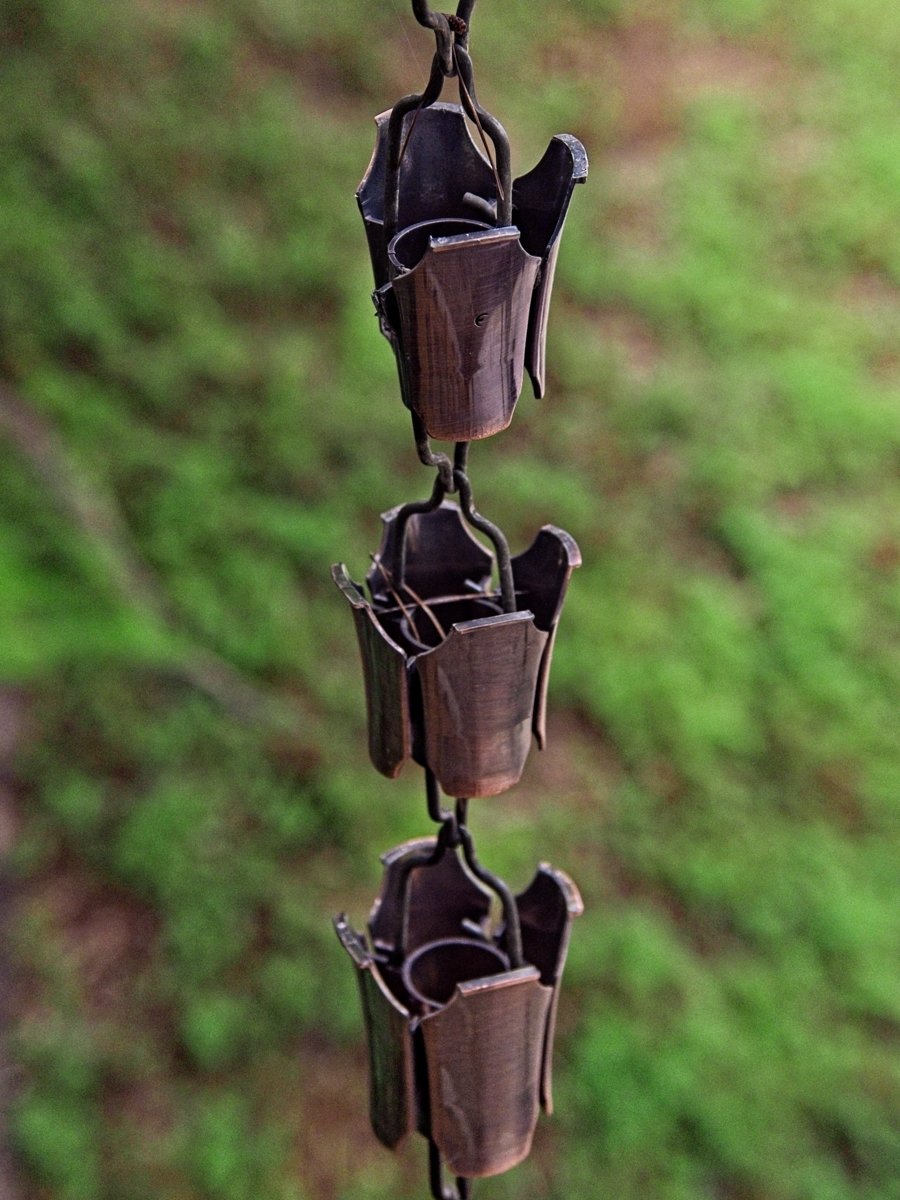
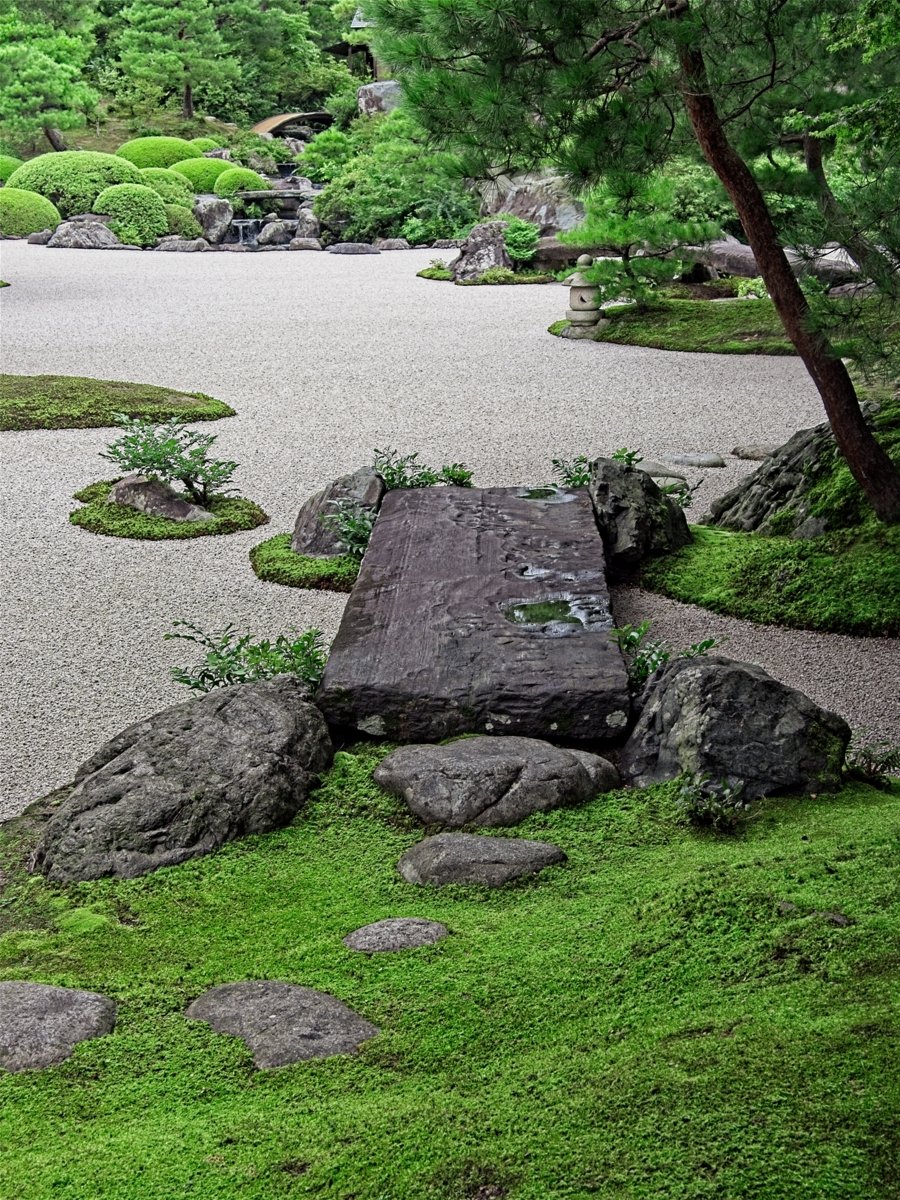

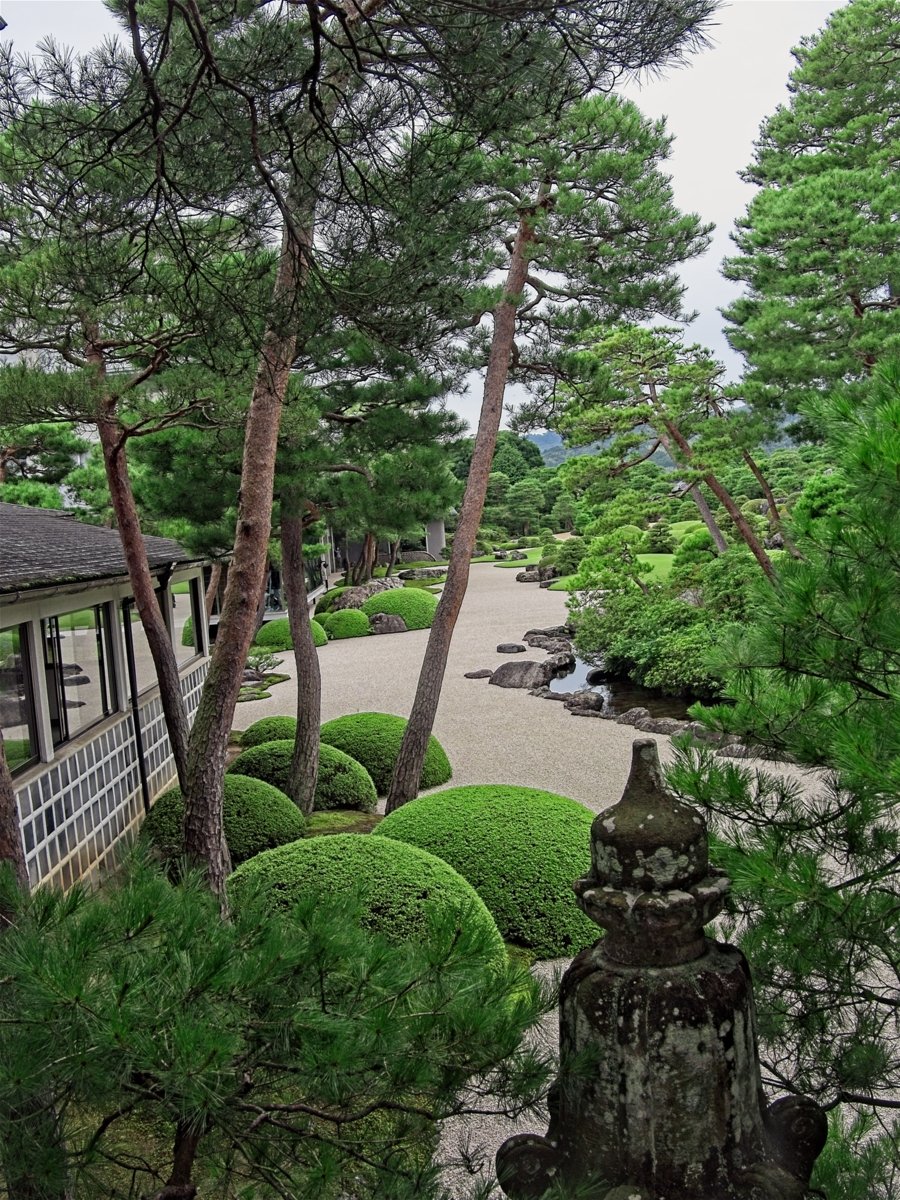
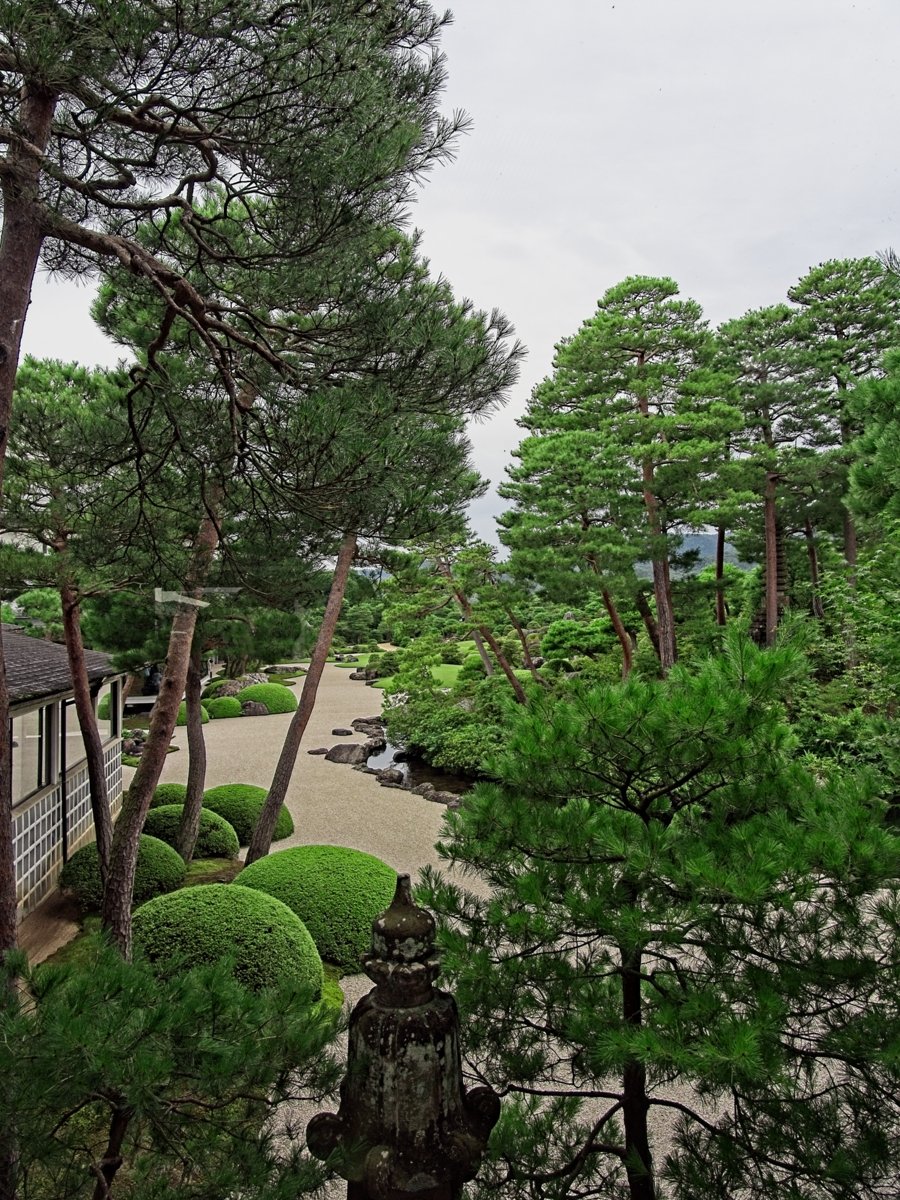
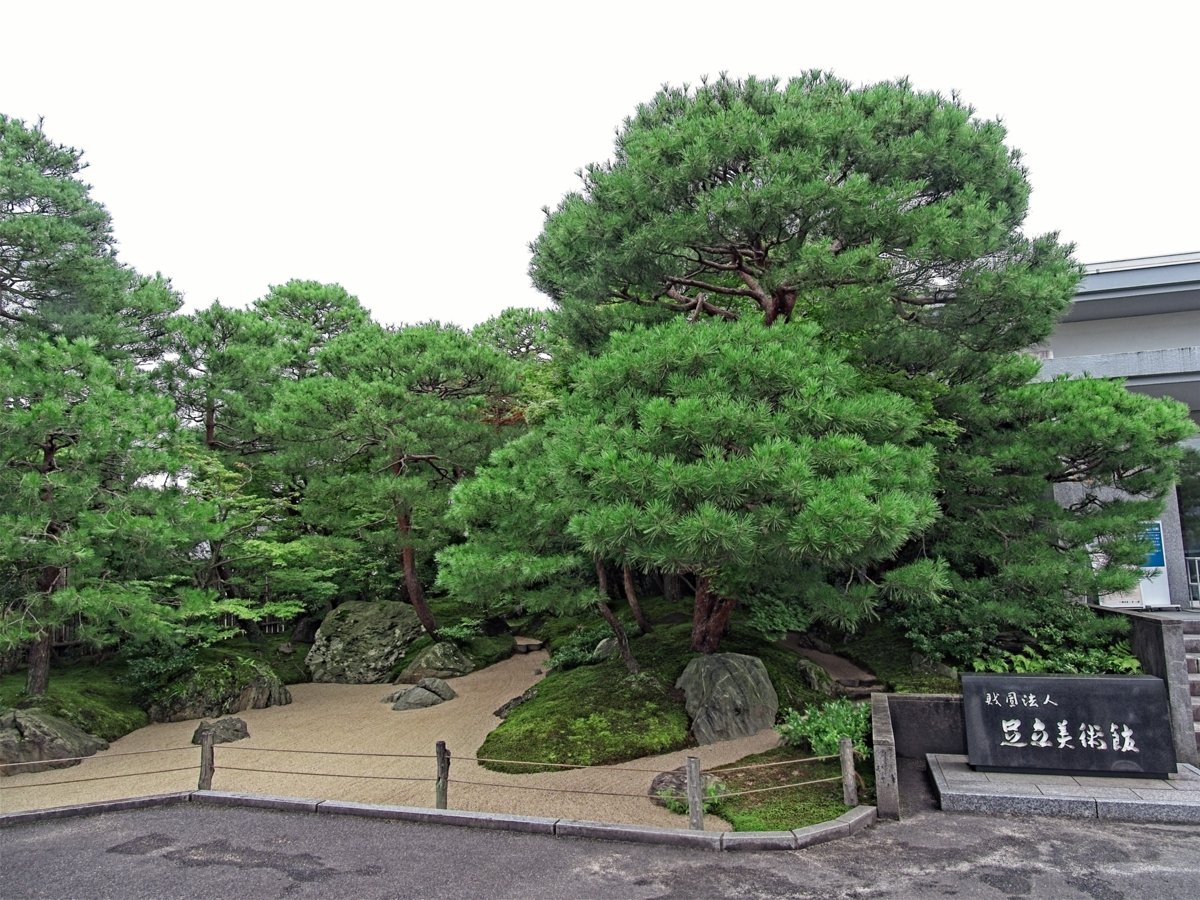
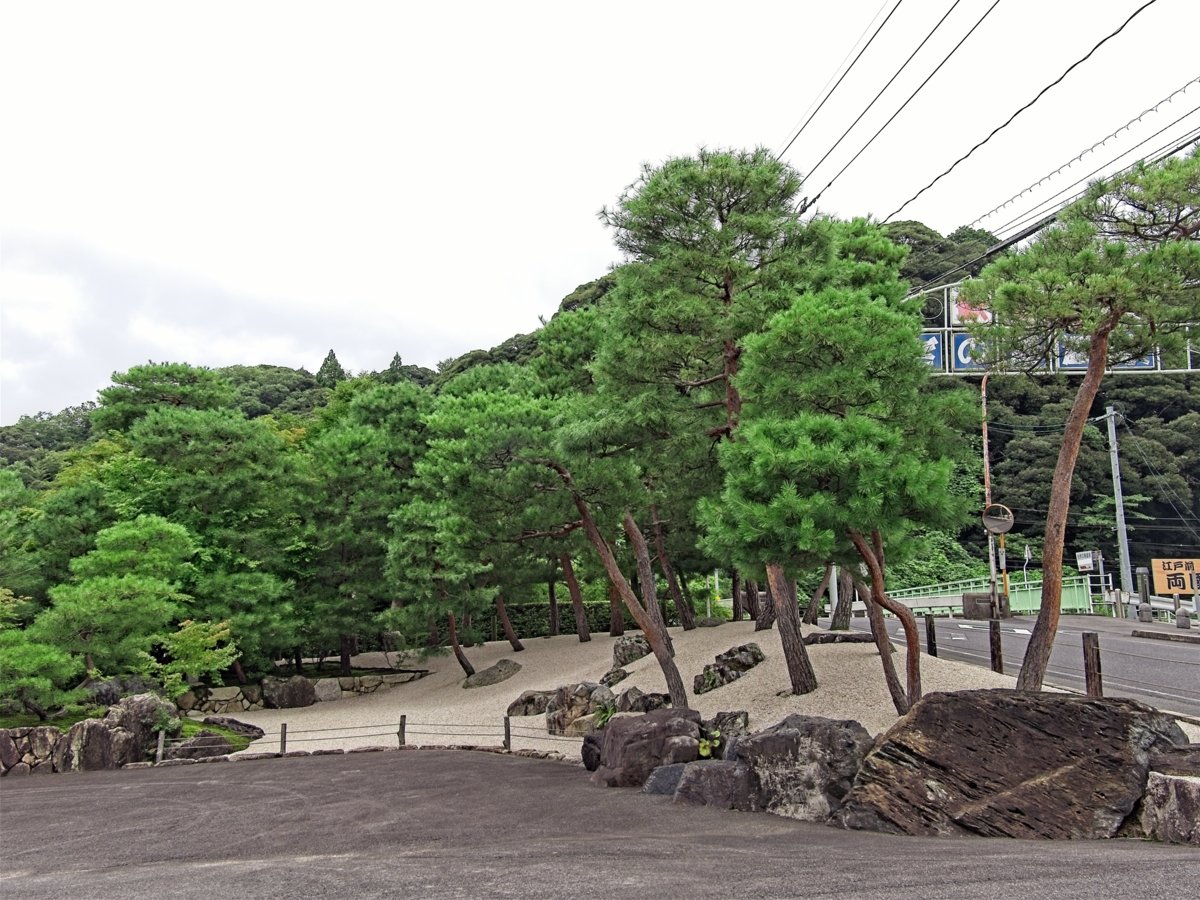

Everything in Japan, even in motorway services, is packaged beautifully.
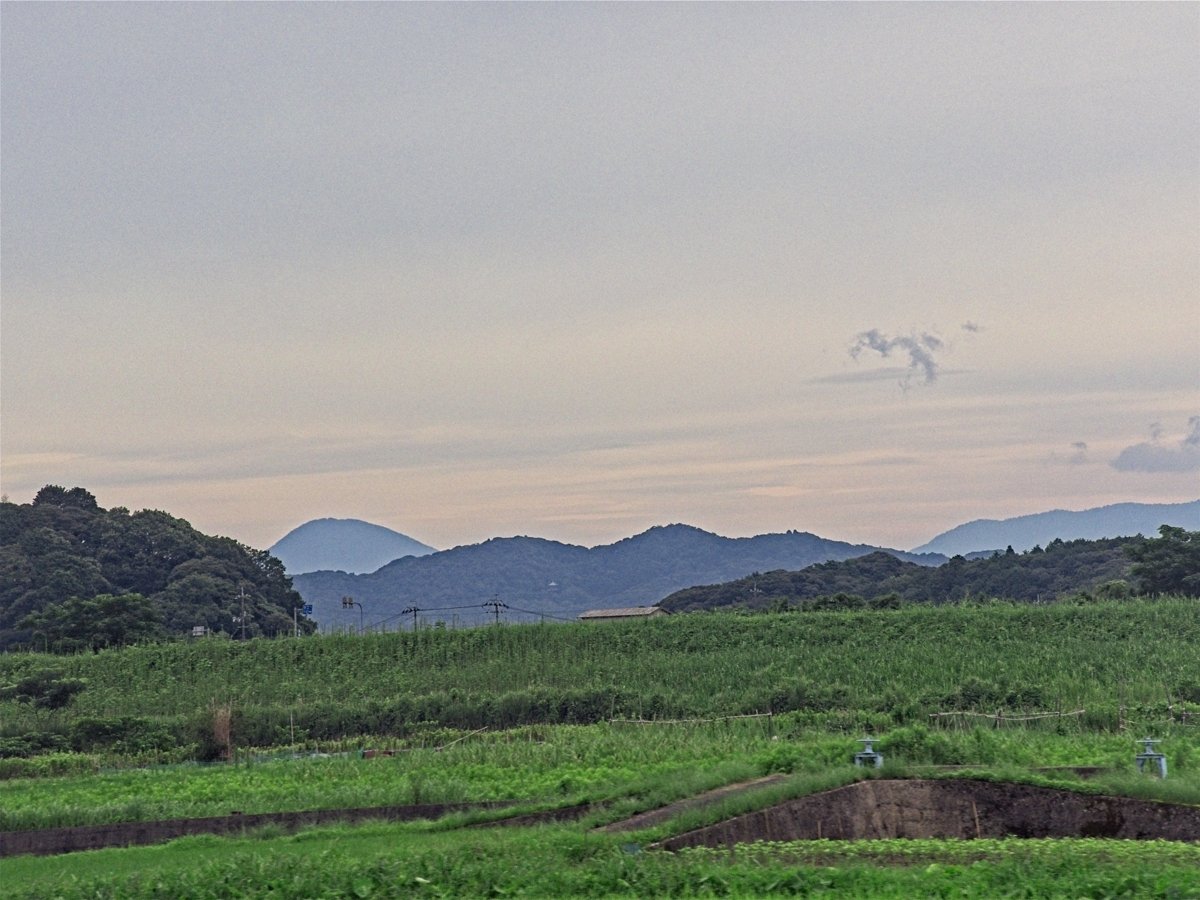
Typical scenery of the area.

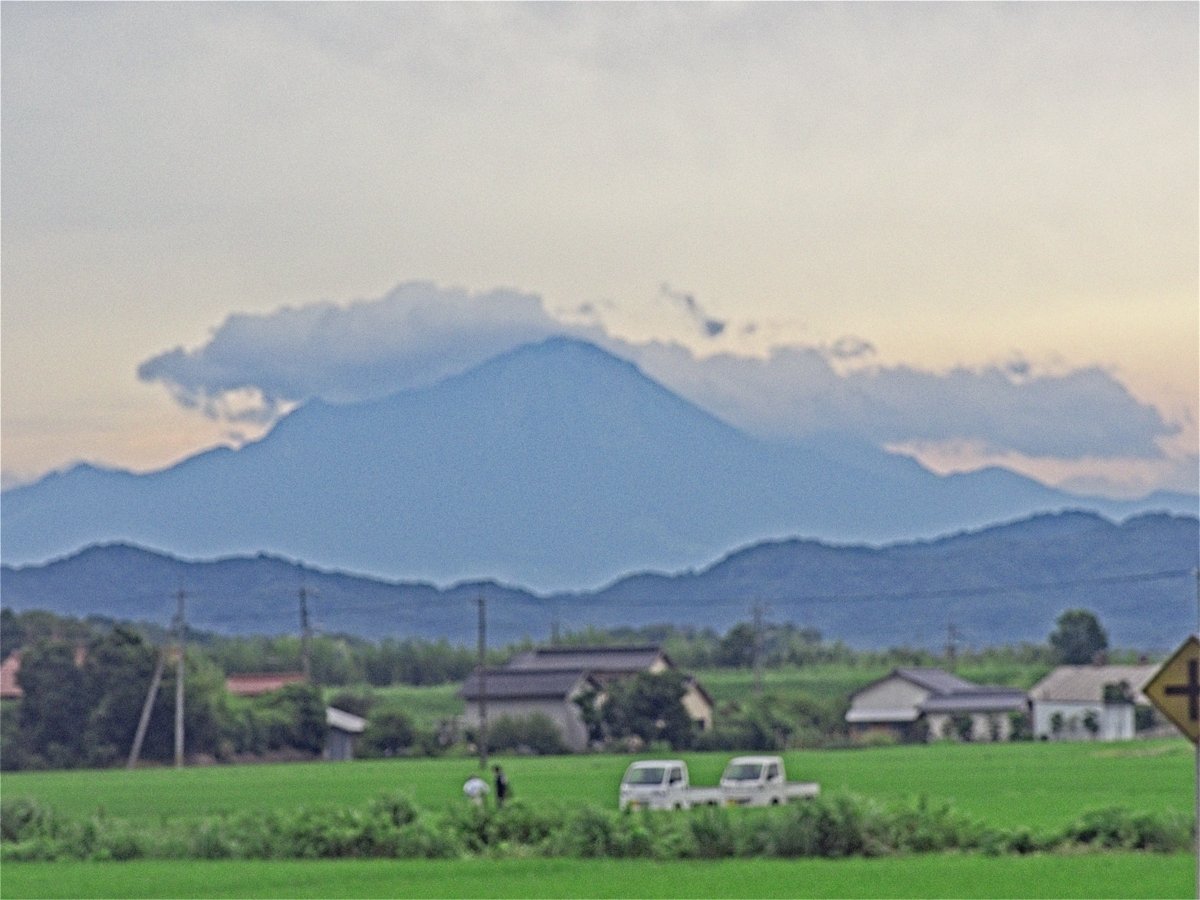
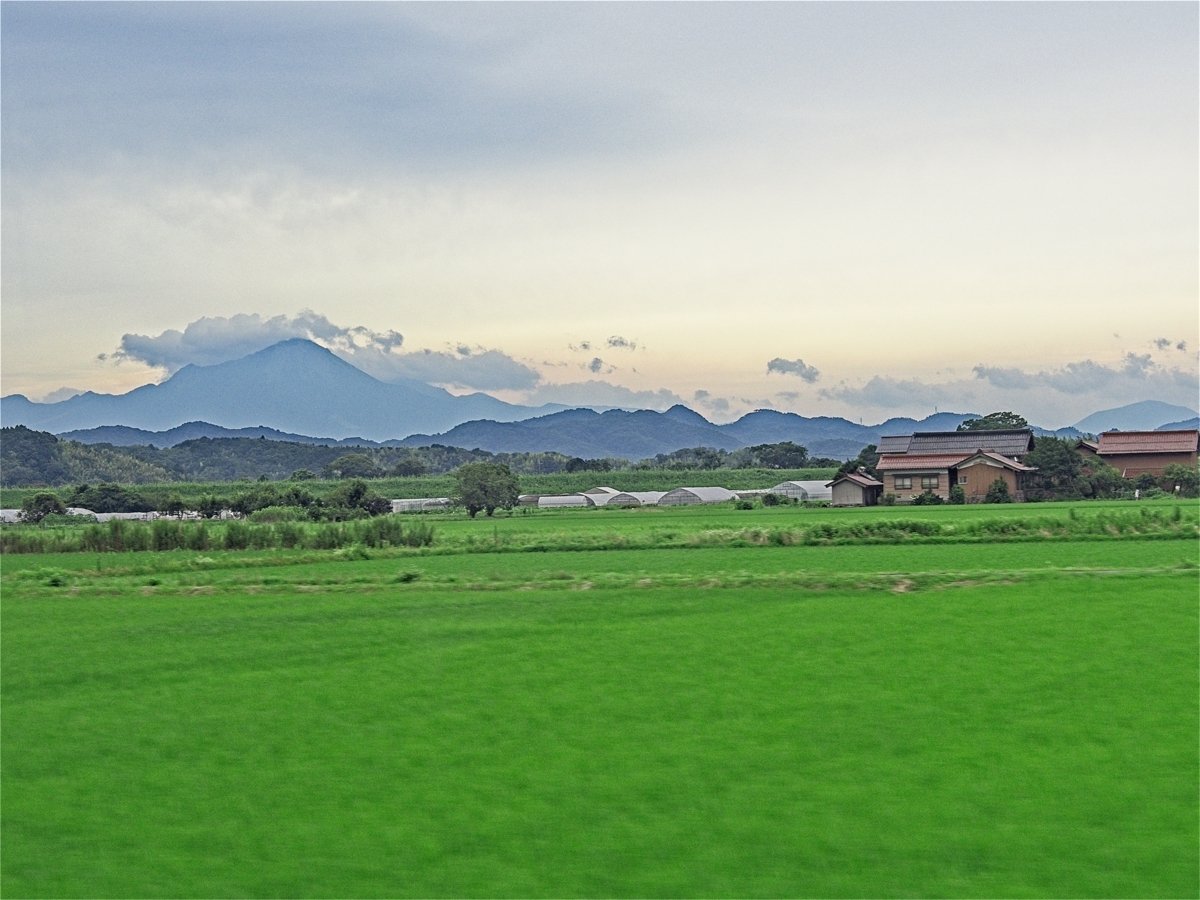


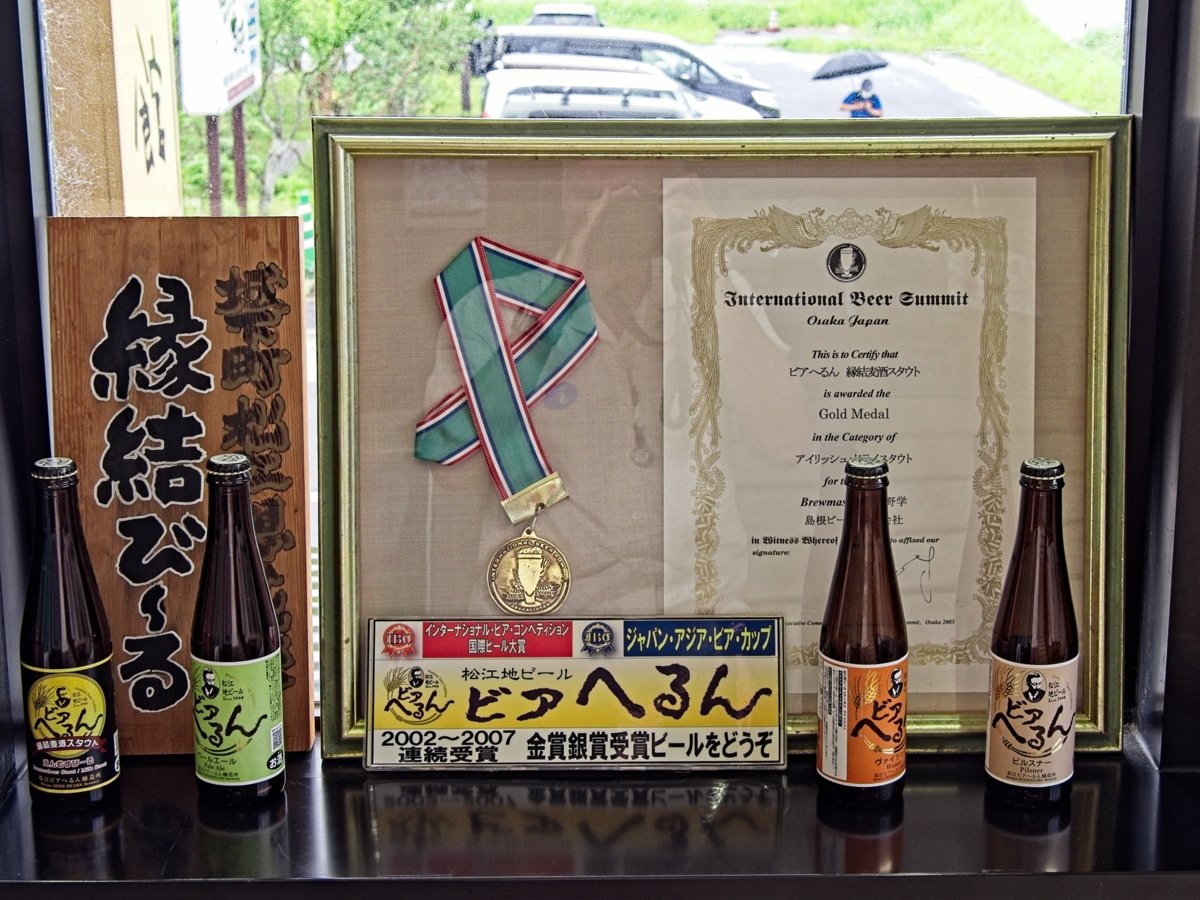
We stopped at a brewery for lunch!
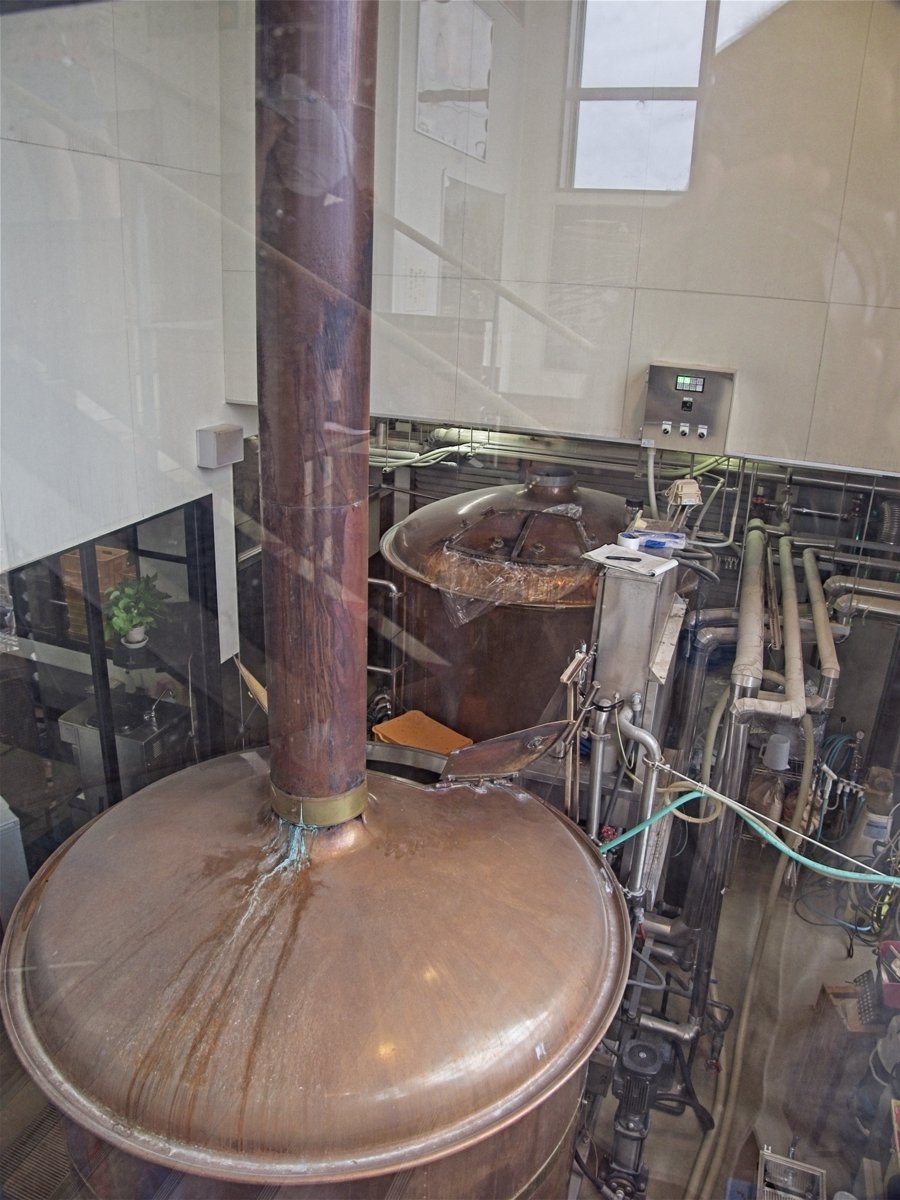

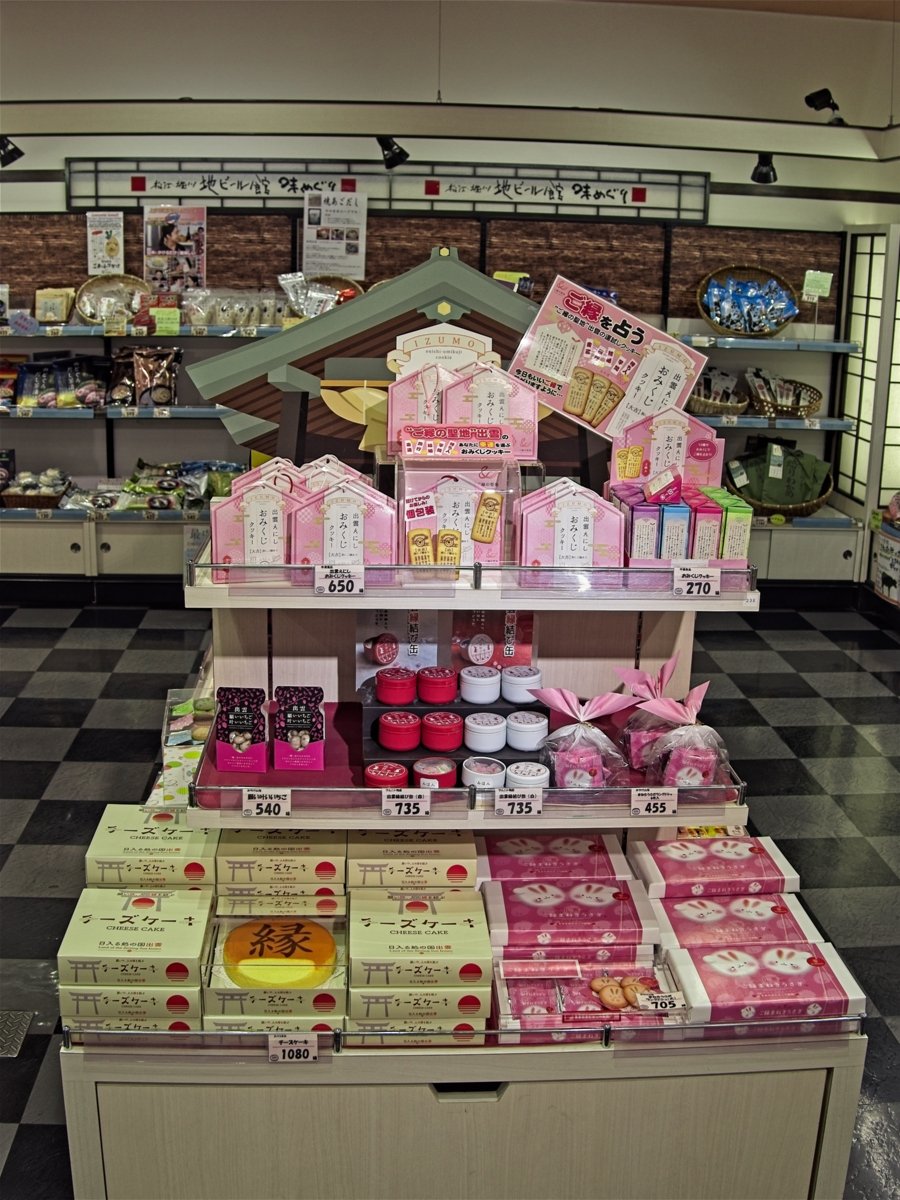

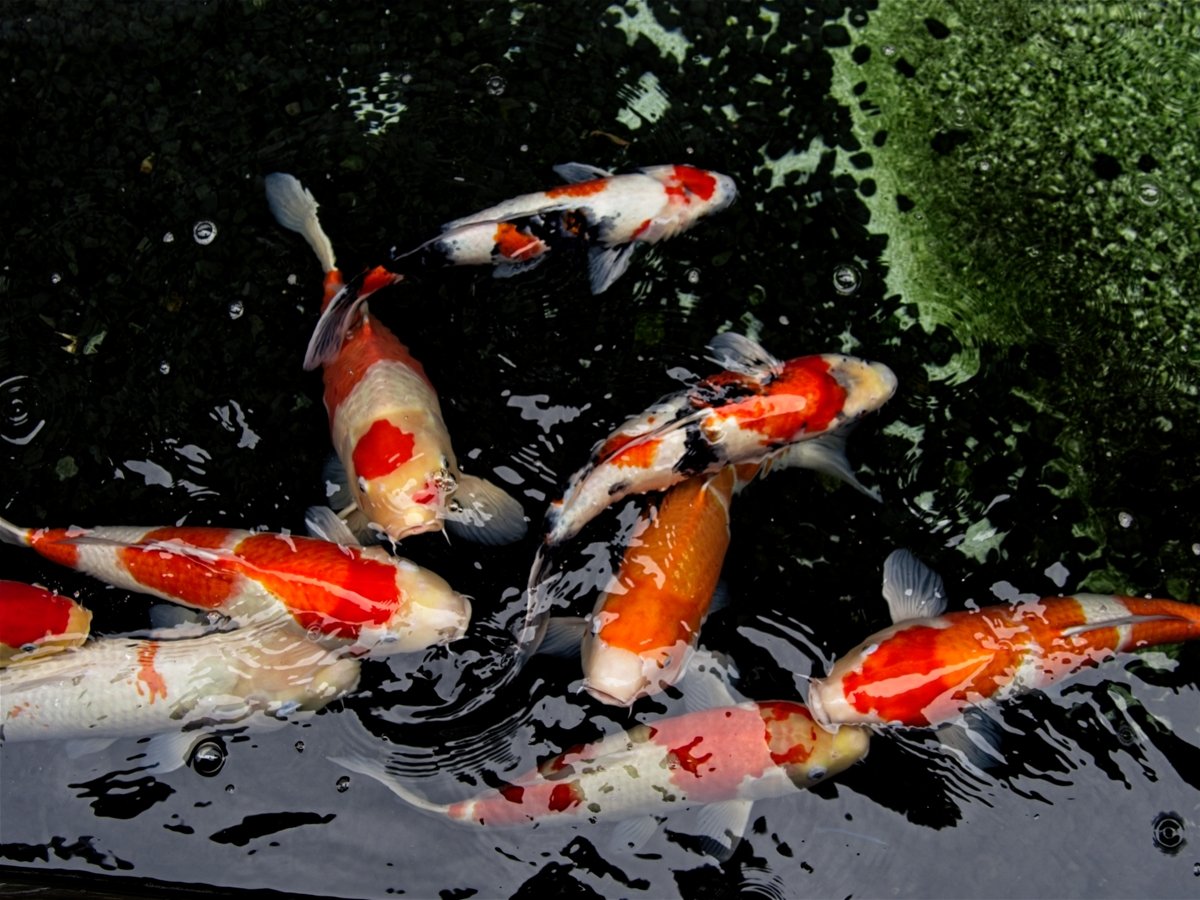
MATSUE CASTLE
Matsue Castle is one of only a dozen original castles in Japan, meaning that its main tower has survived to this day through fires, earthquakes and the anti-feudal demolitions of the Meiji period. It is sometimes called the "black castle" after its darkly-coloured, austere exterior.
Matsue Castle was completed in 1611, a few years after the last decisive battle of feudal Japan. In 1638, the fief and castle were reassigned to a branch of the Matsudaira clan, relatives of the ruling Tokugawa. Perched atop a hill and surrounded by a moat and thick walls, the castle was built to withstand a war, though, thanks to the timing of its construction, it never actually saw a battle. Major renovation works were undertaken in the 1950s to further preserve it, and the interior of the main keep now houses a museum displaying period arms and artifacts.

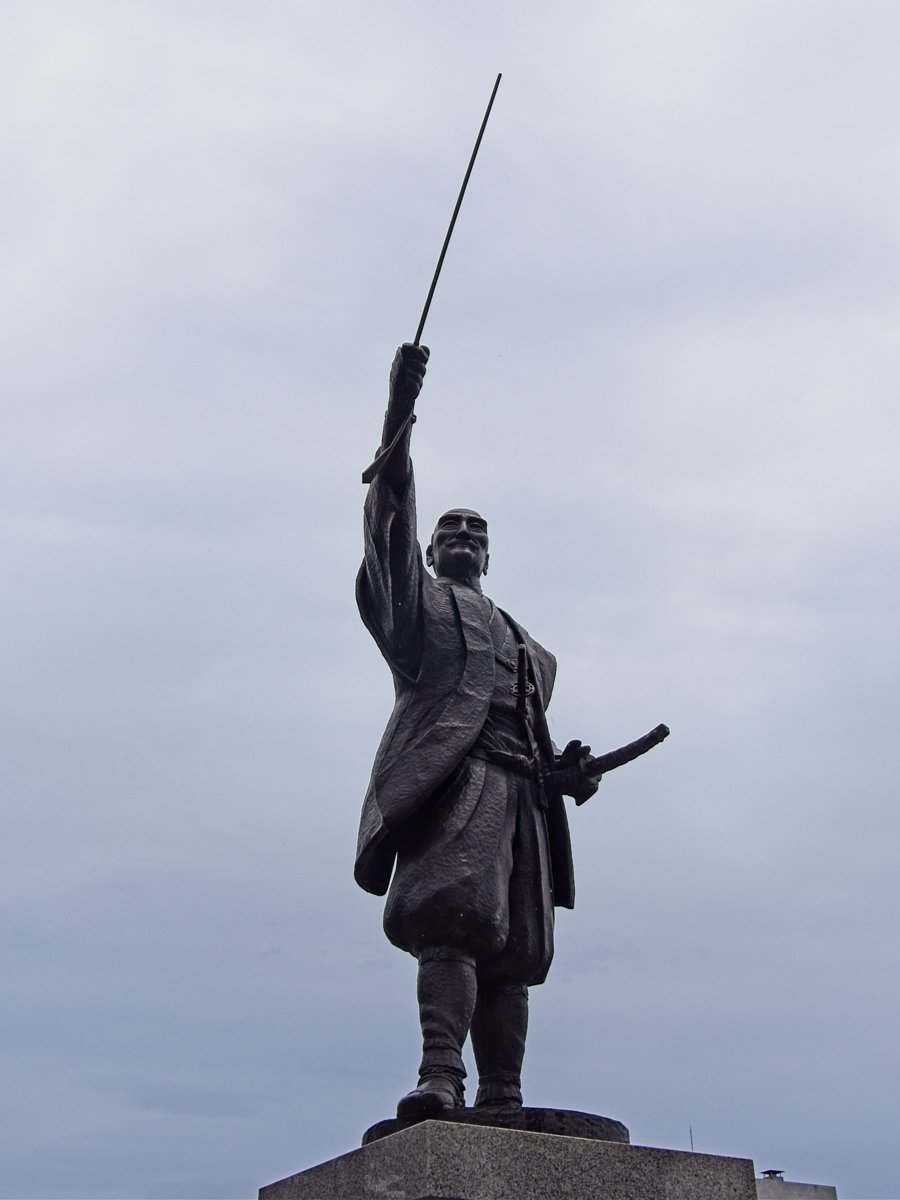
Statue of Lord Horio Yoshiharu who first built Matsue Castle in 1611.
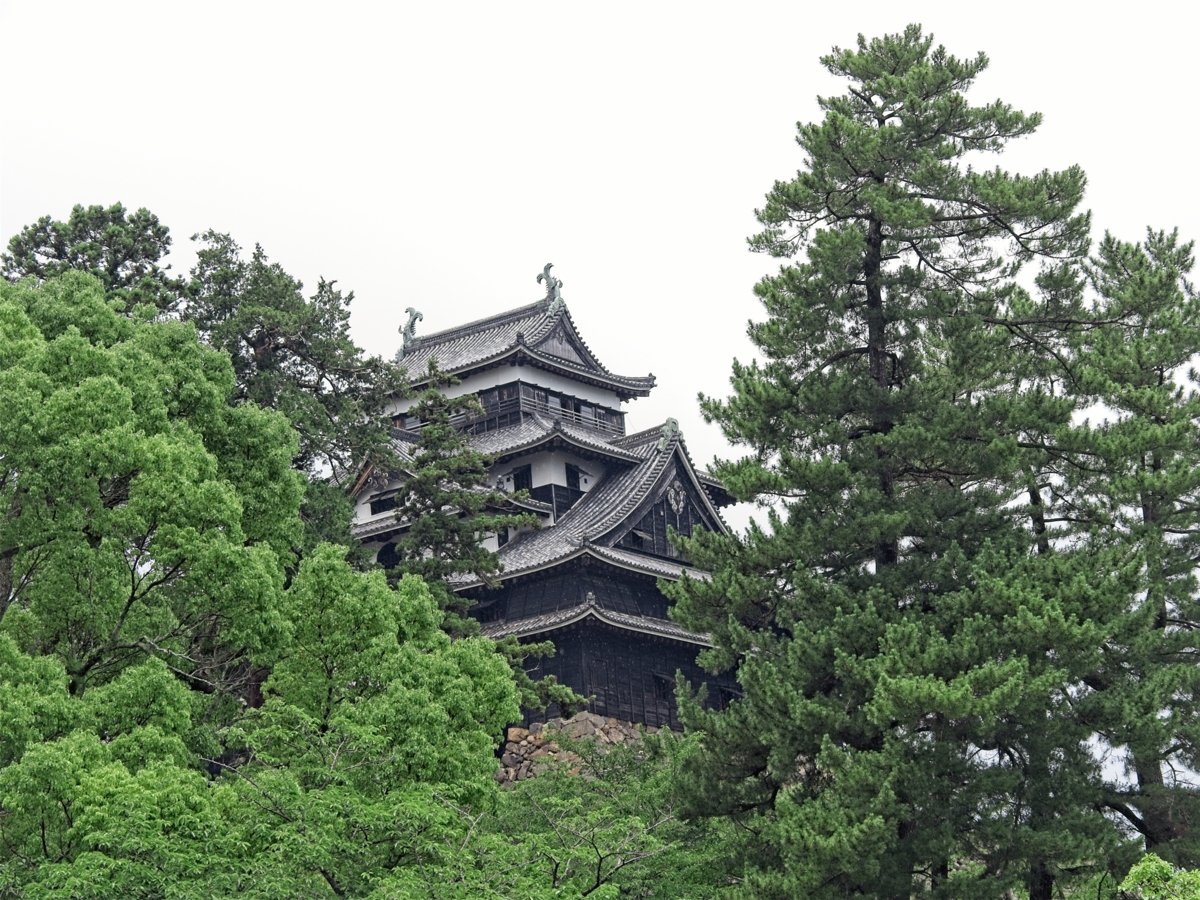

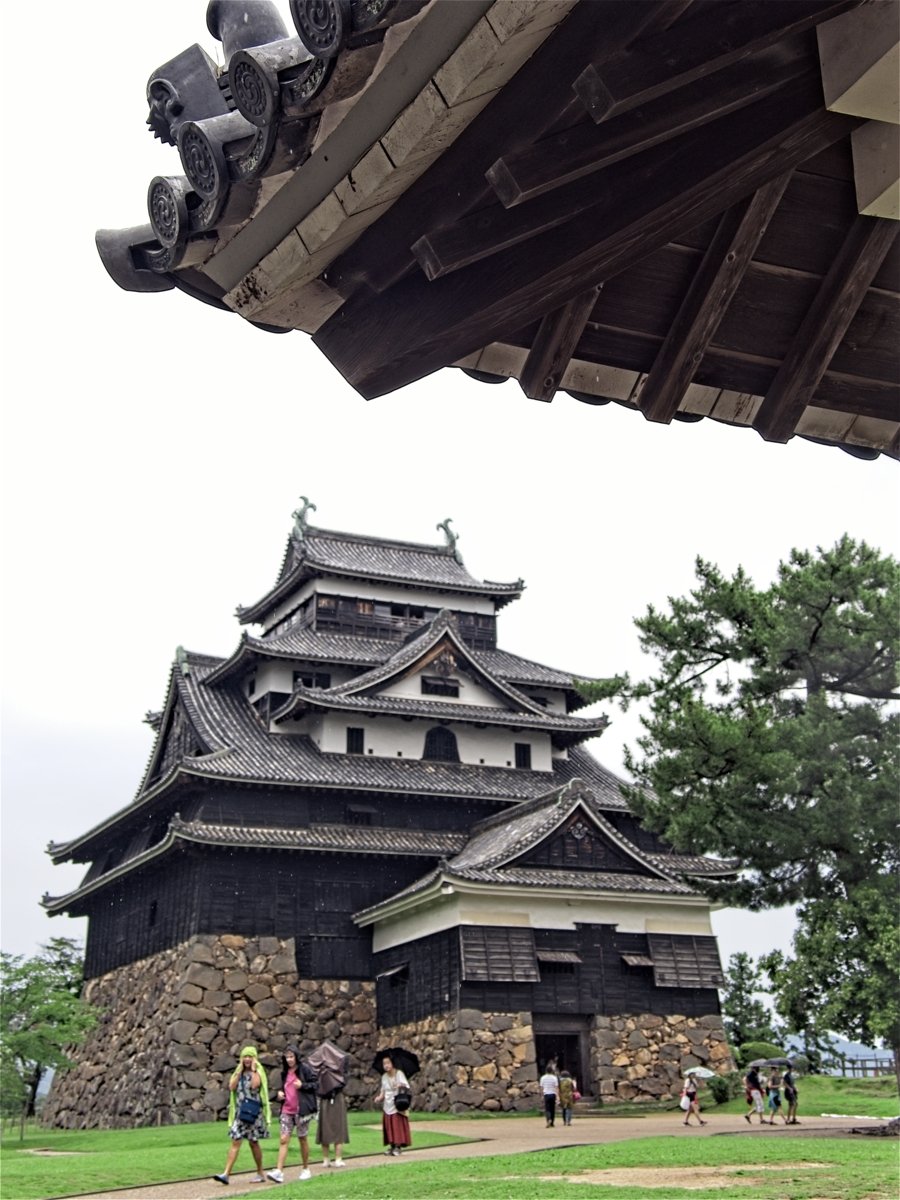
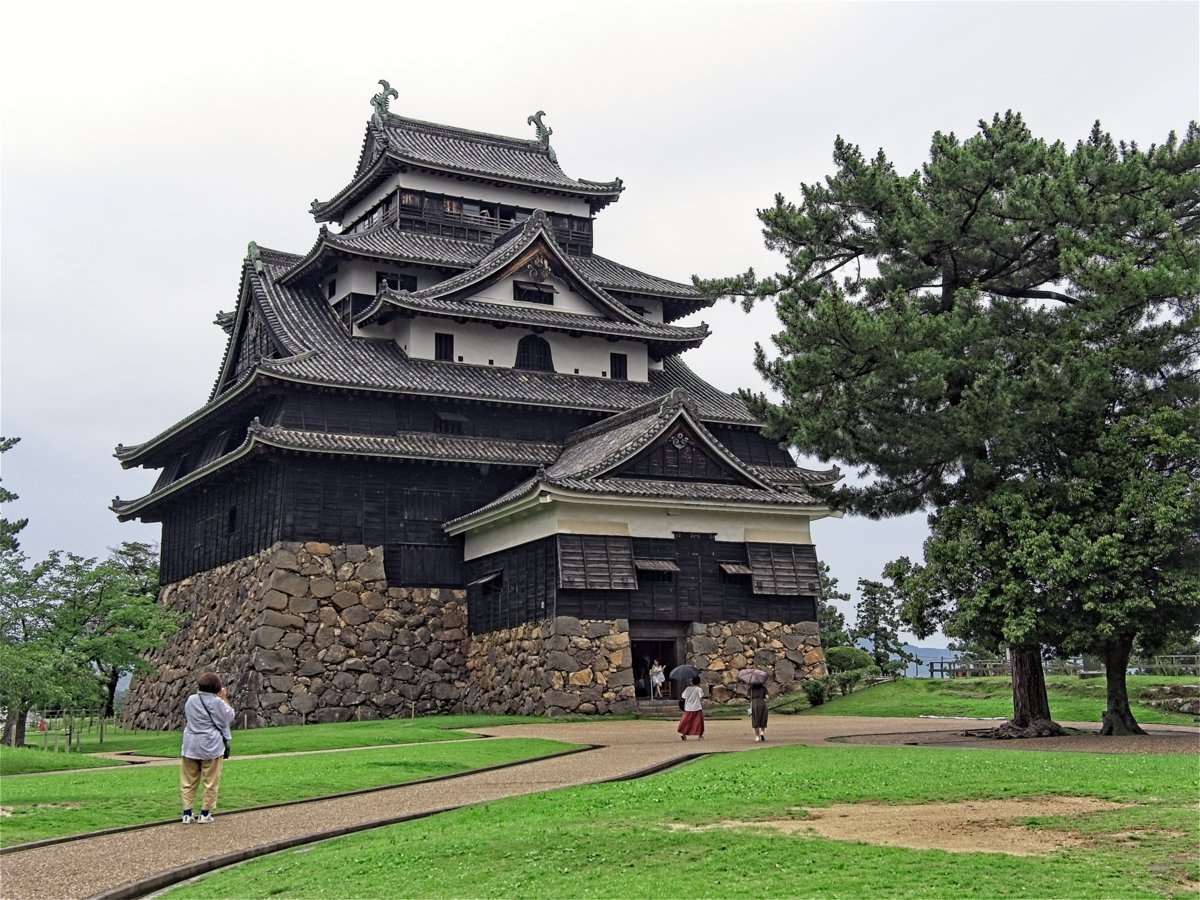
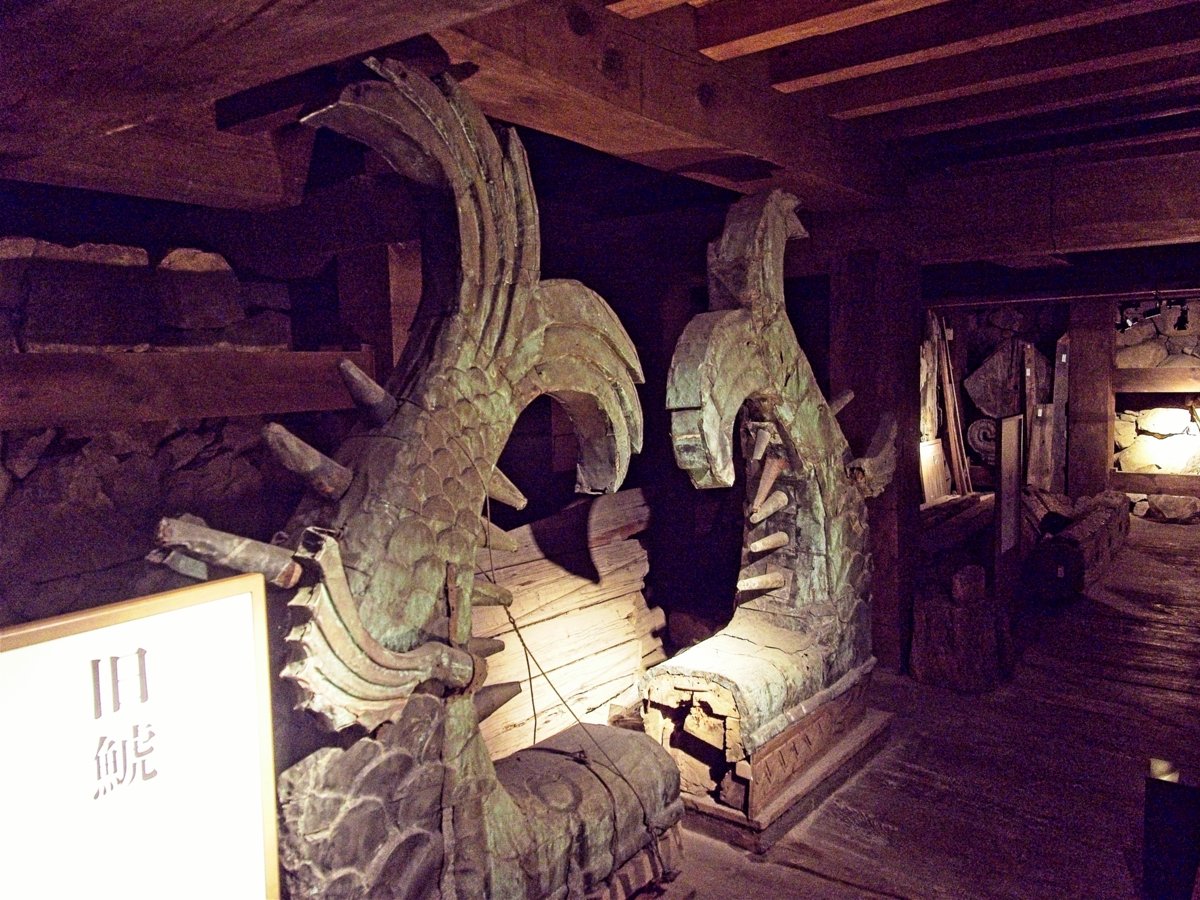
Original roof decoration, replaced by new ones.
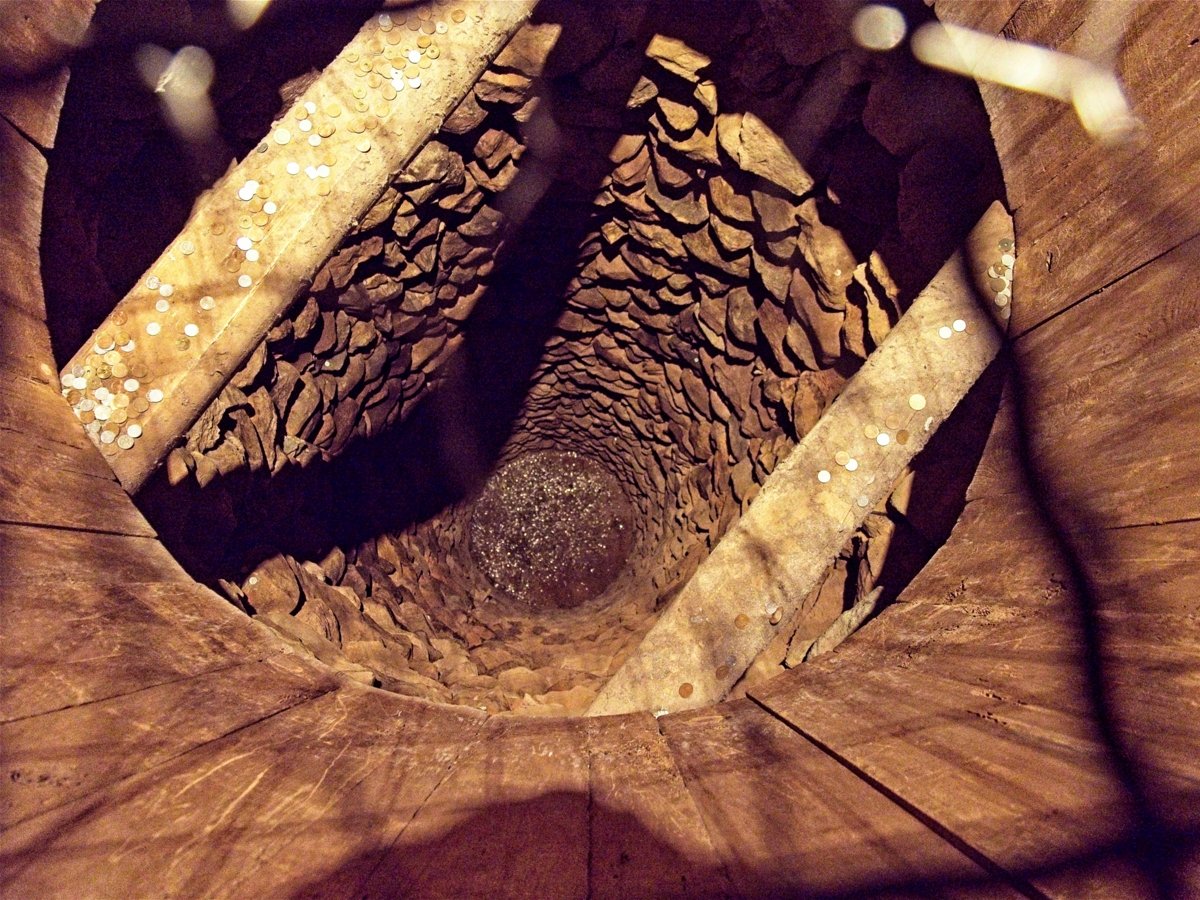
View into the well, inside the castle building.


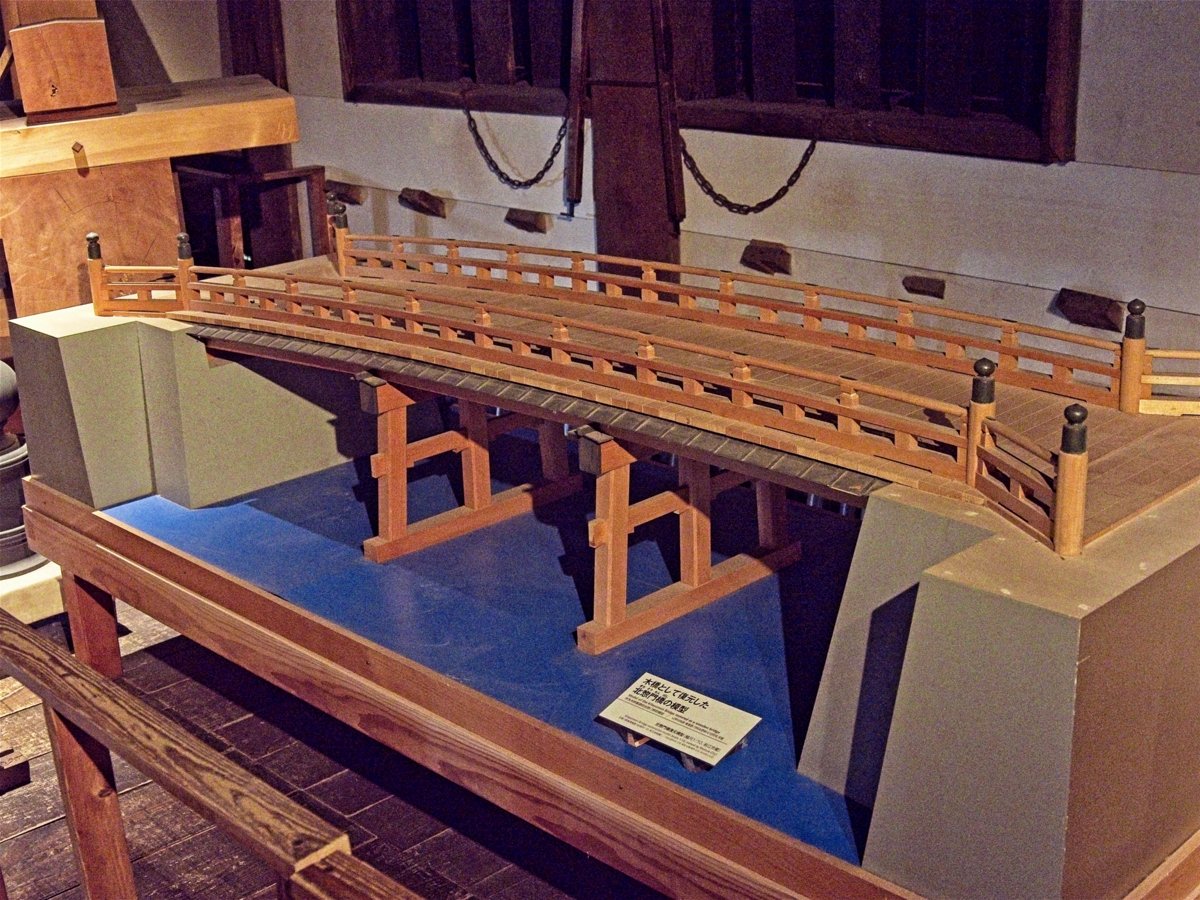

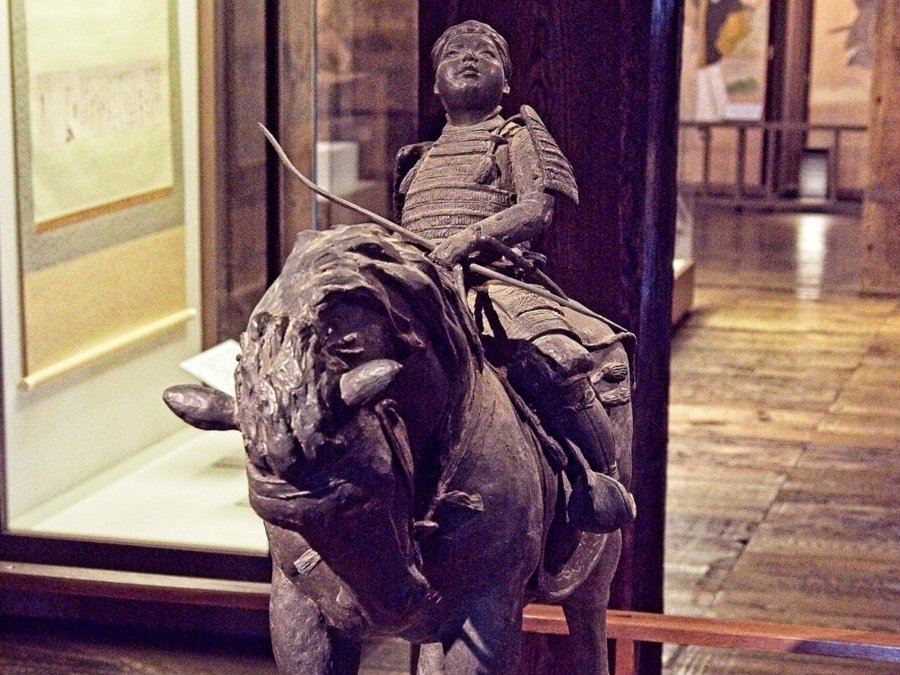
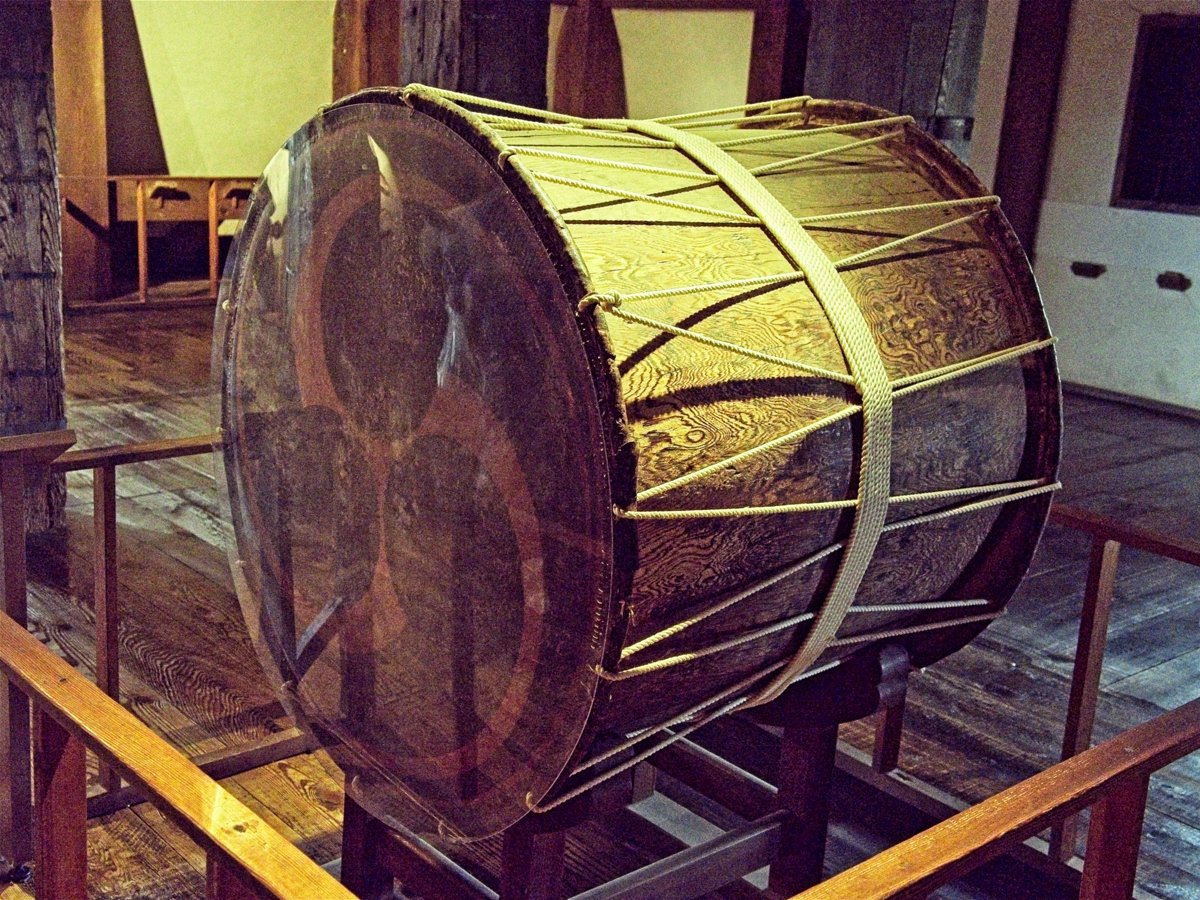

View from the top floor.

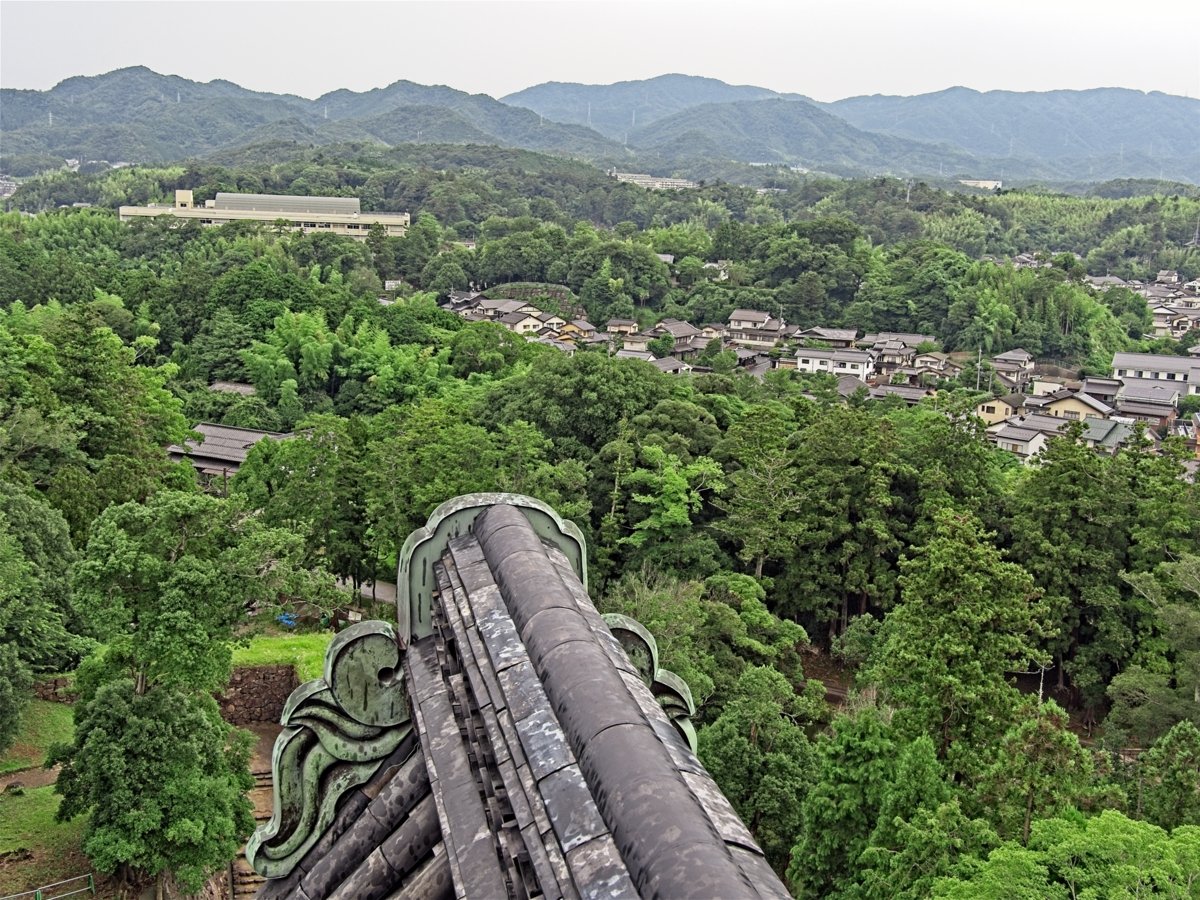
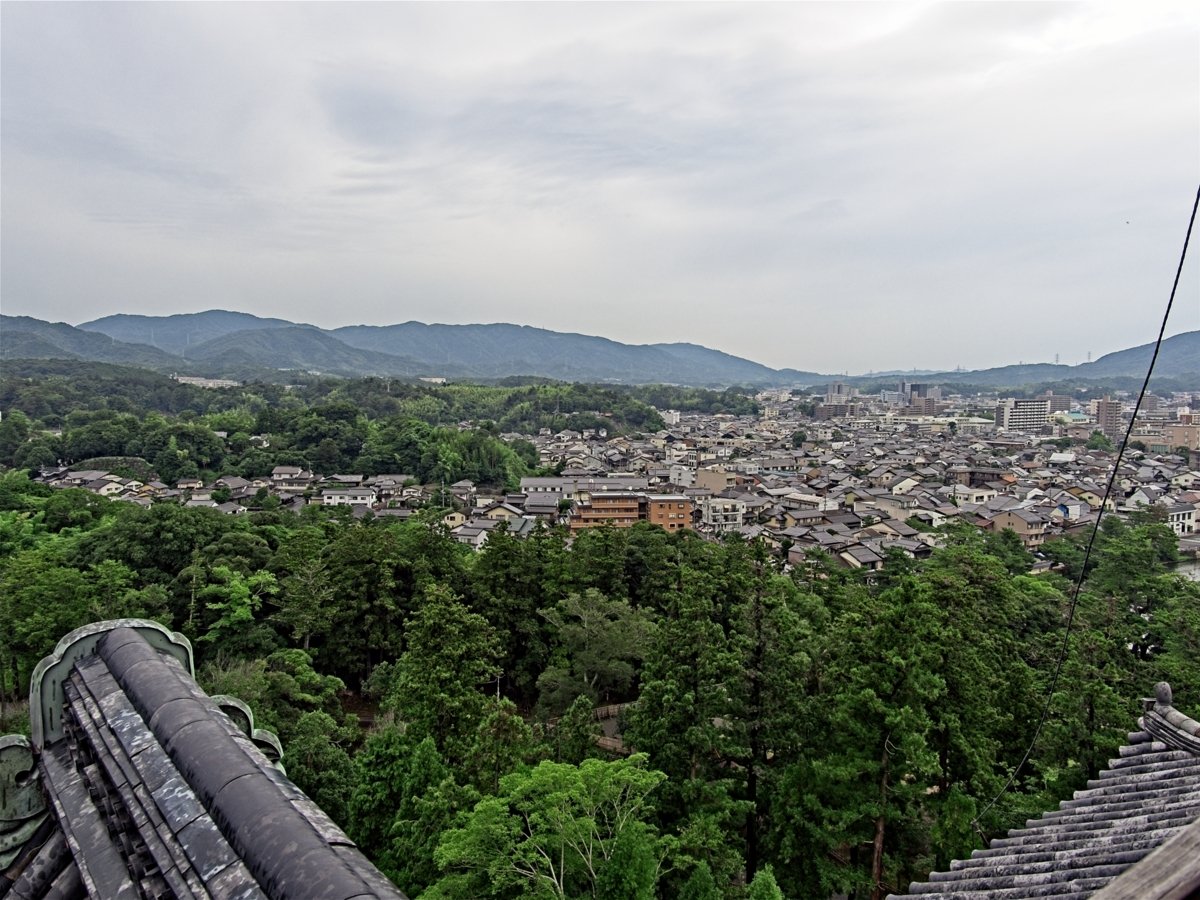
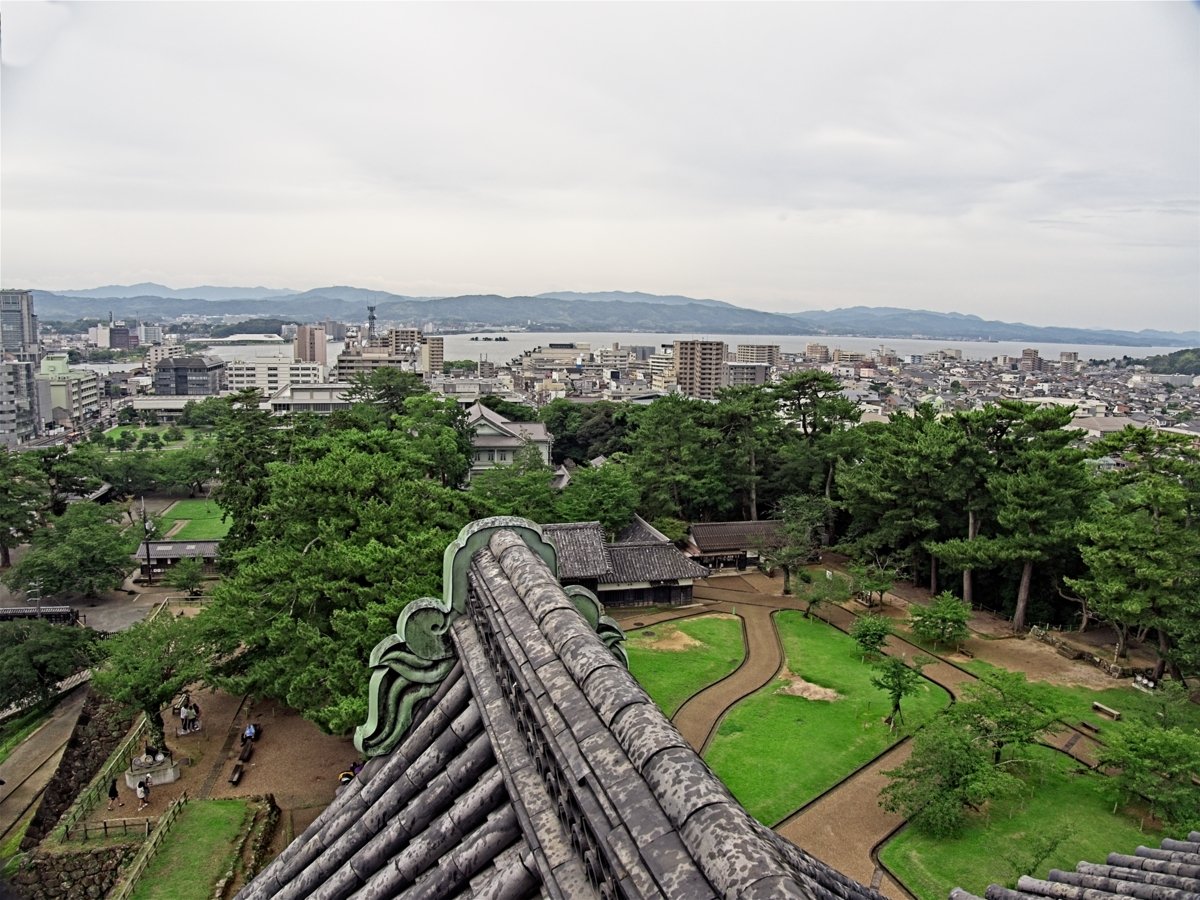
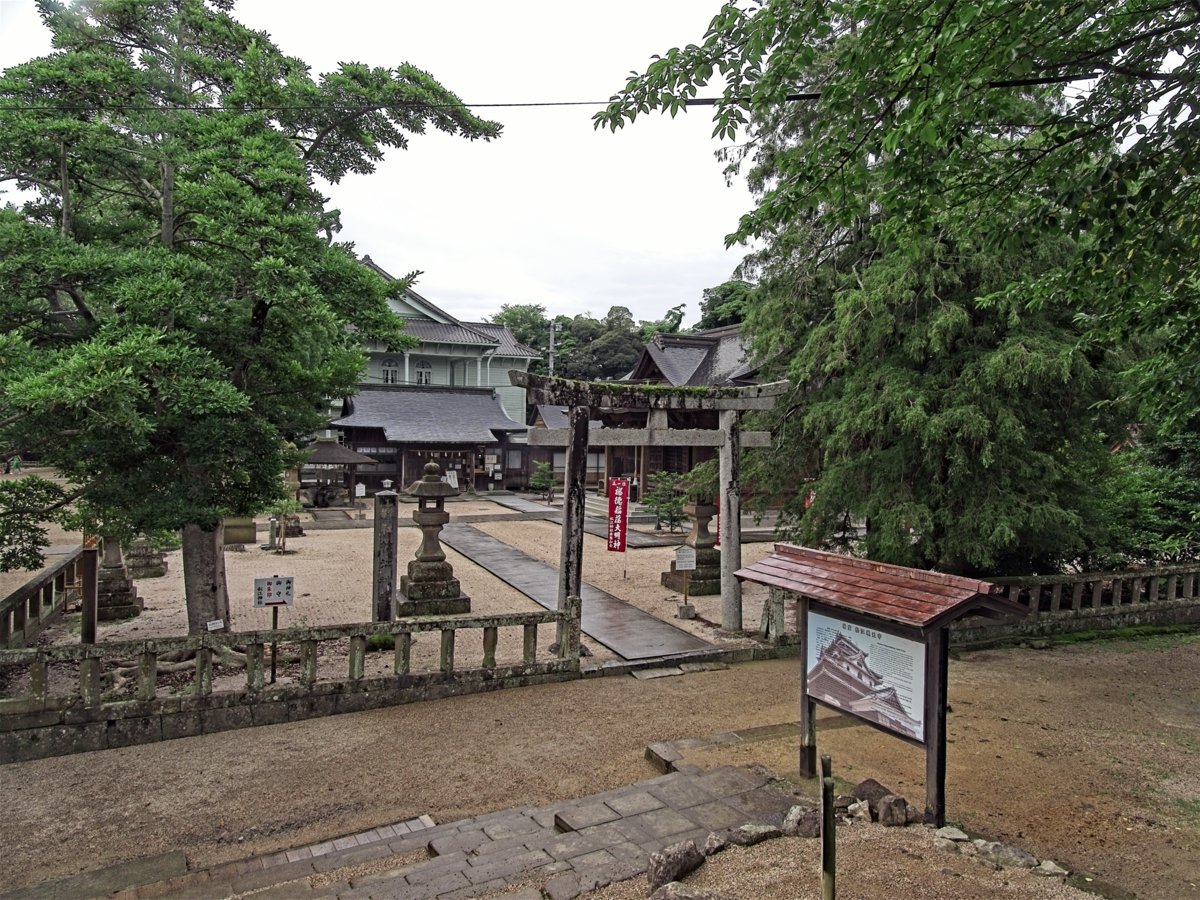

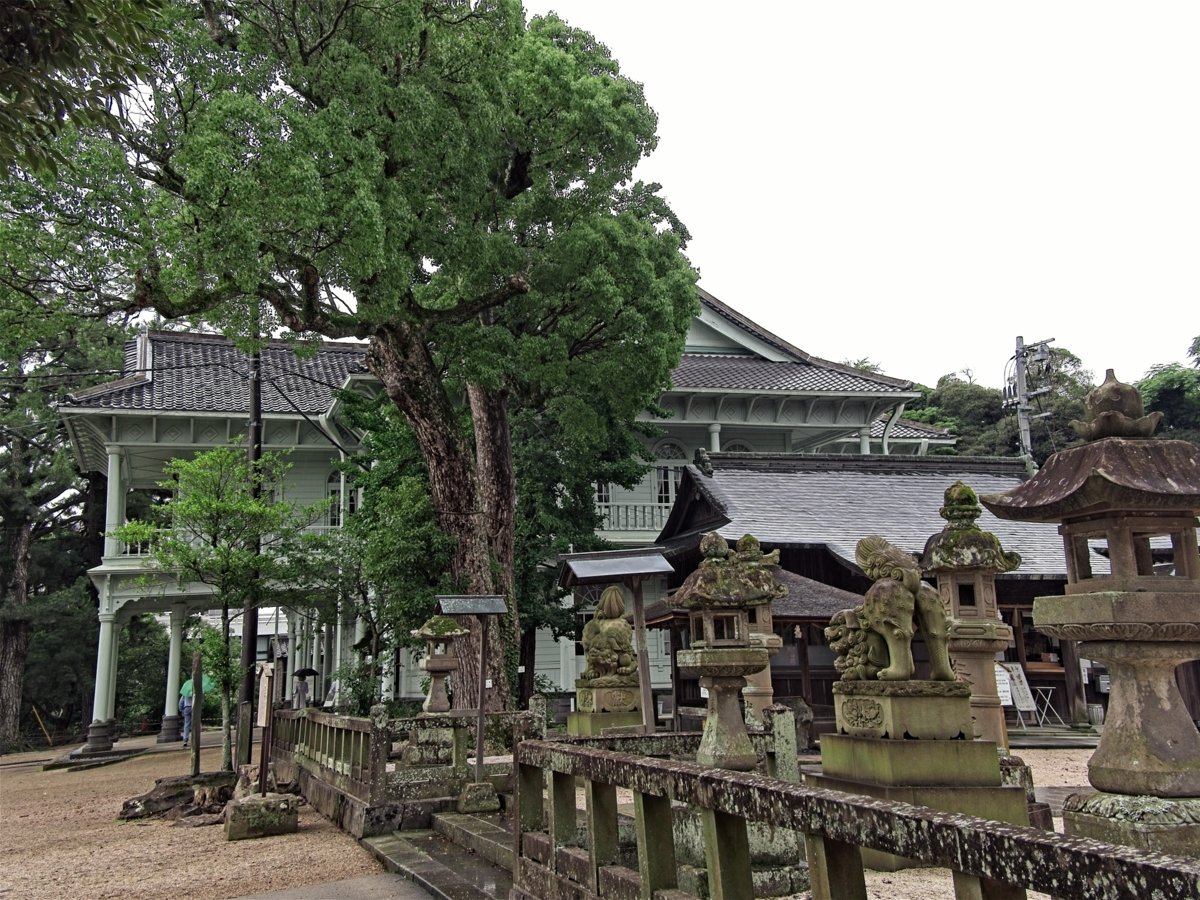
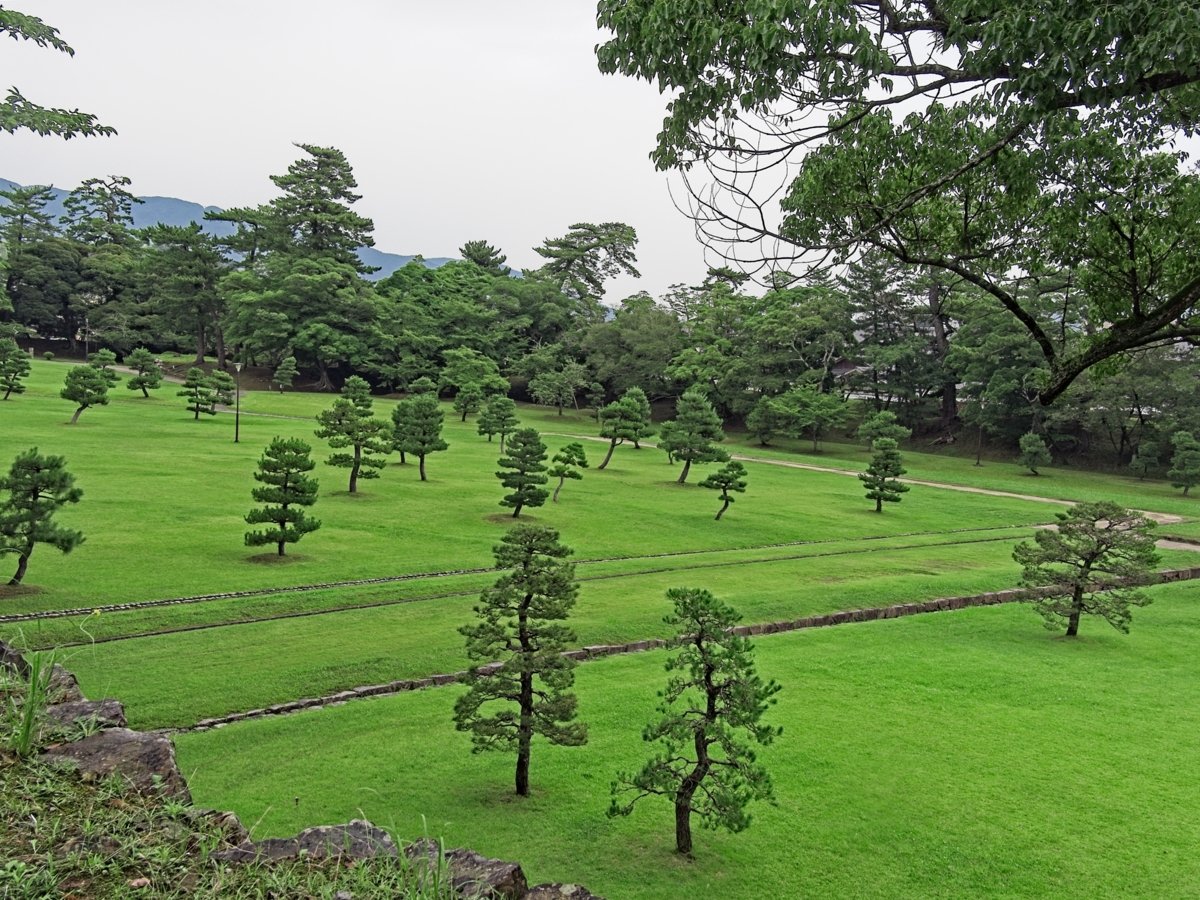
Part of the grounds.
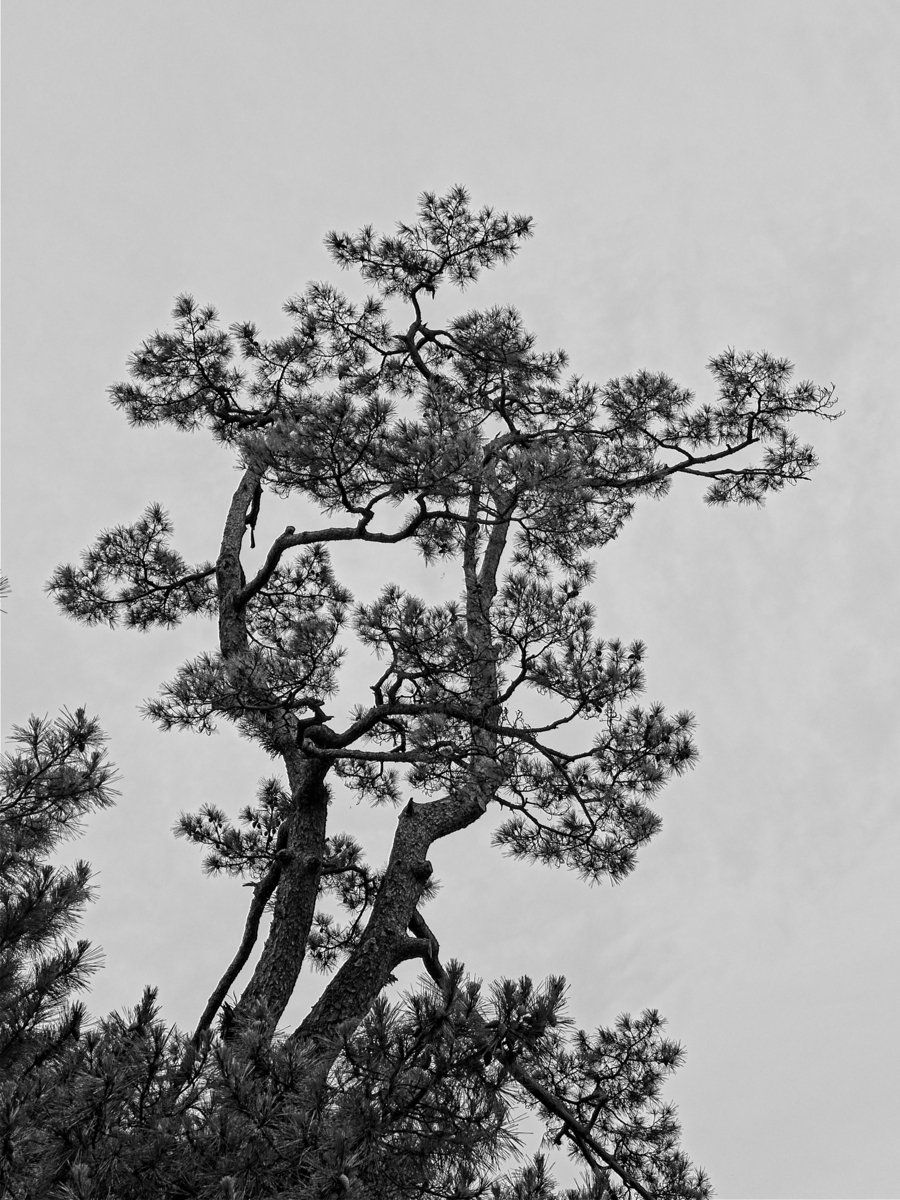
MATSUE CASTLE MOAT TRIP
In addition to touring the castle's main keep and grounds, we took a boat cruise around the castle moat. The boats, which depart every 20-30 minutes from a handful of departure points around the castle, are driven around the moat and narrow canals that form the Horikawa River by boatmen and boatwomen who share about the history of the area (in Japanese only, although audio recordings in other languages are also available). Due to the low bridges, the roof folds down almost to deck level, meaning you have to lie down flat to pass under!
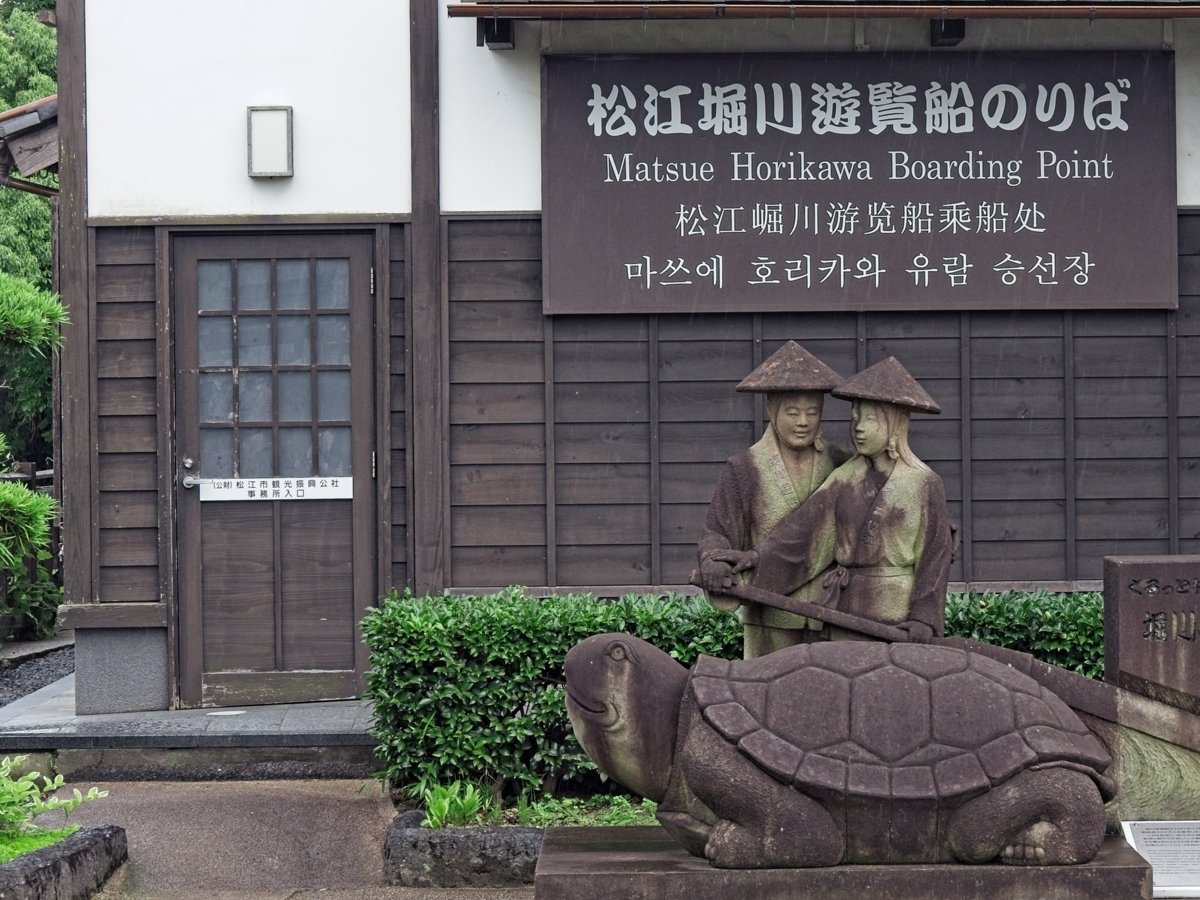
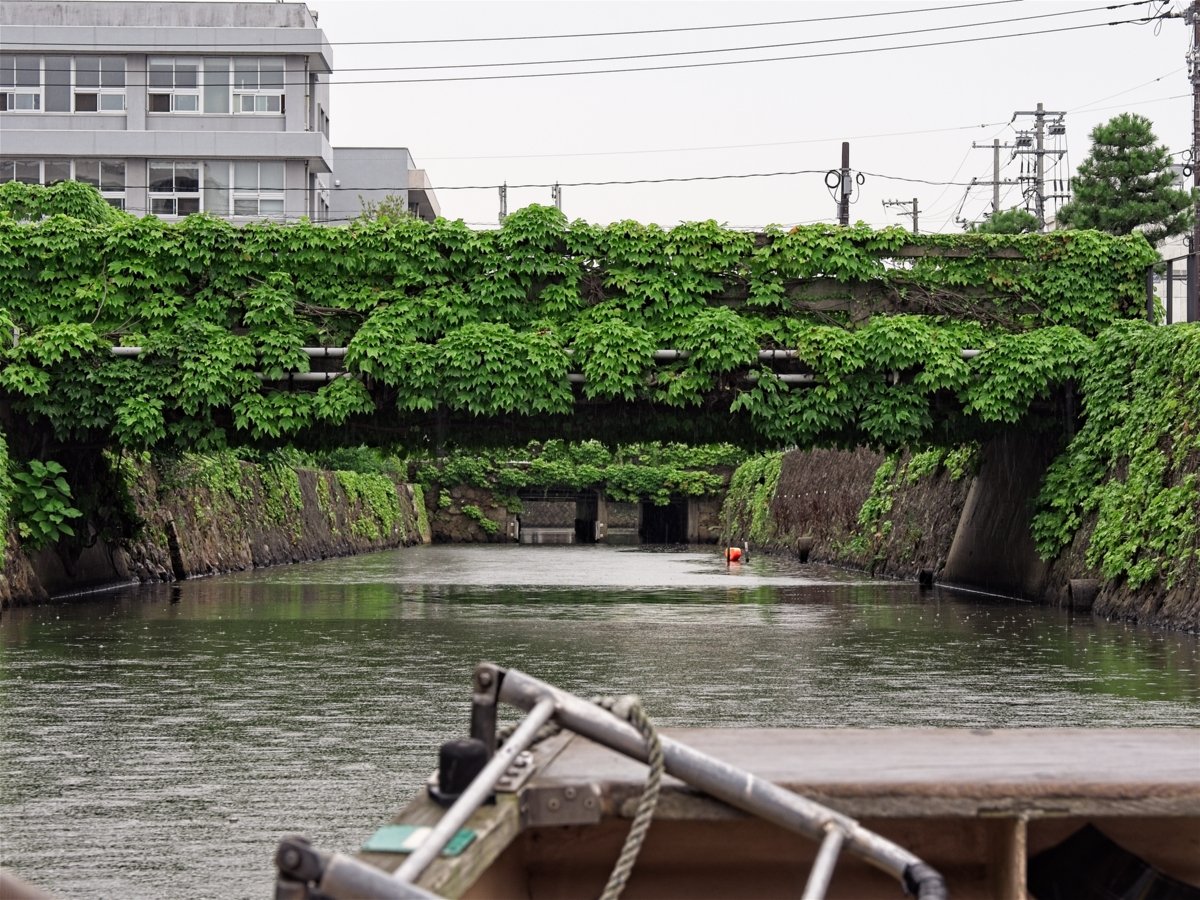



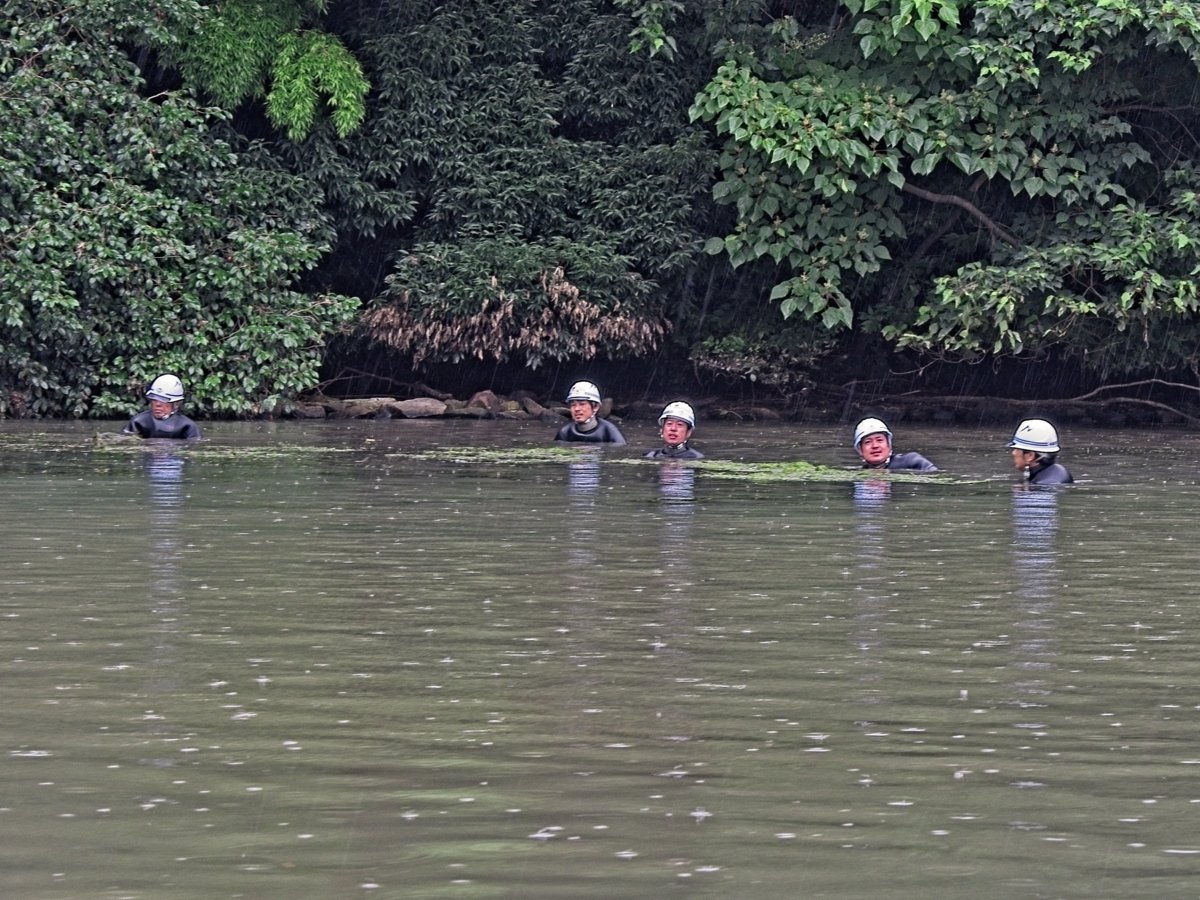
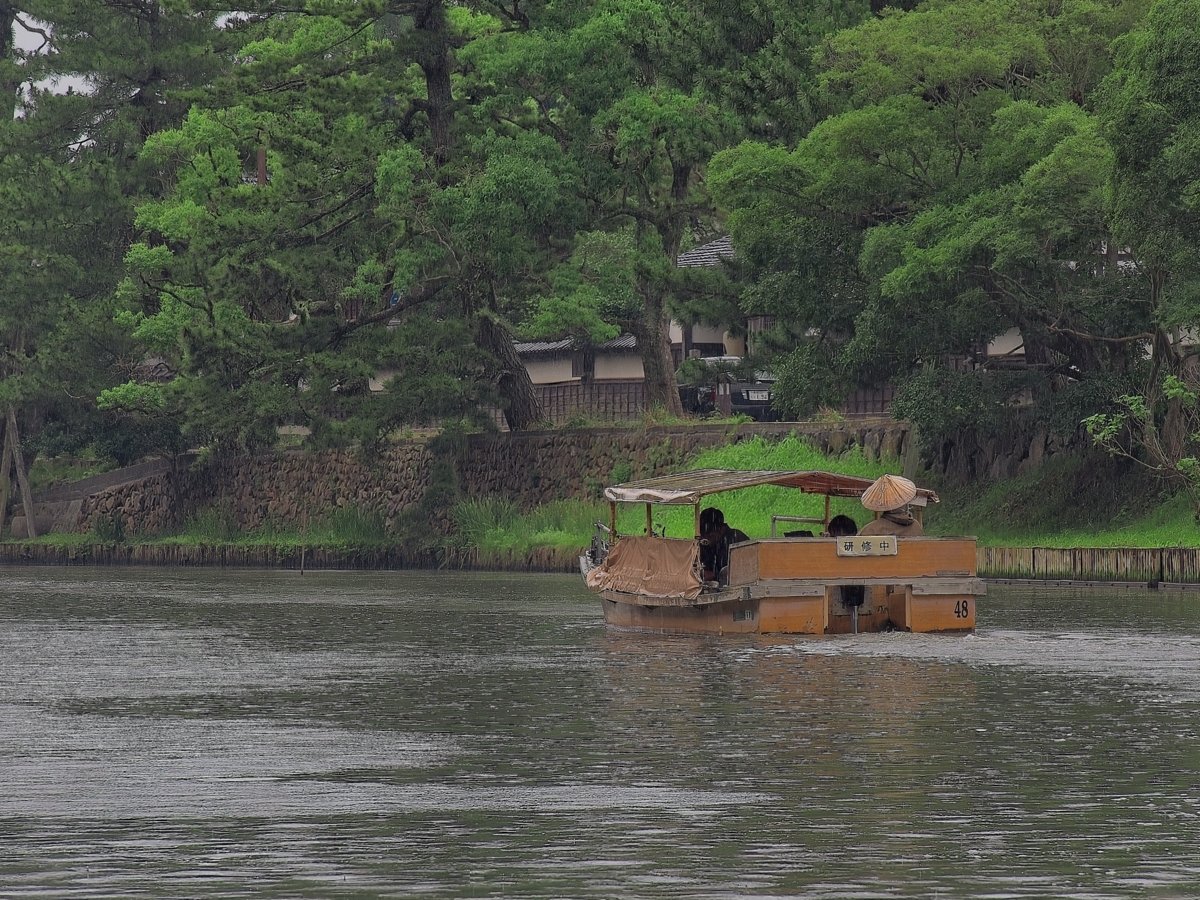

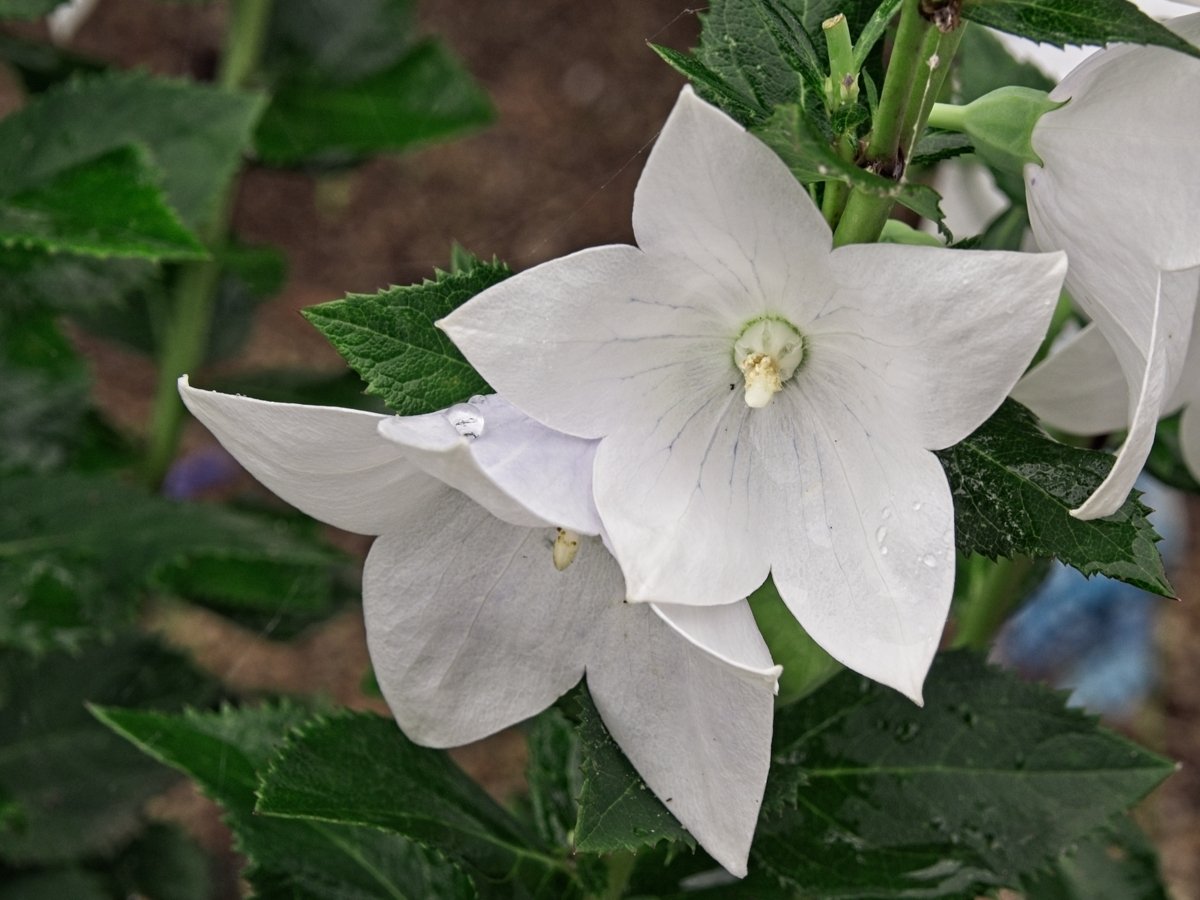
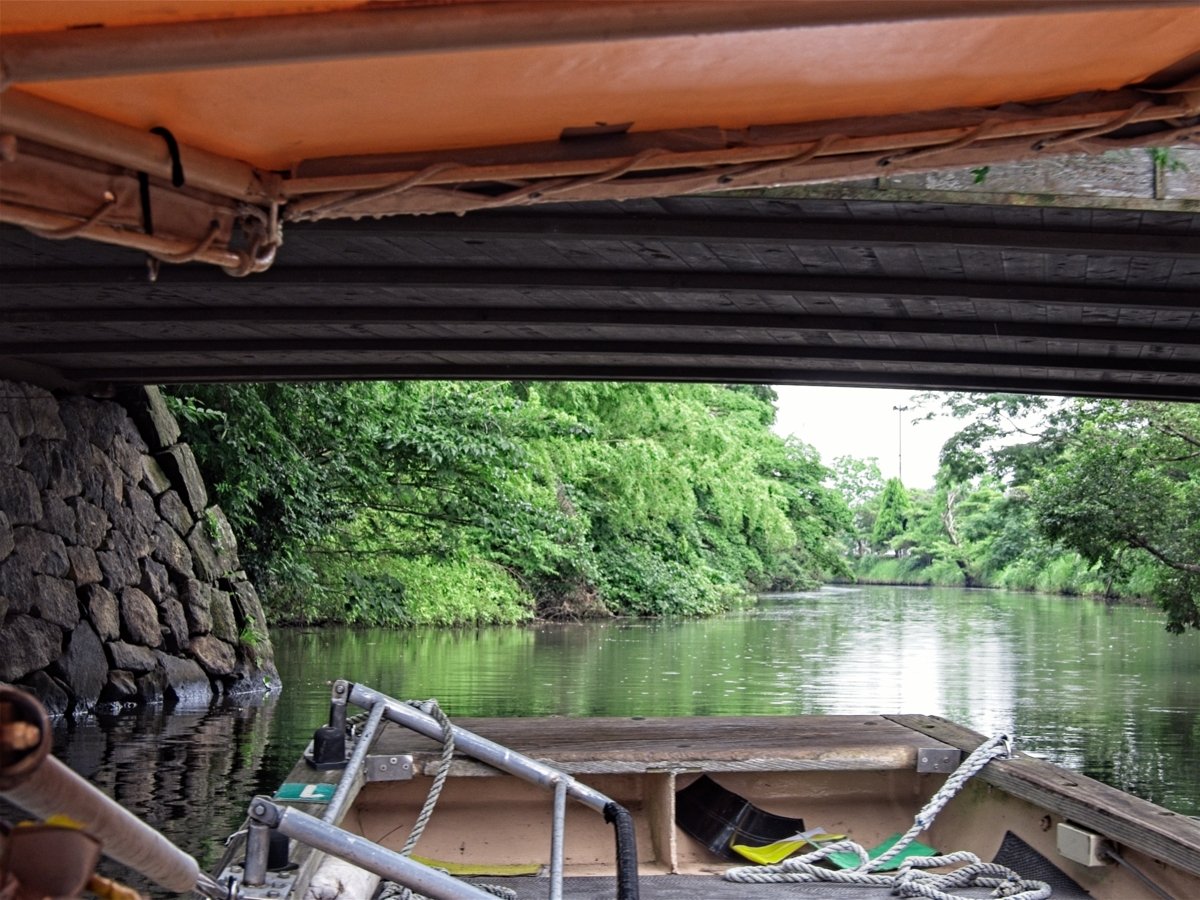
it's a tight squeeze under some of the low bridges!
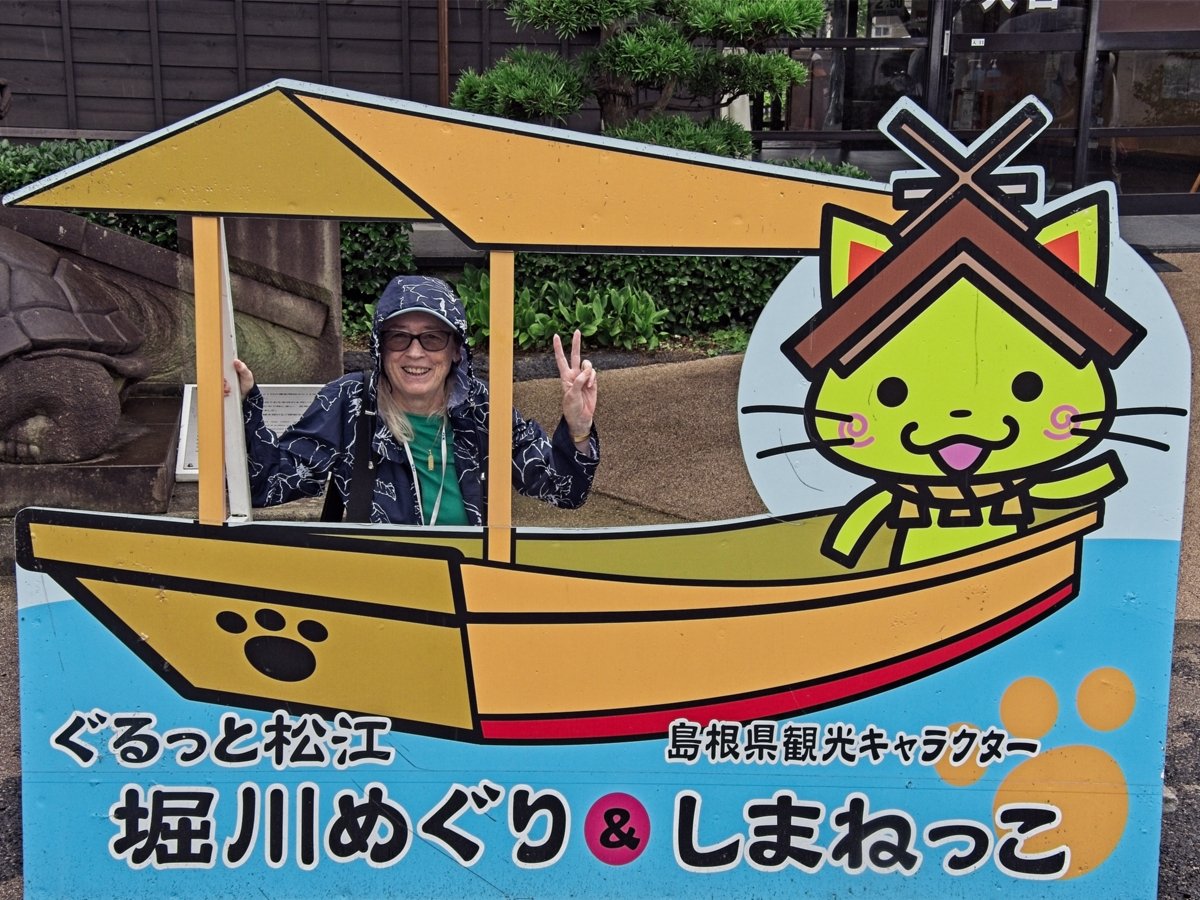
Photo opportunity!
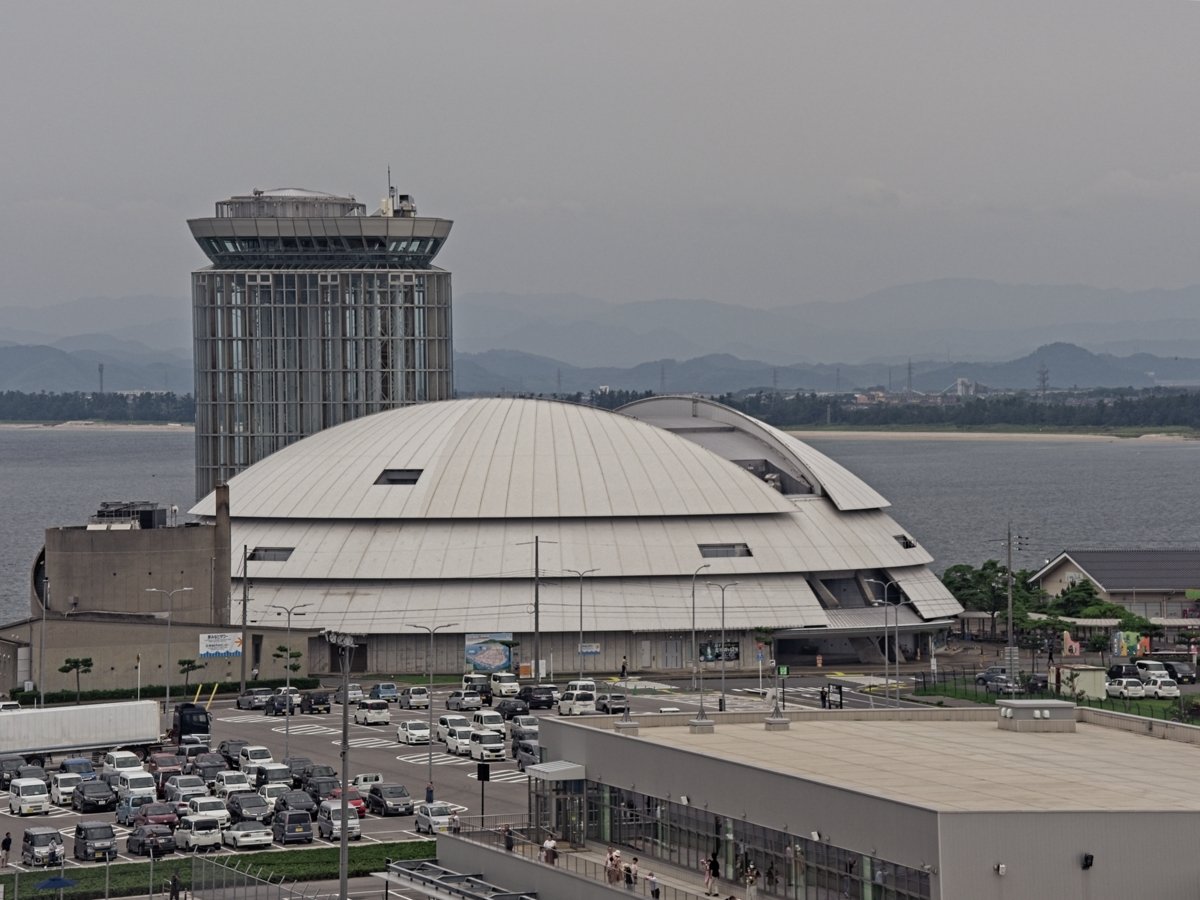
The R2D2 building at the port is the Yumeminato Tower, a glass building with an observation deck offering sweeping vistas, plus a cafe, shops & a hot spring
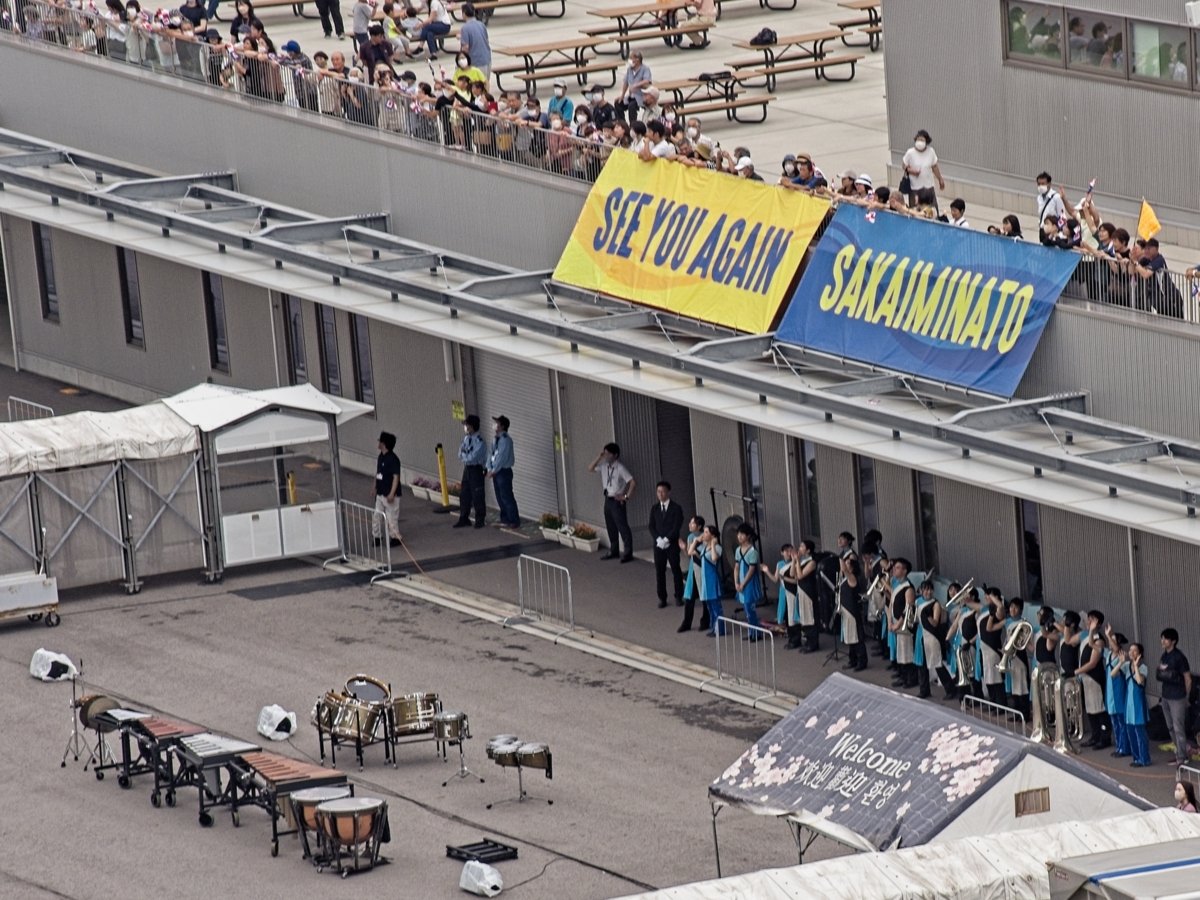
Youth orchestra to play us off.

